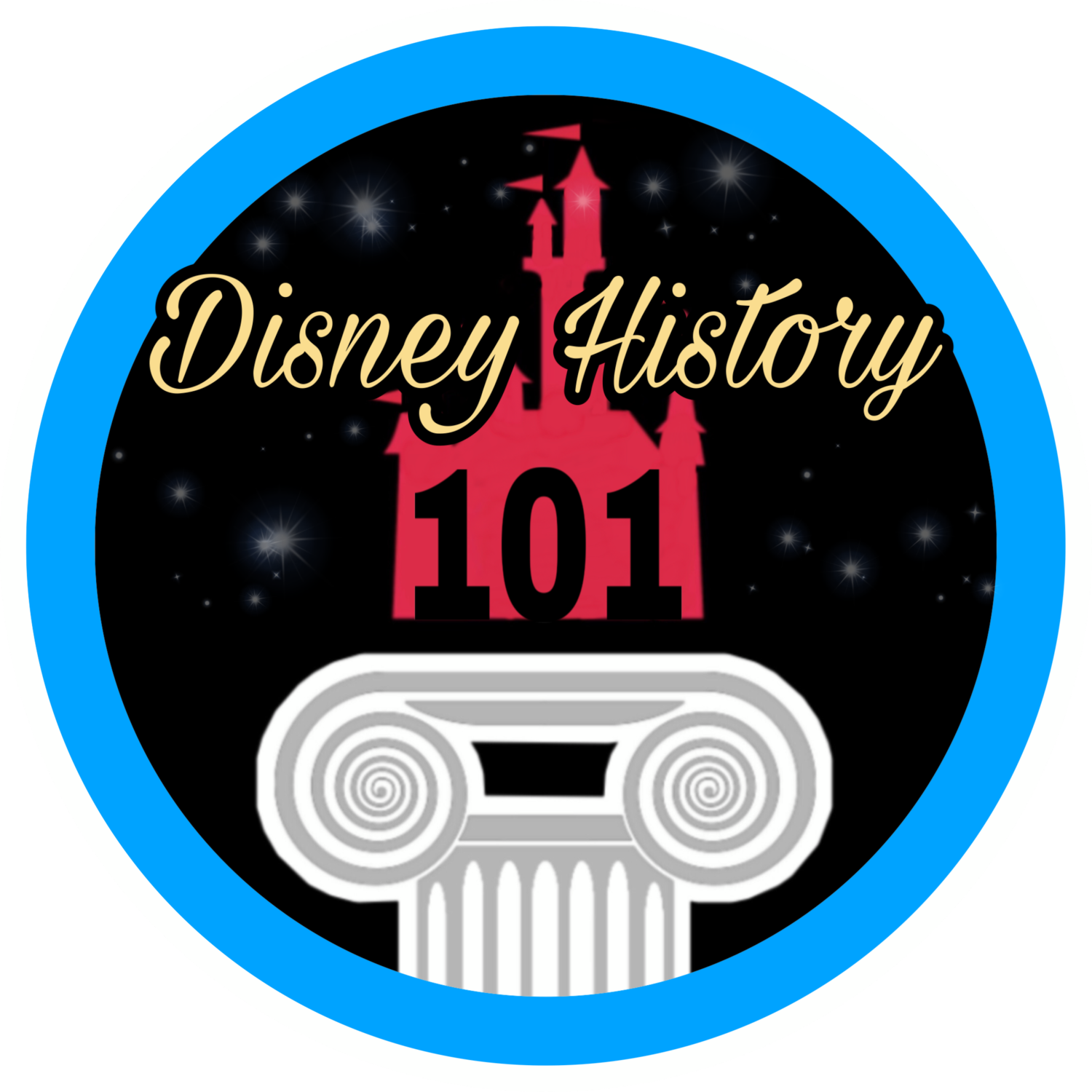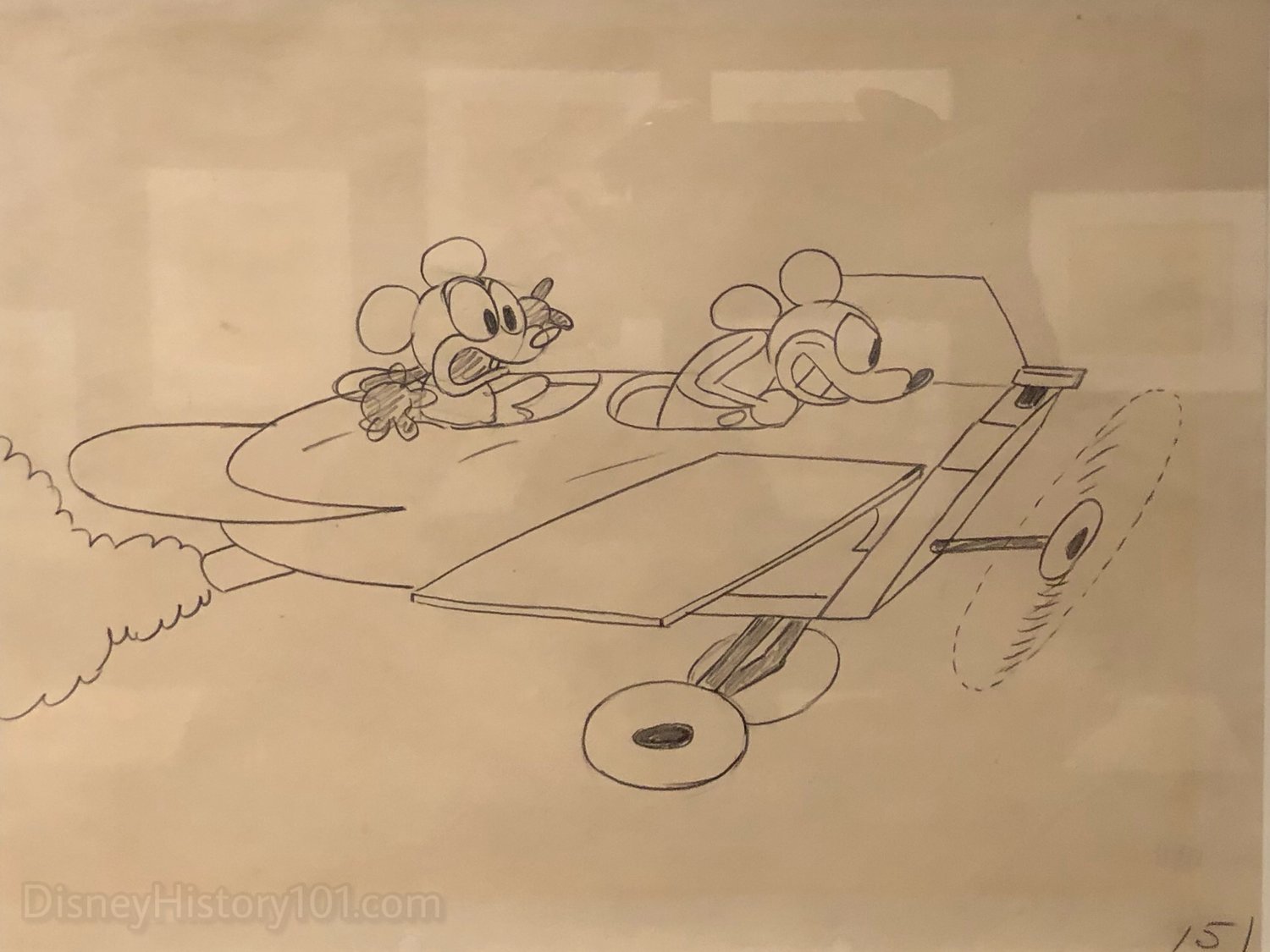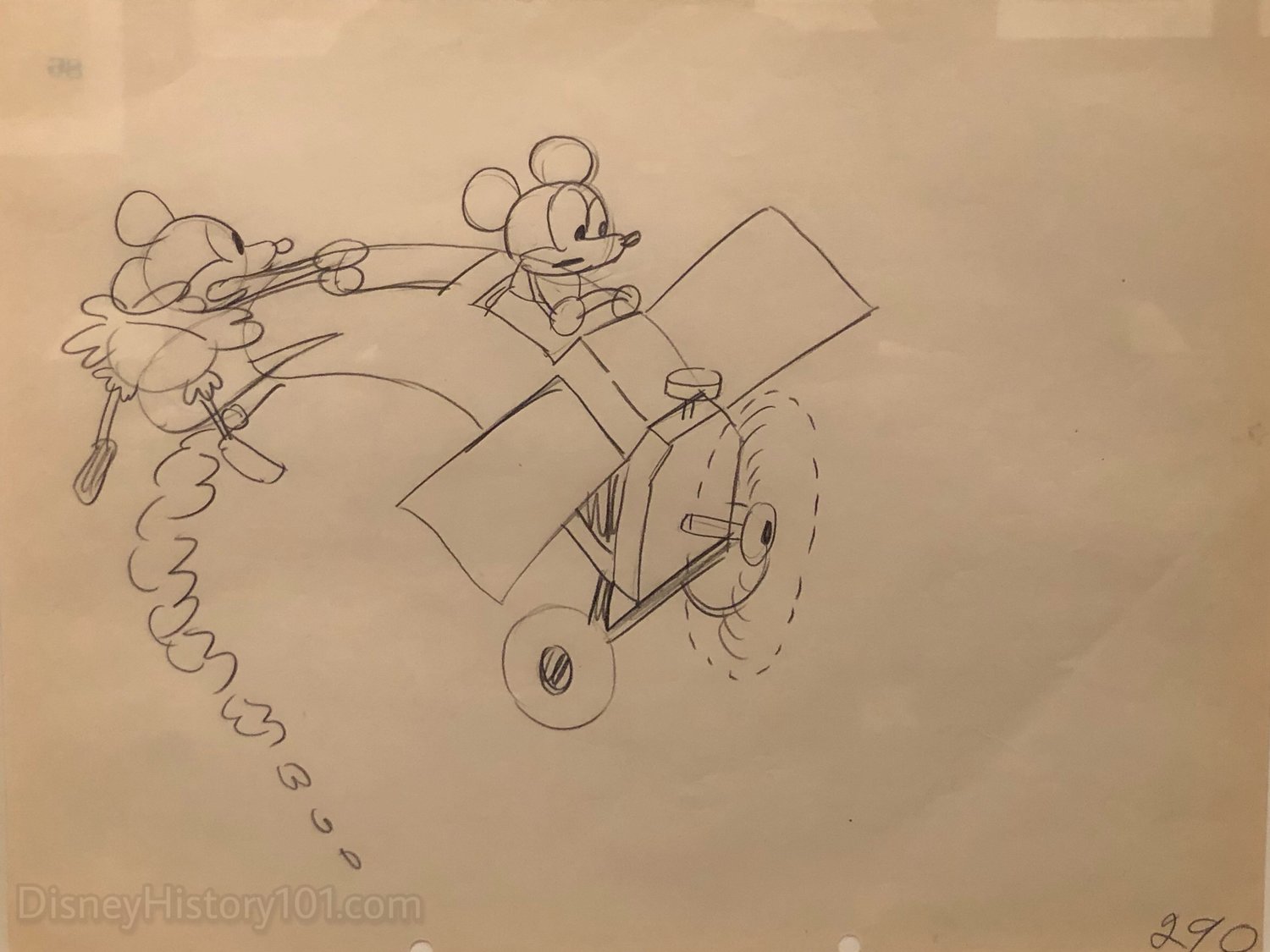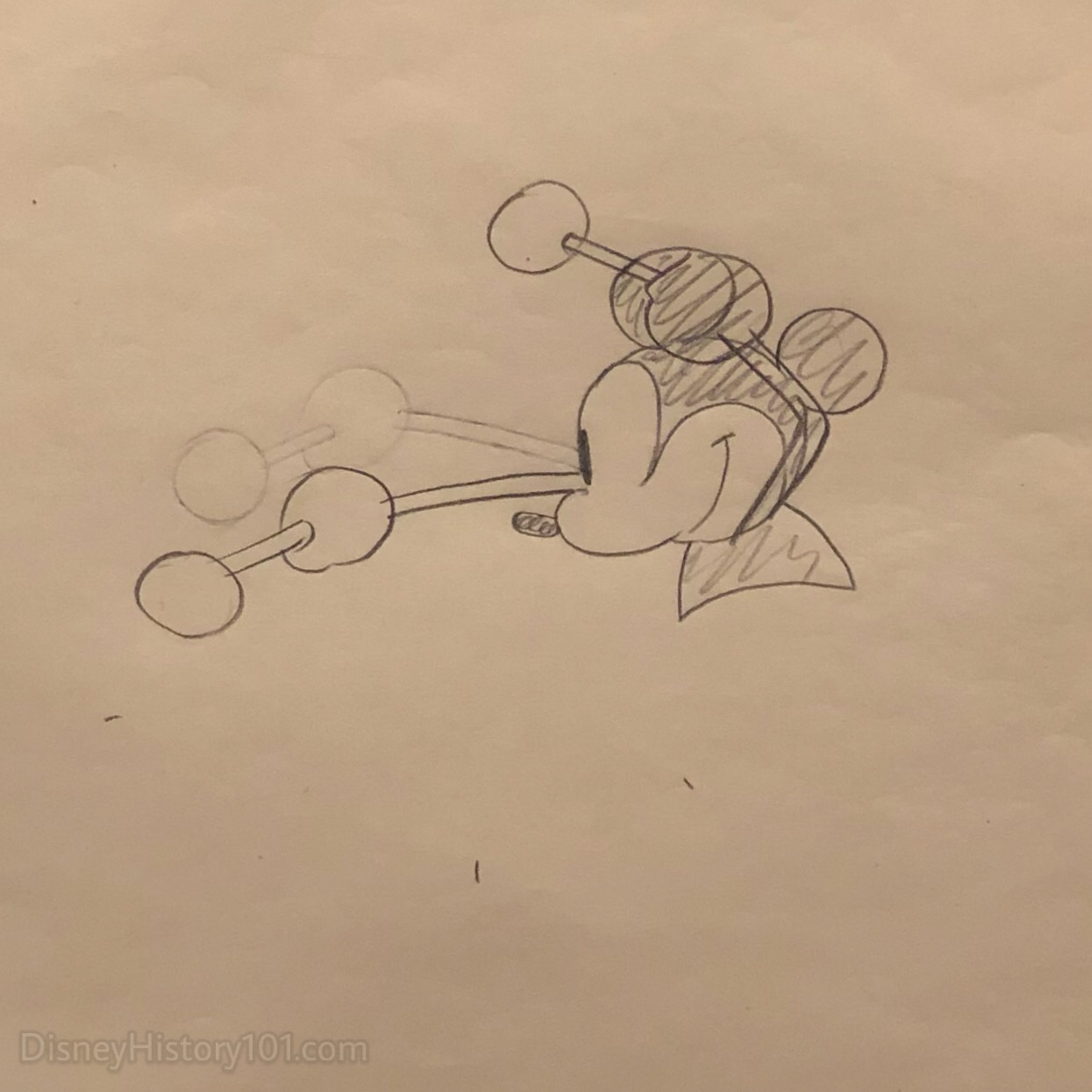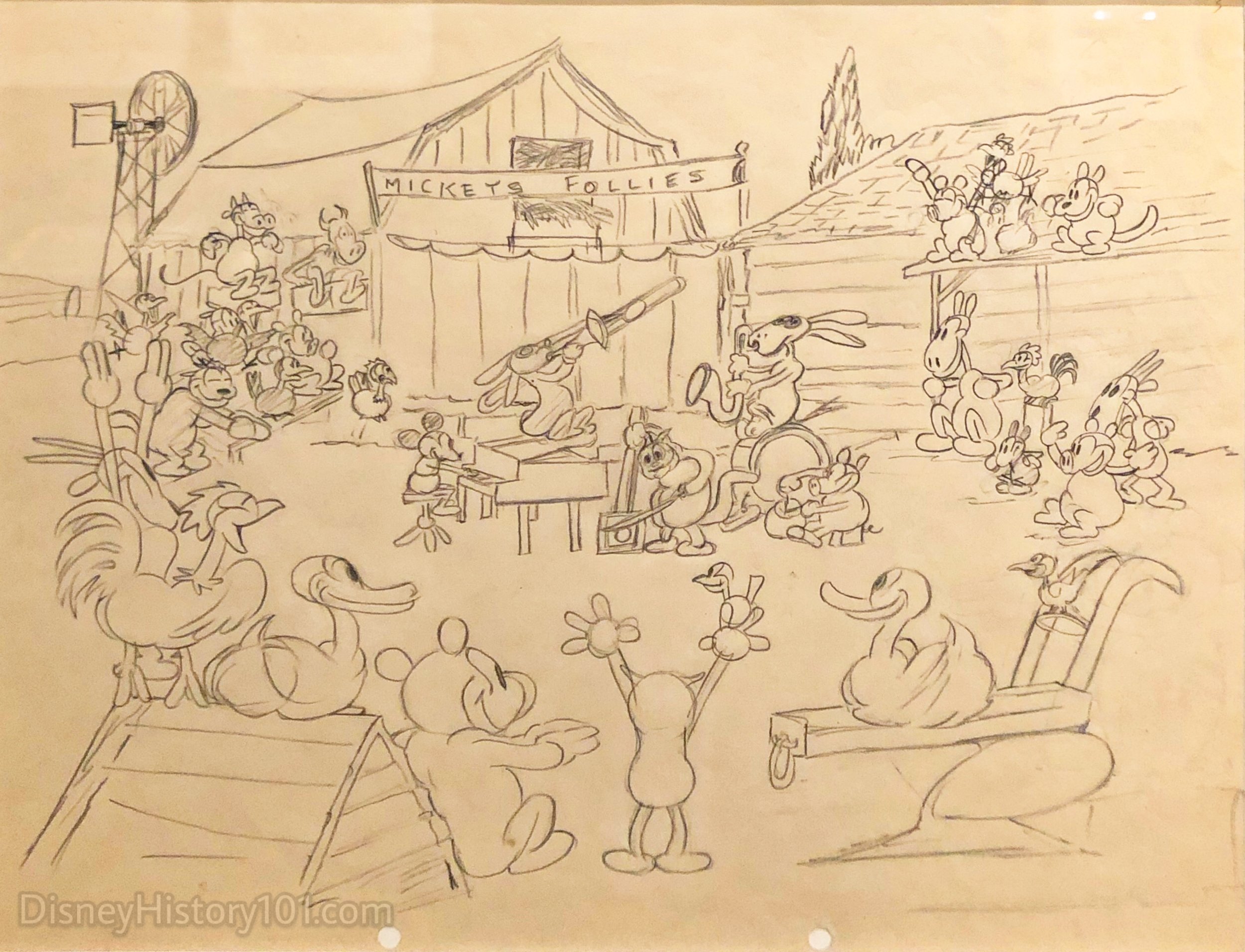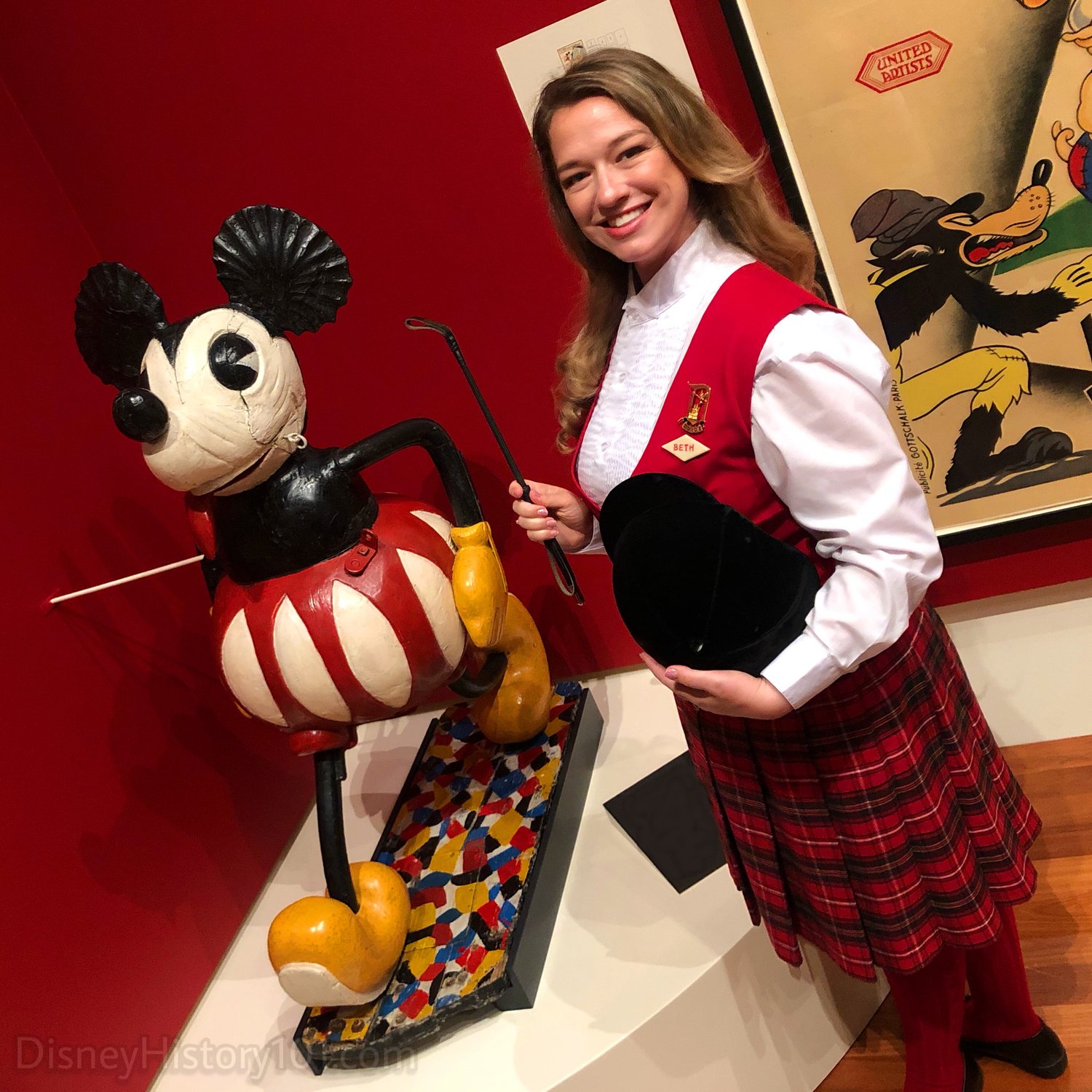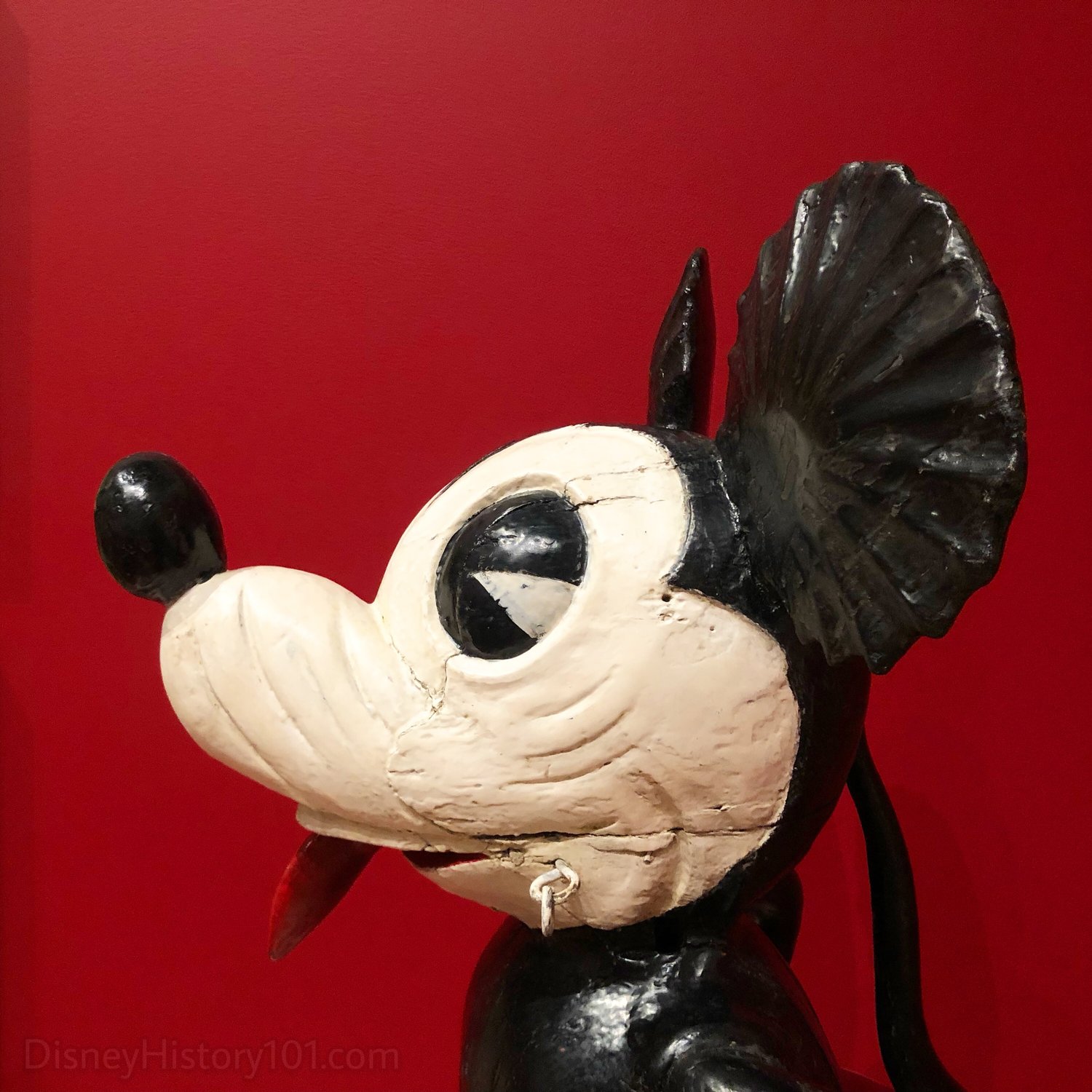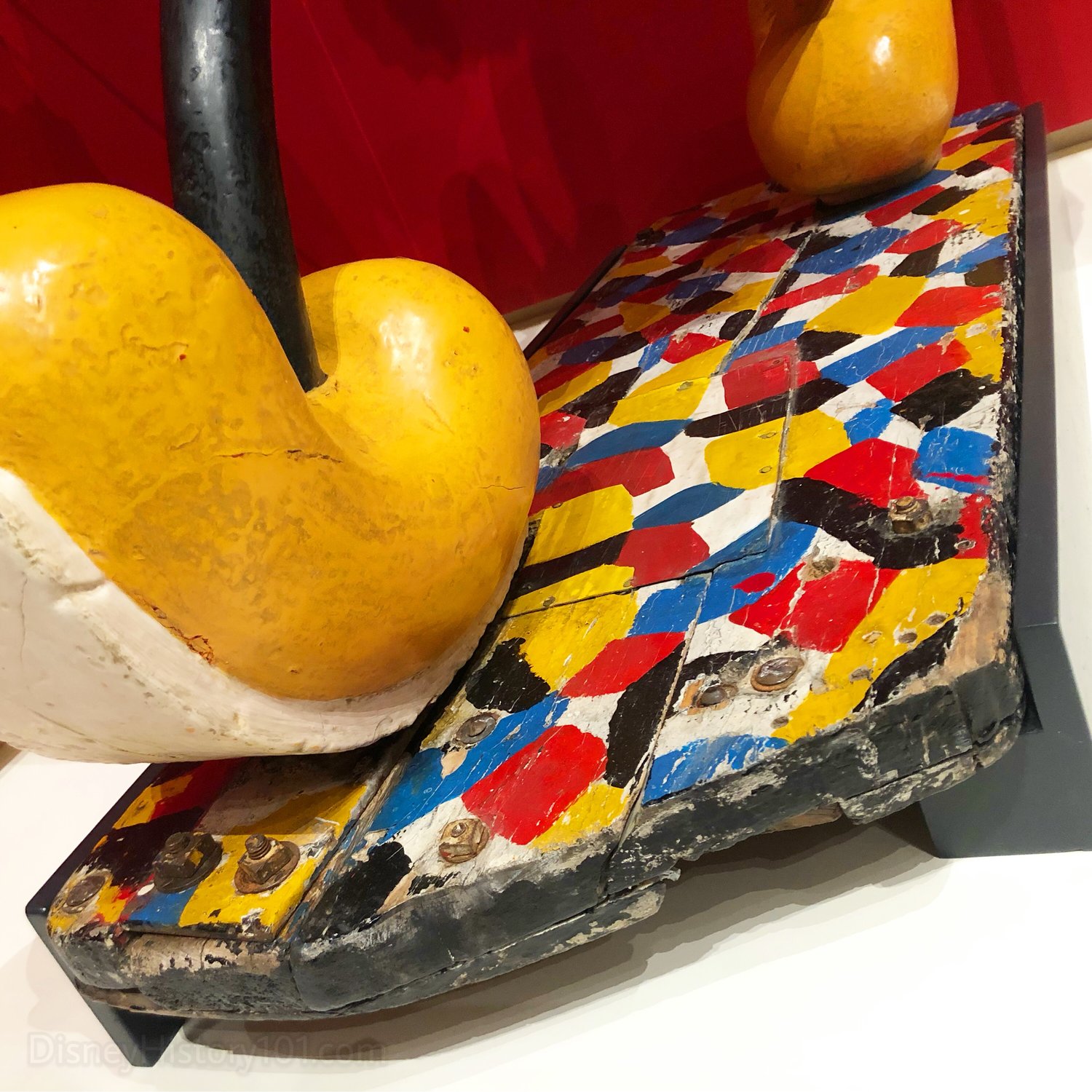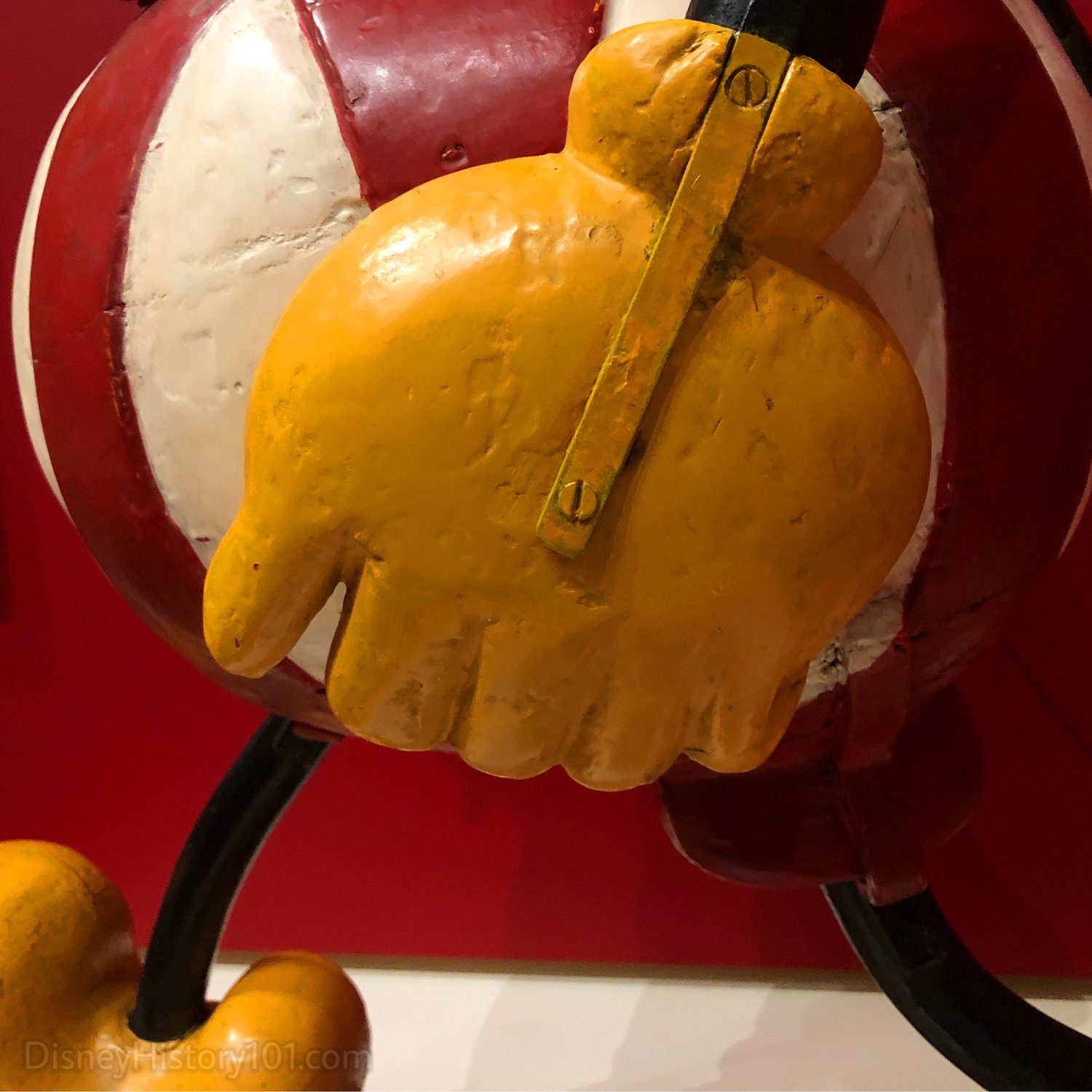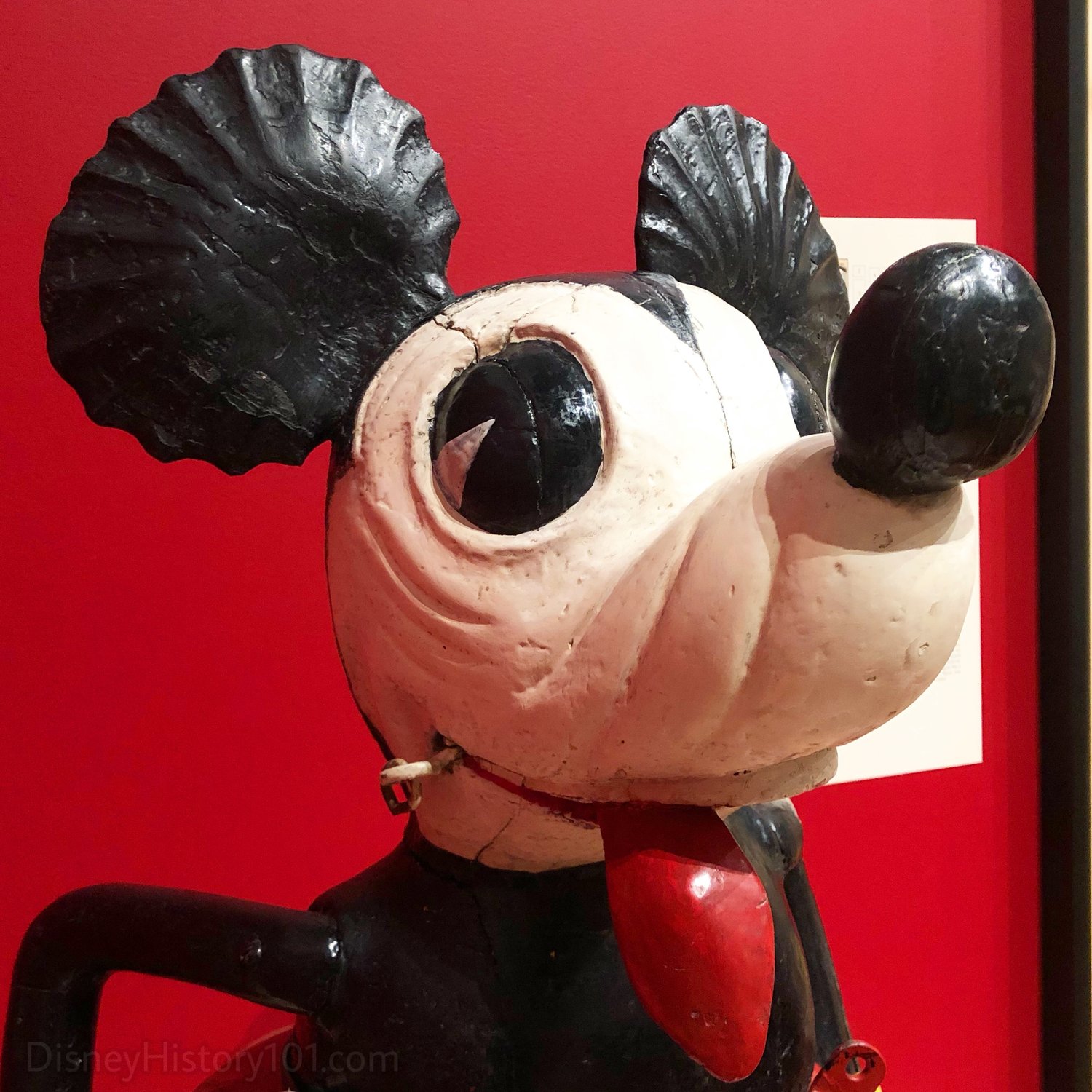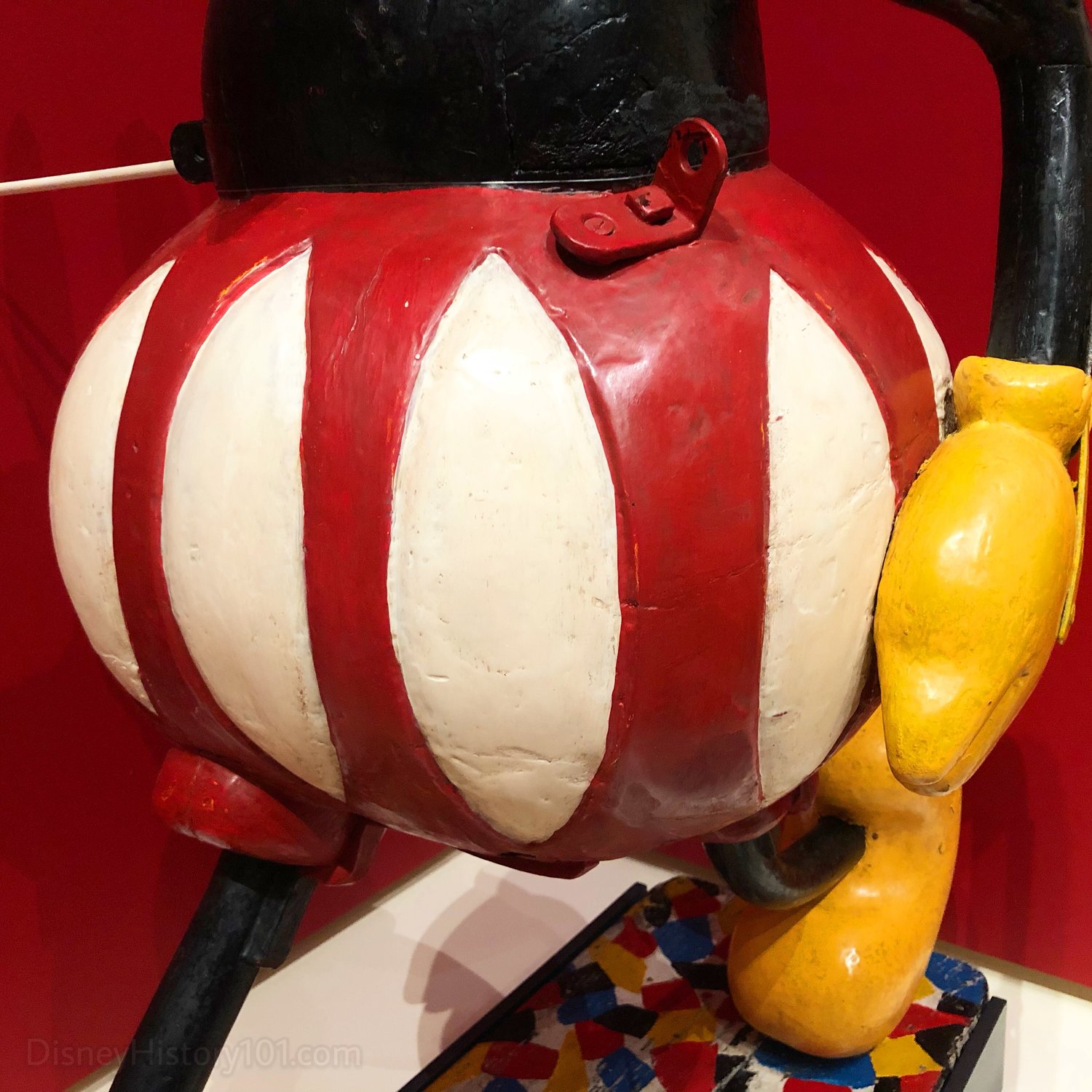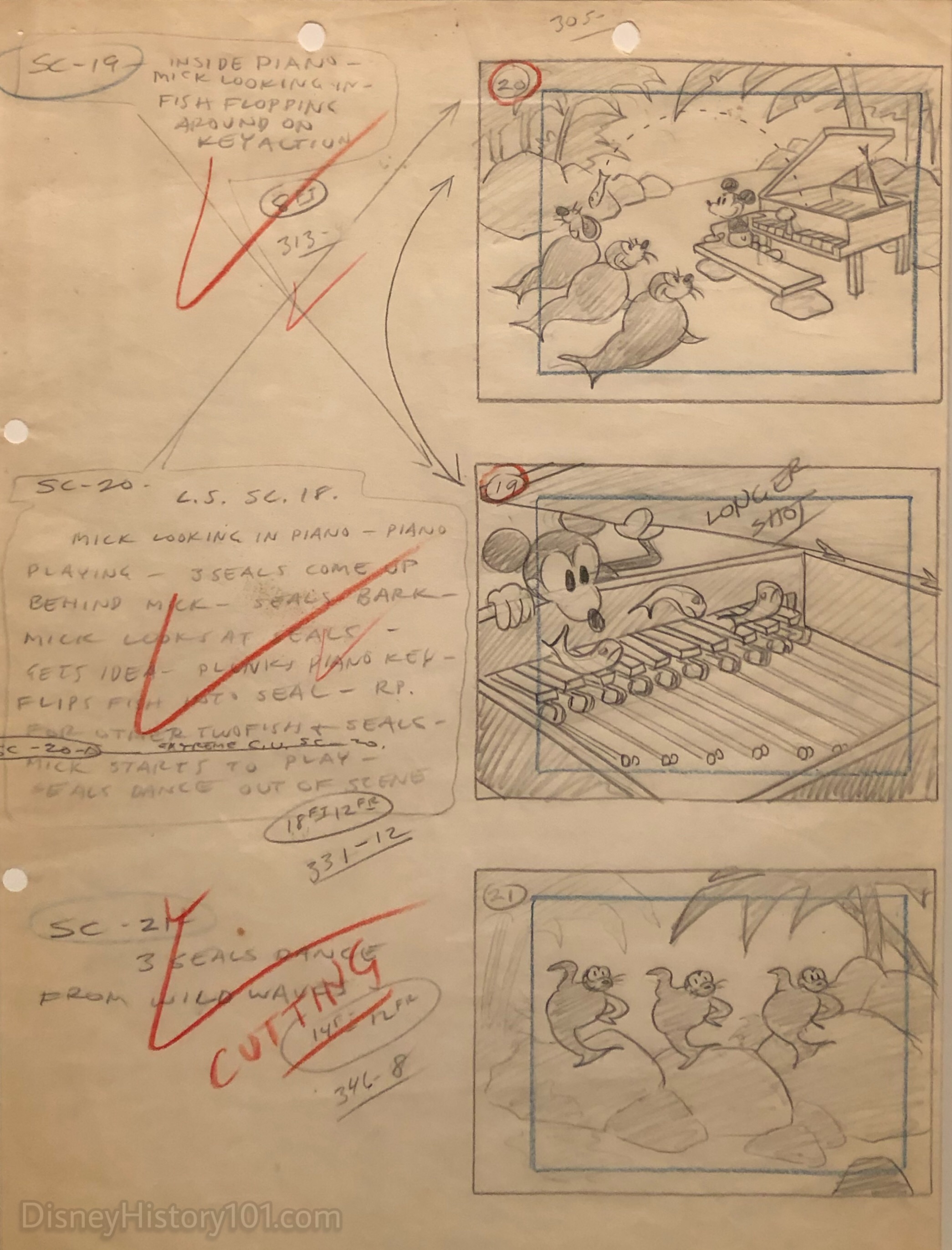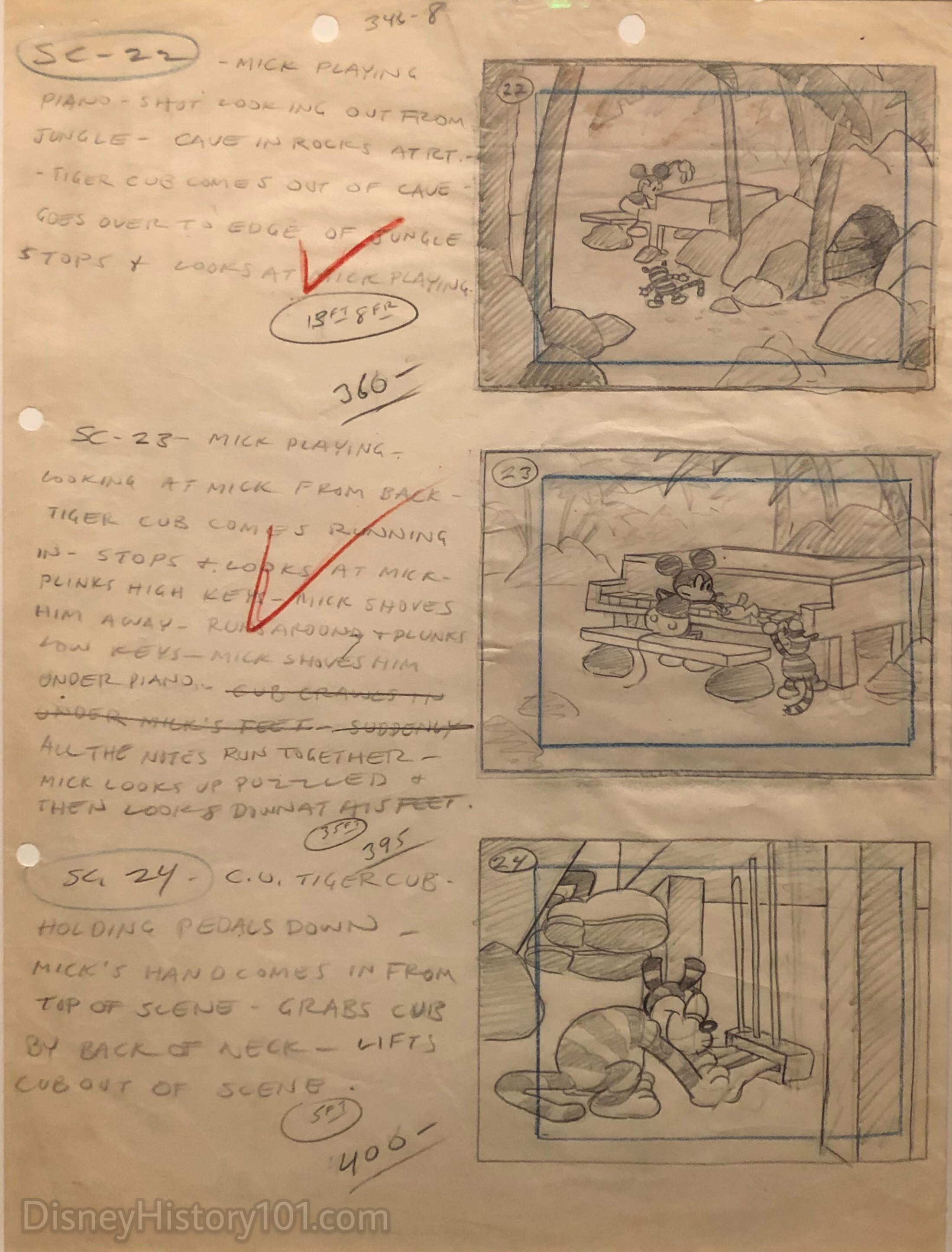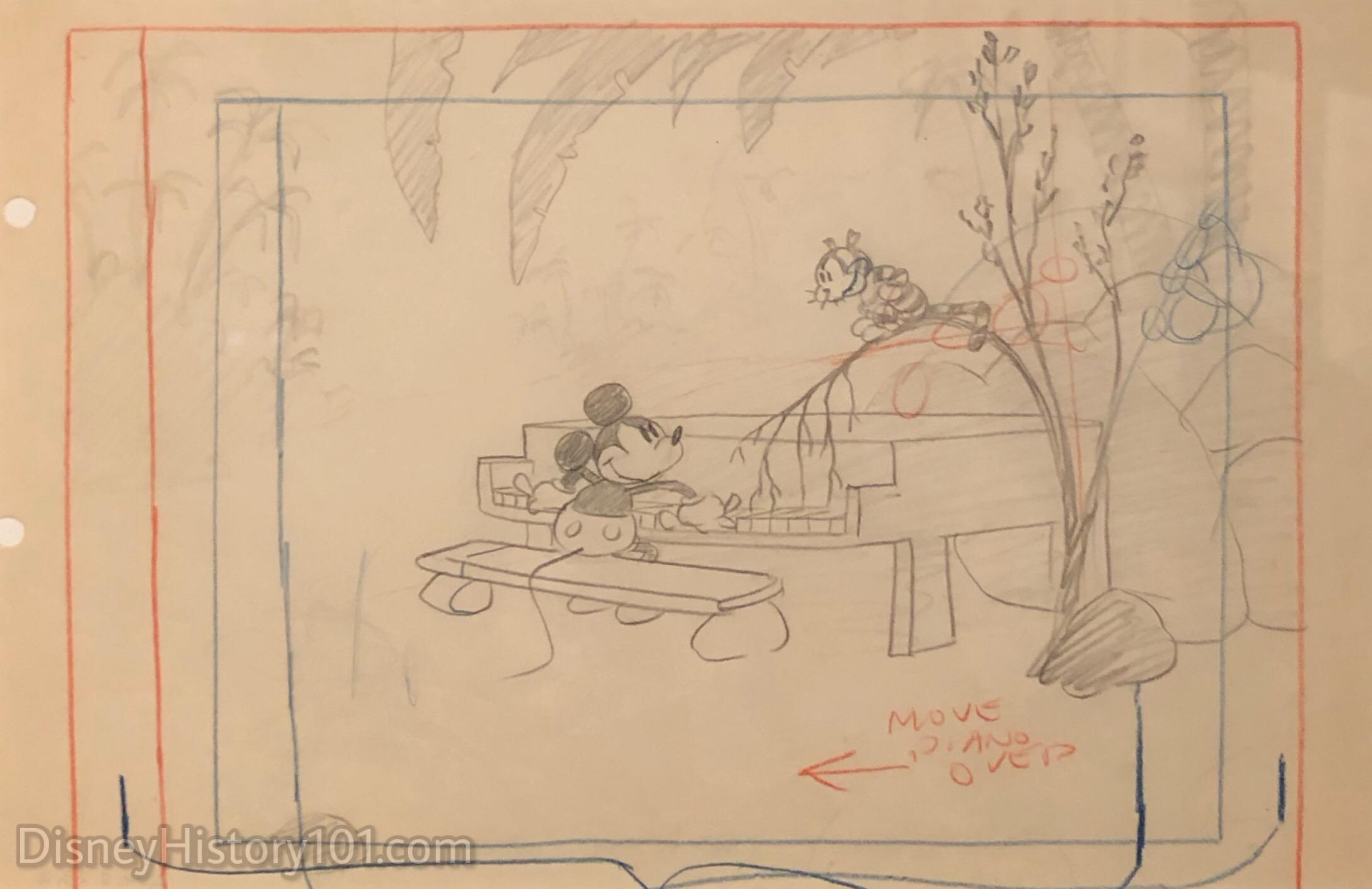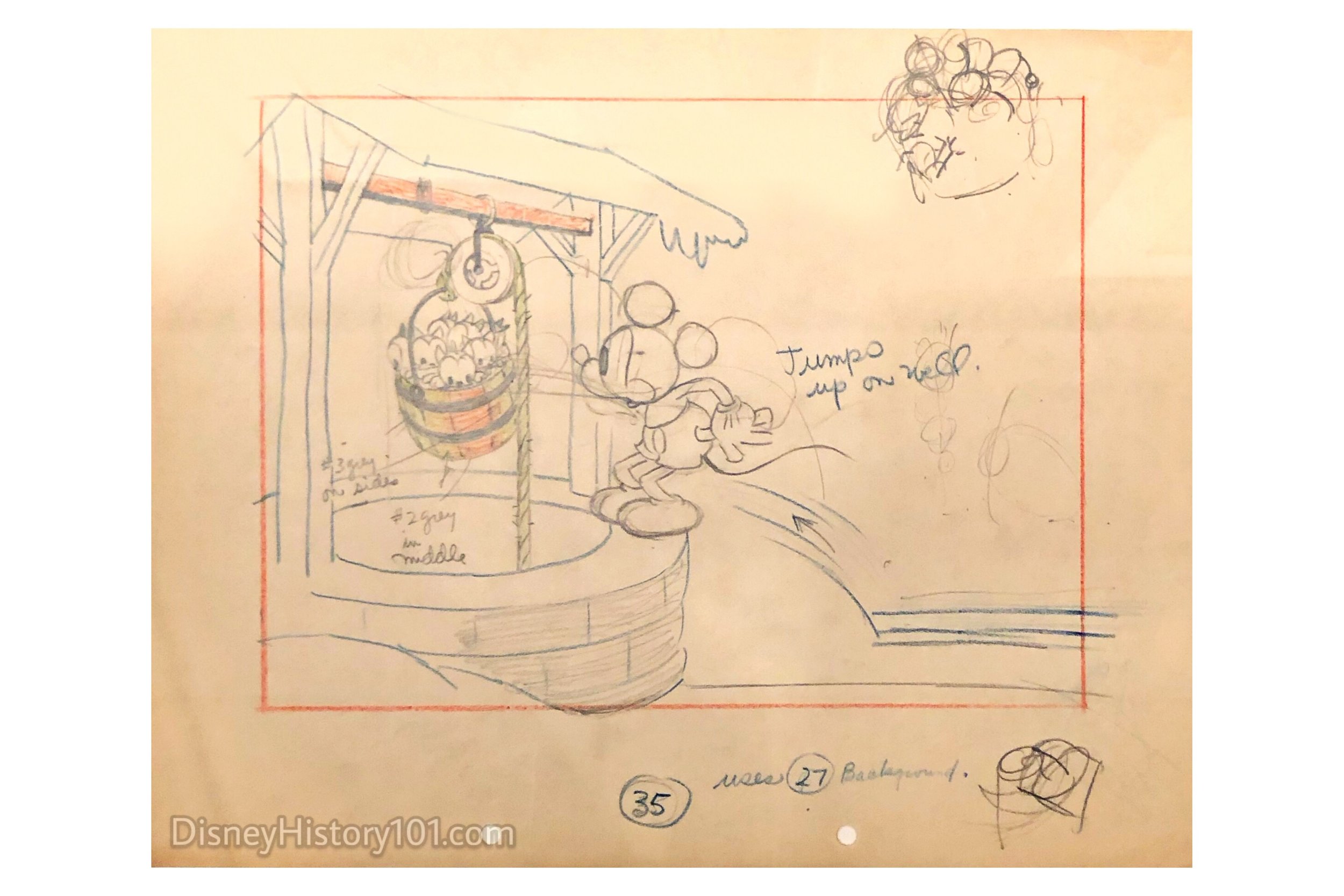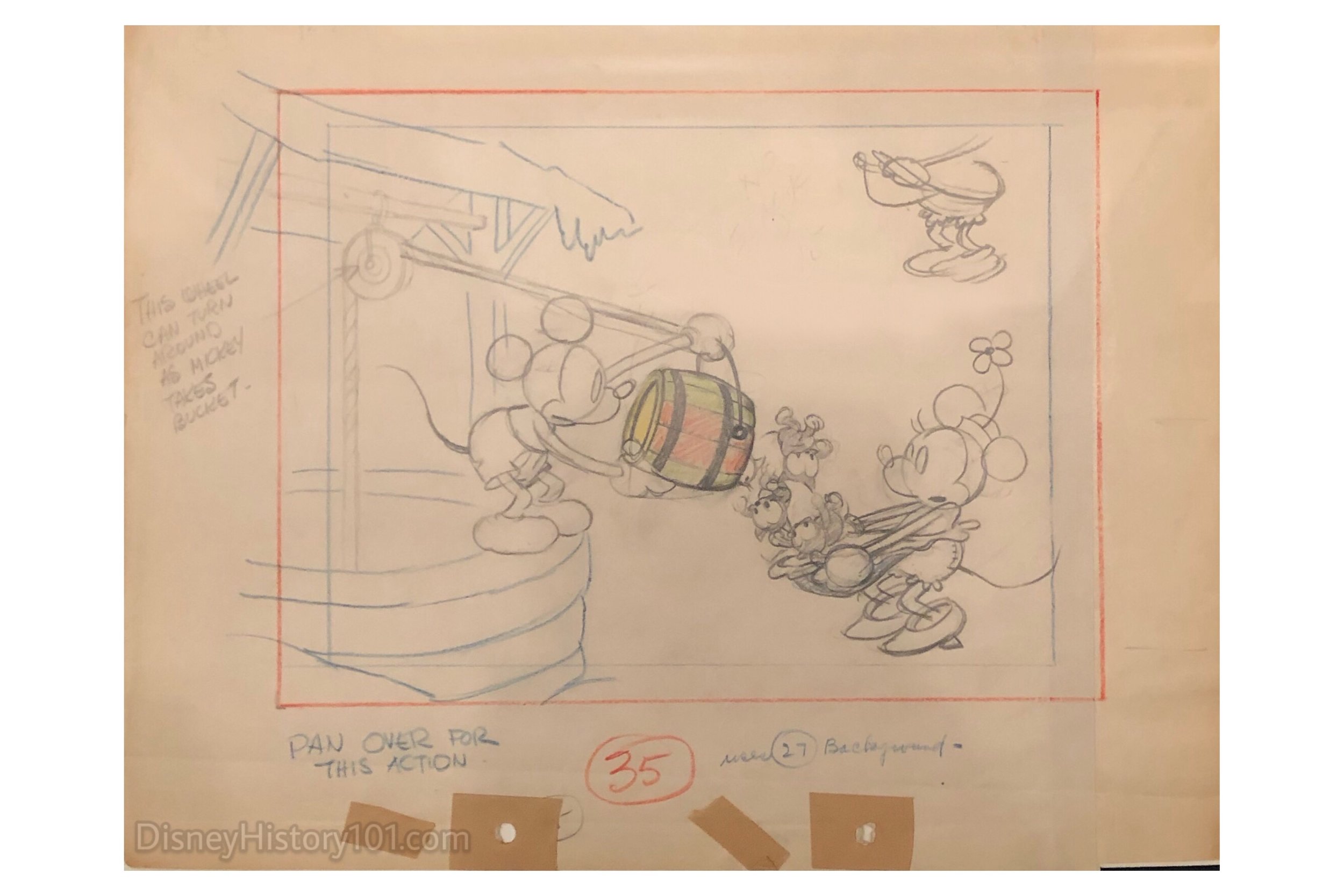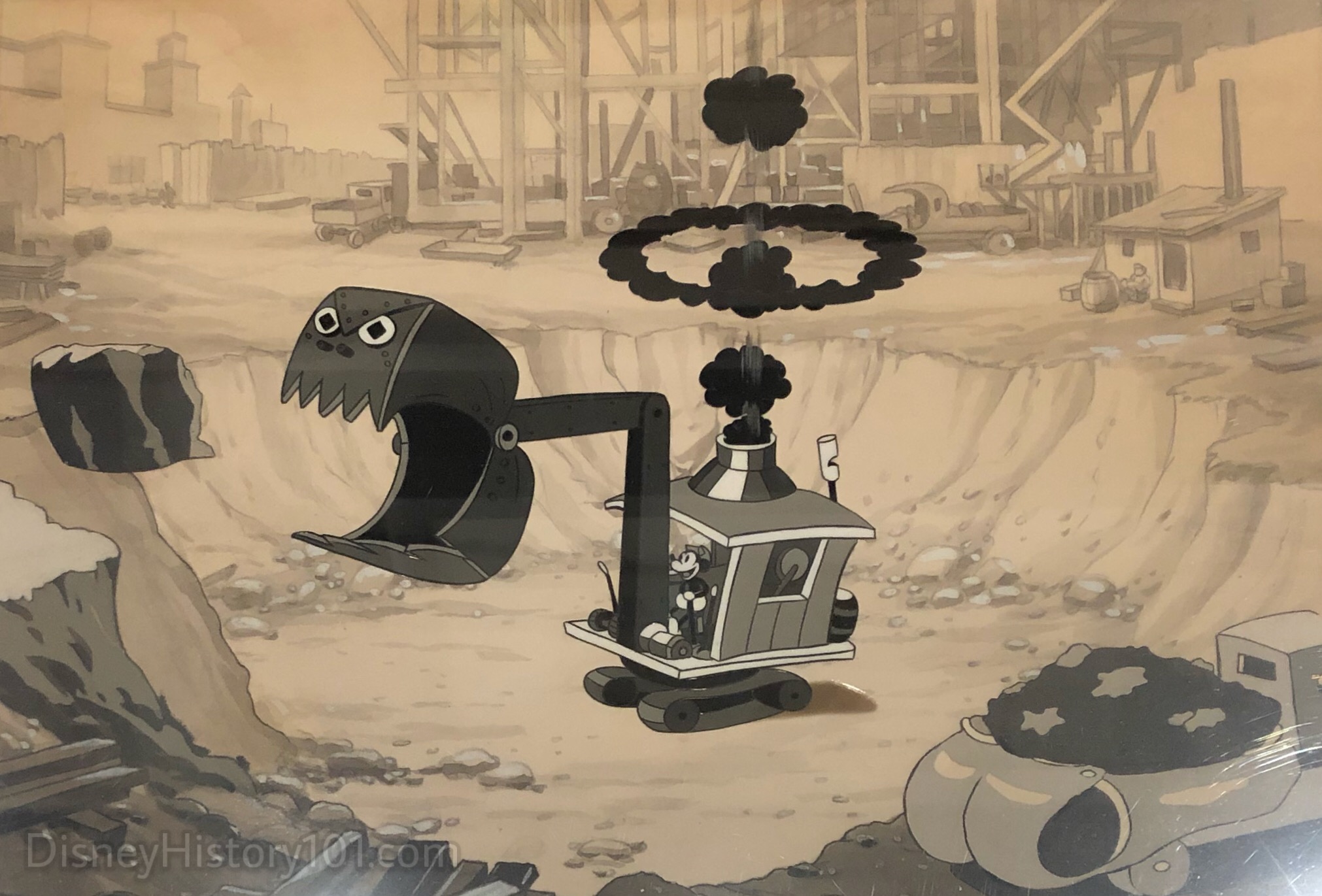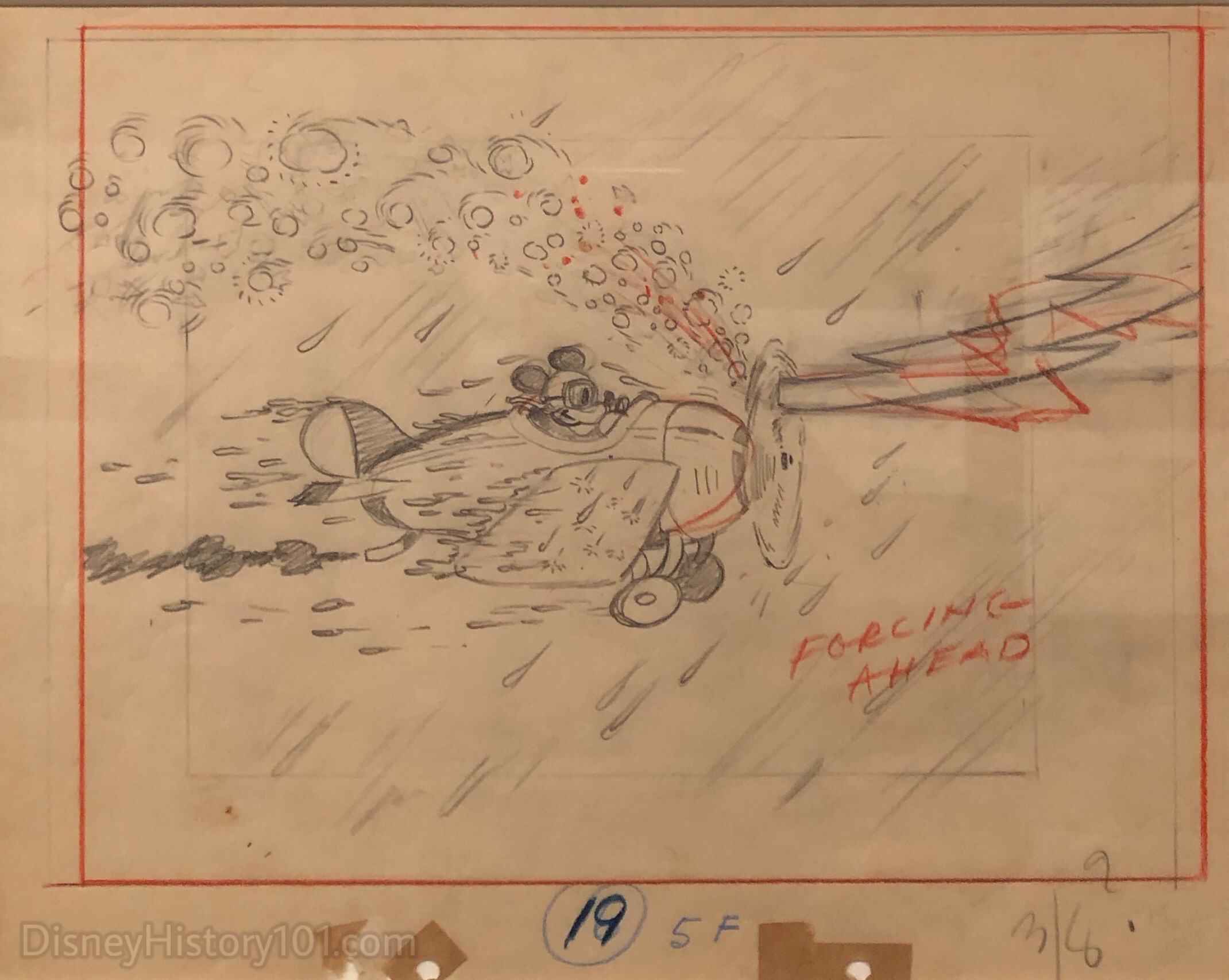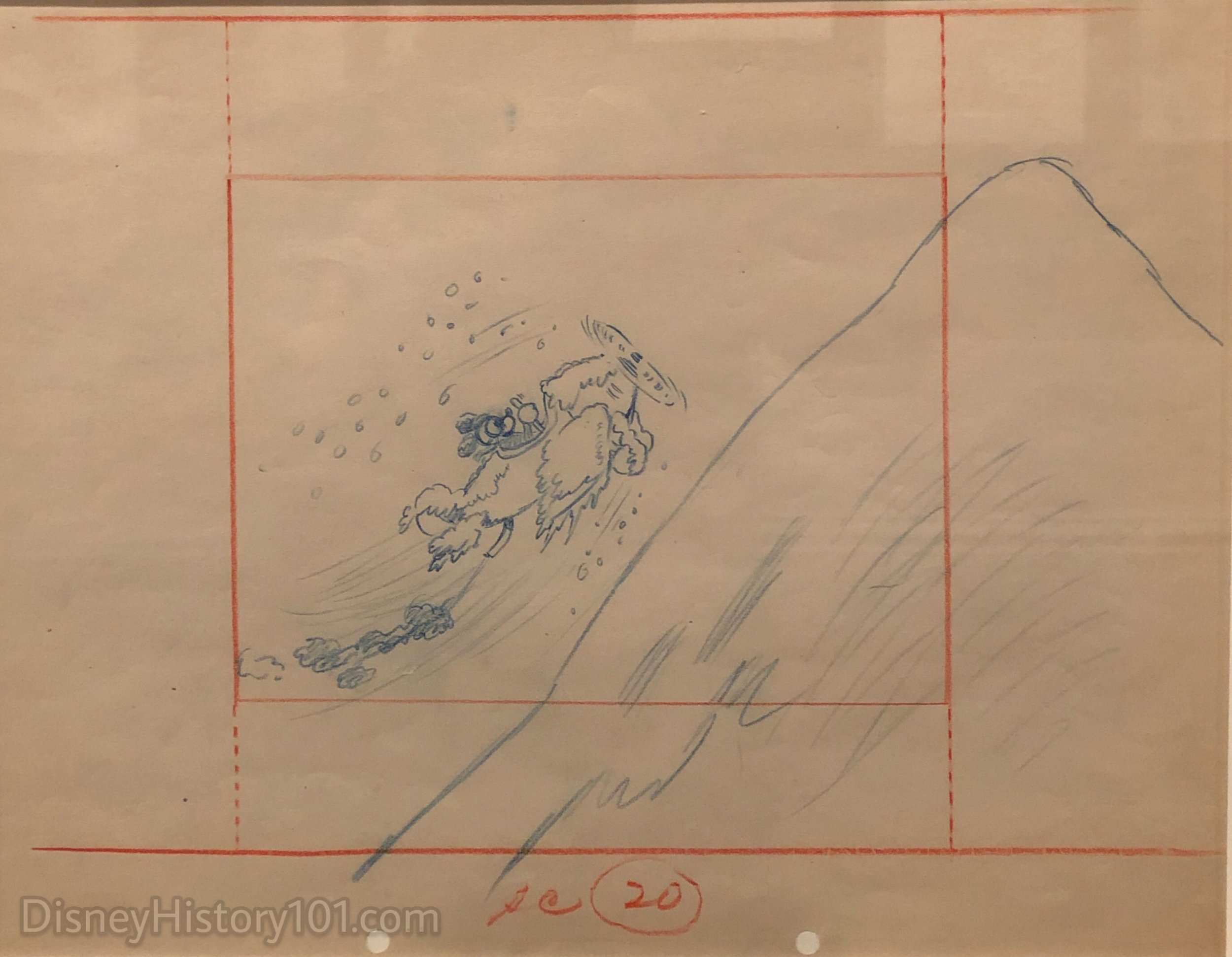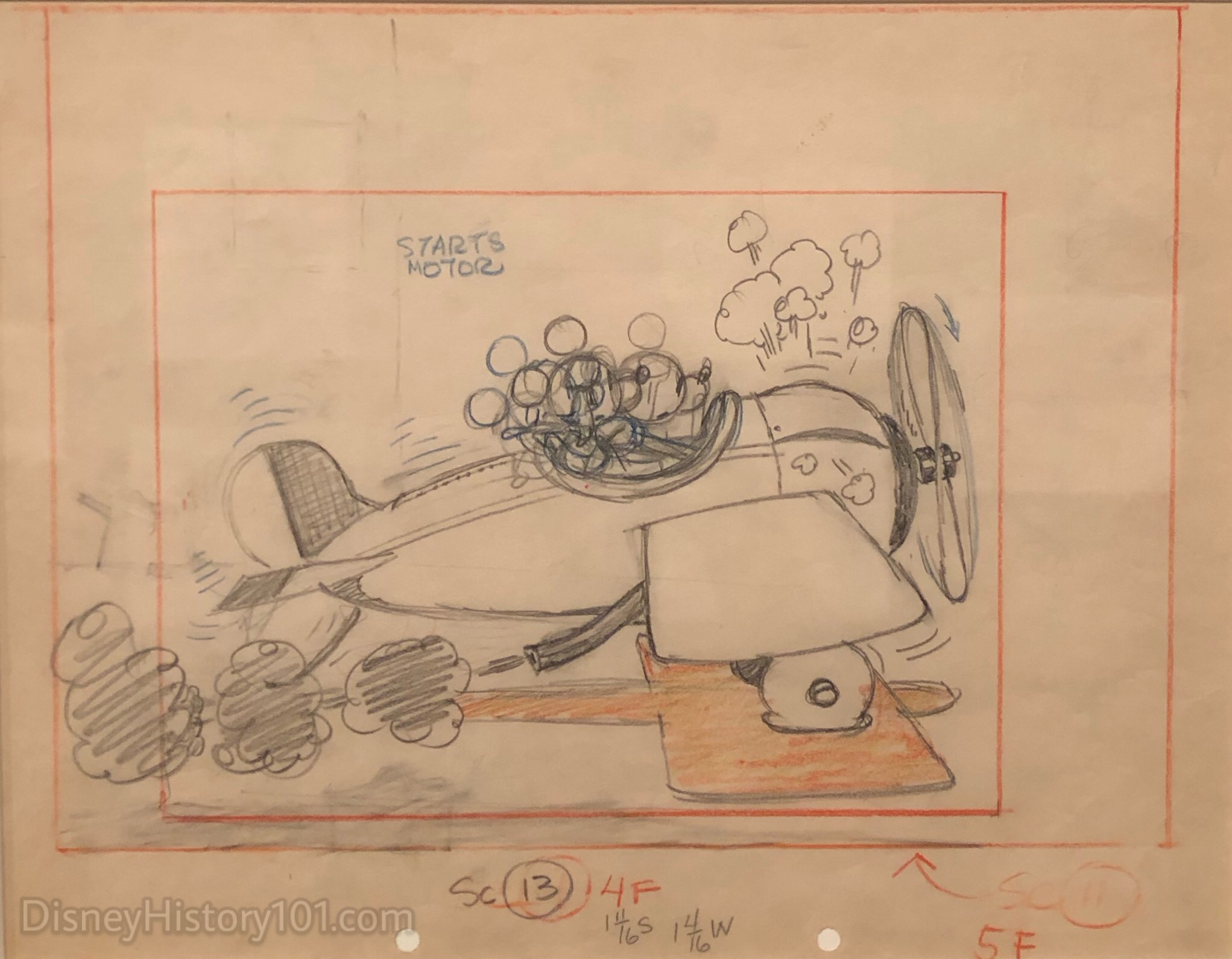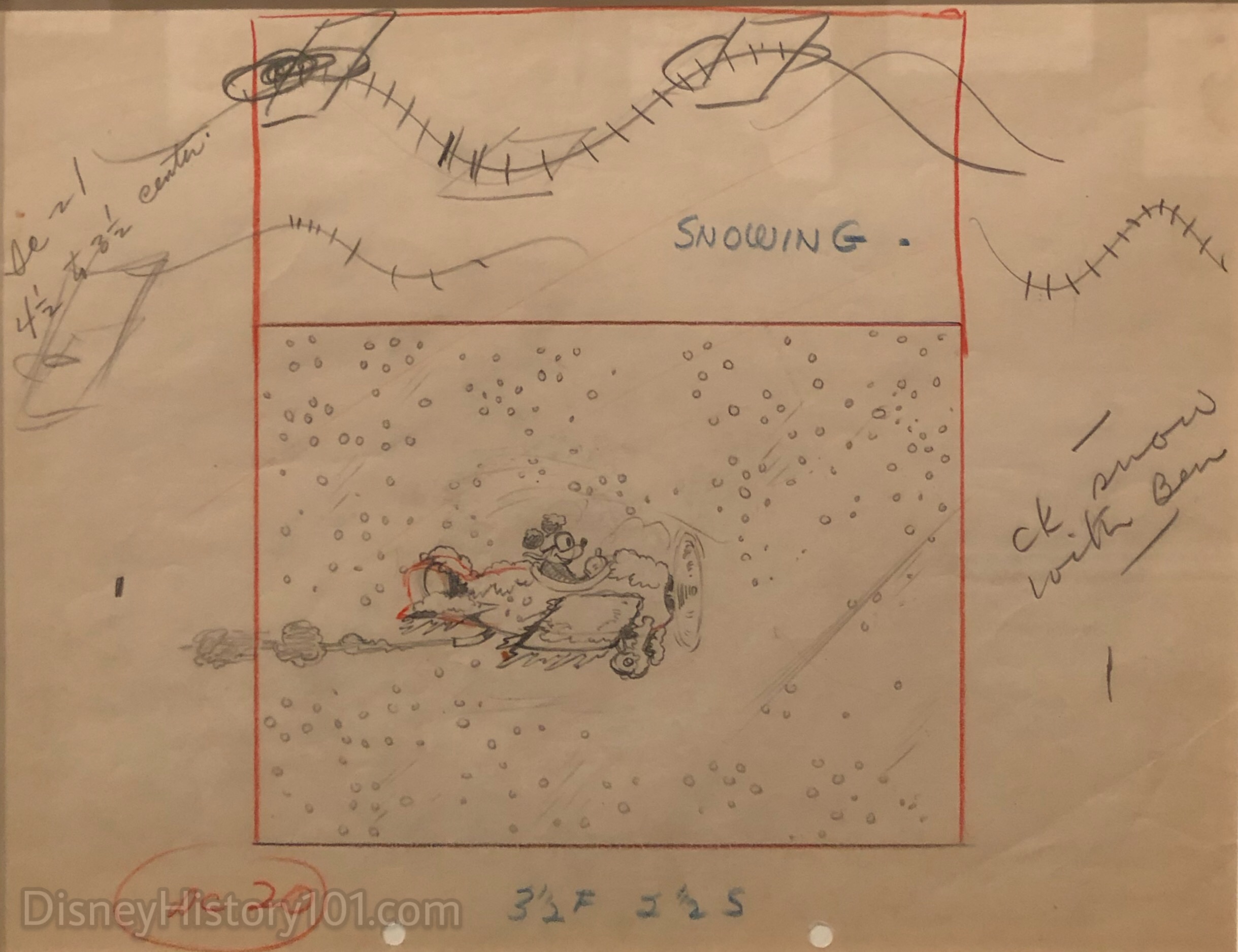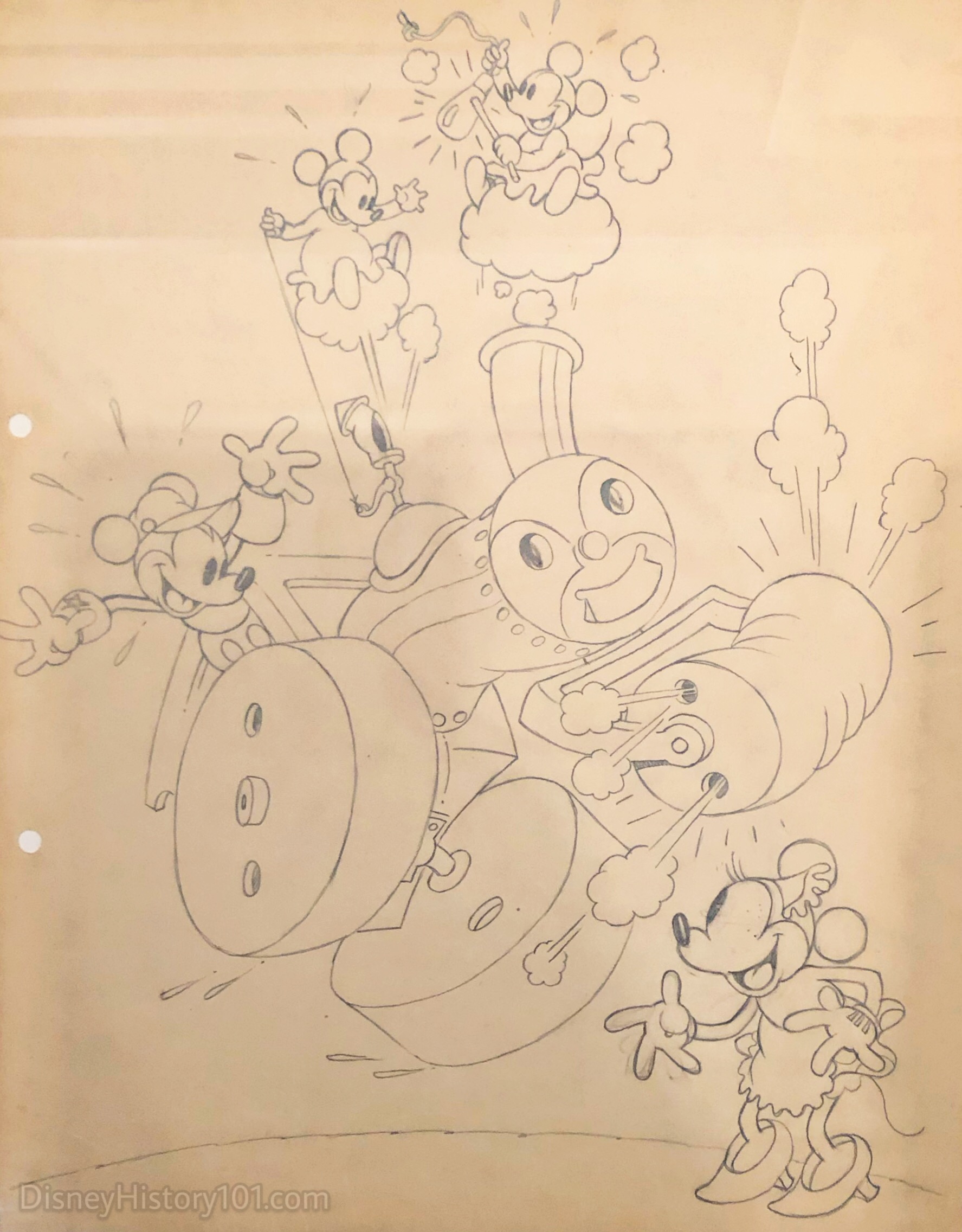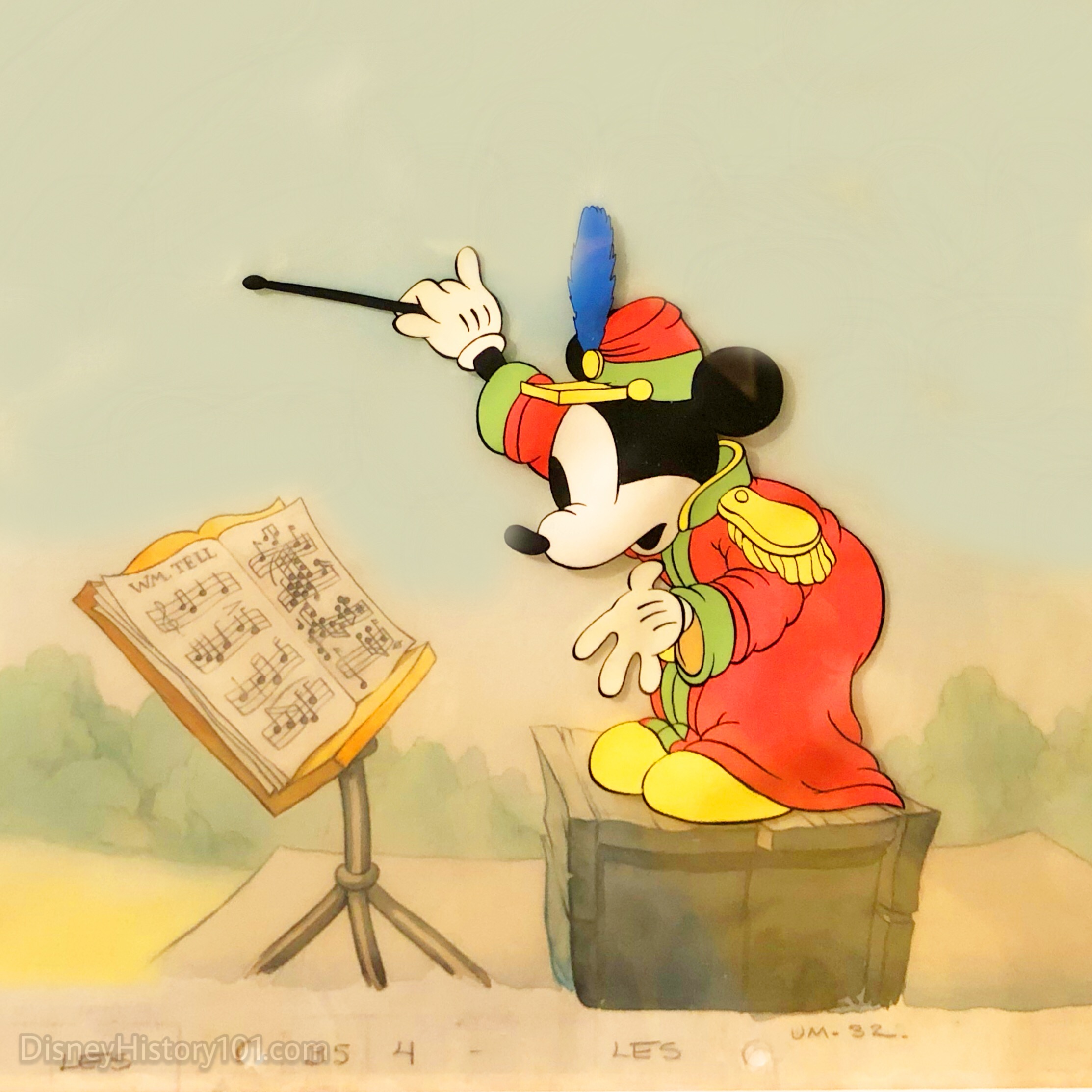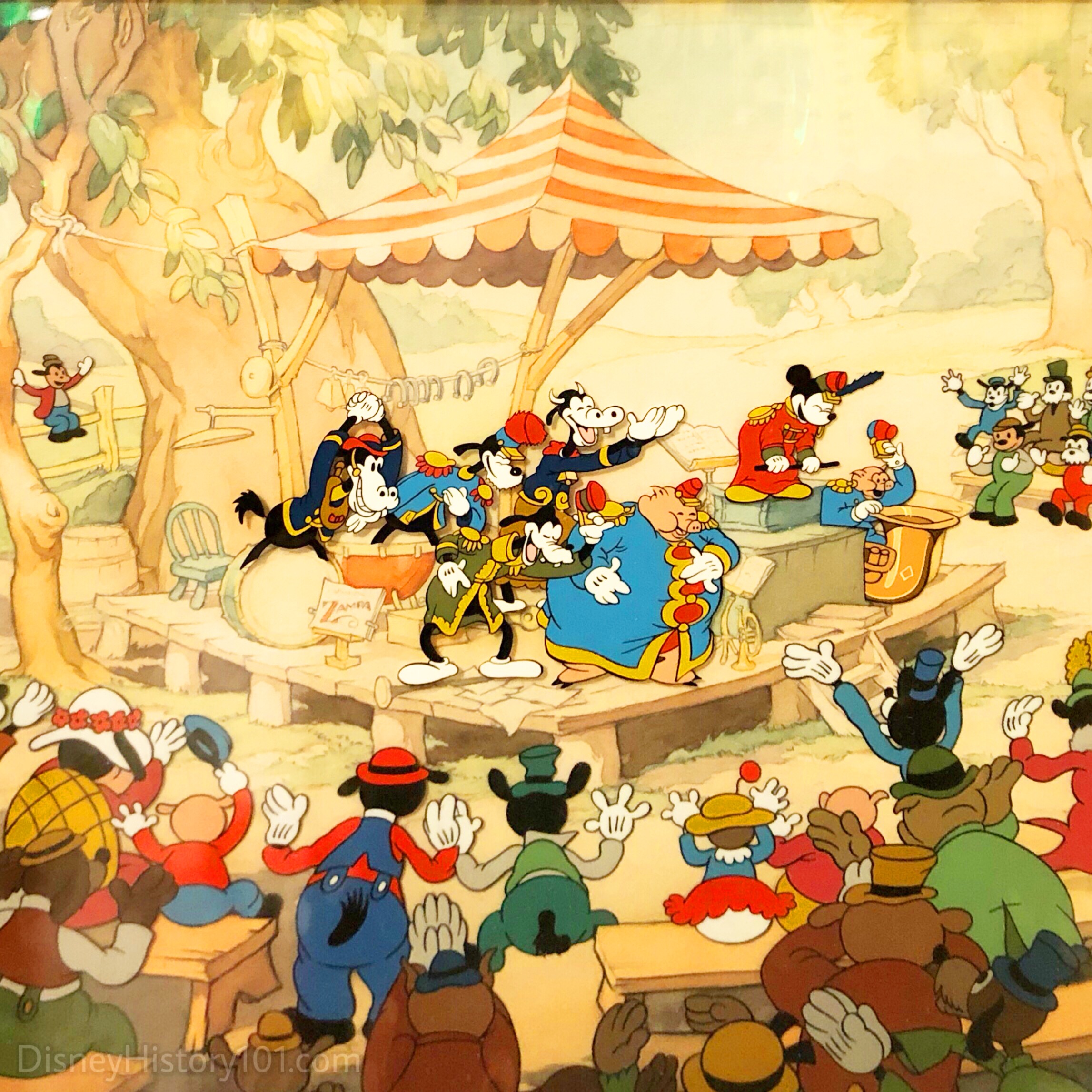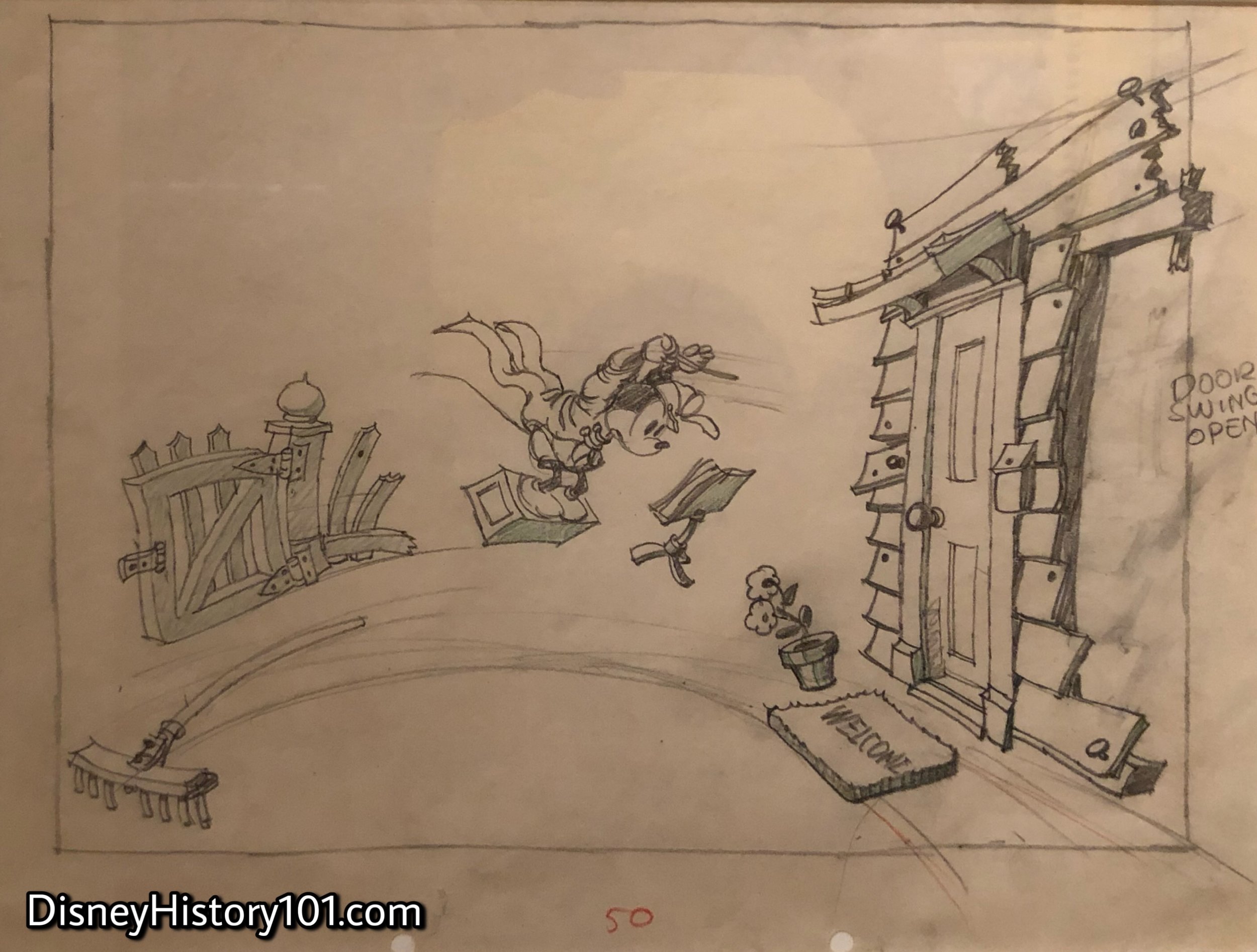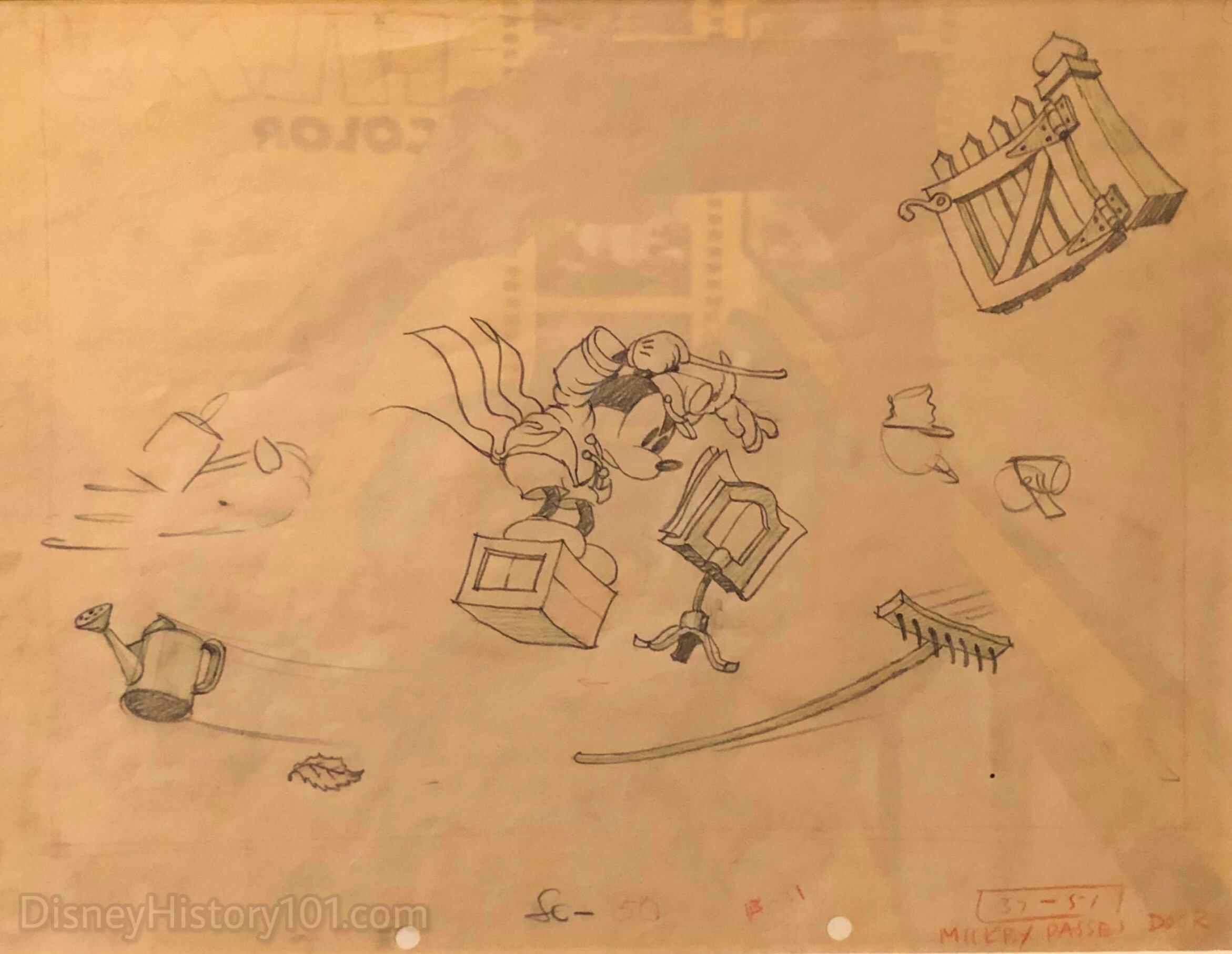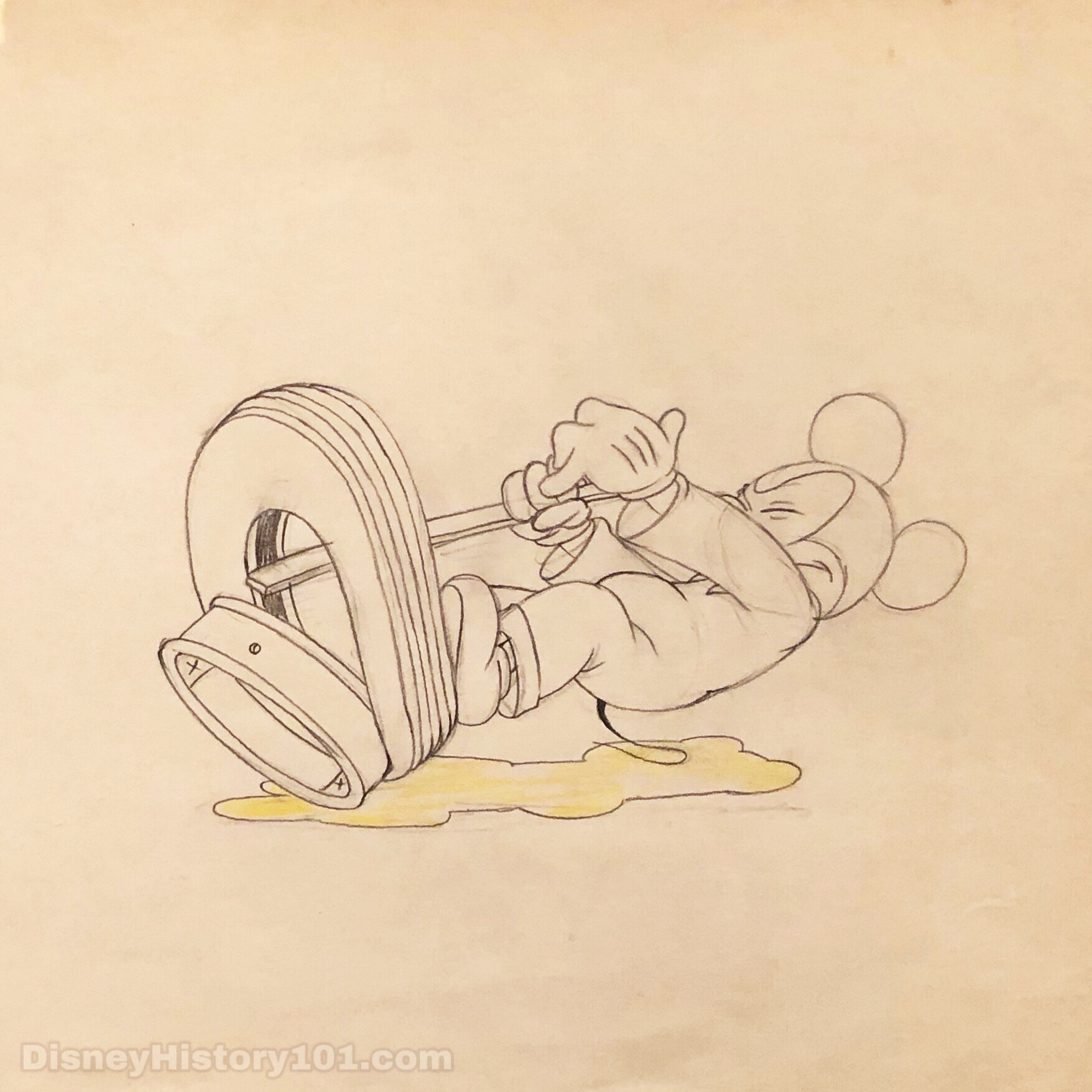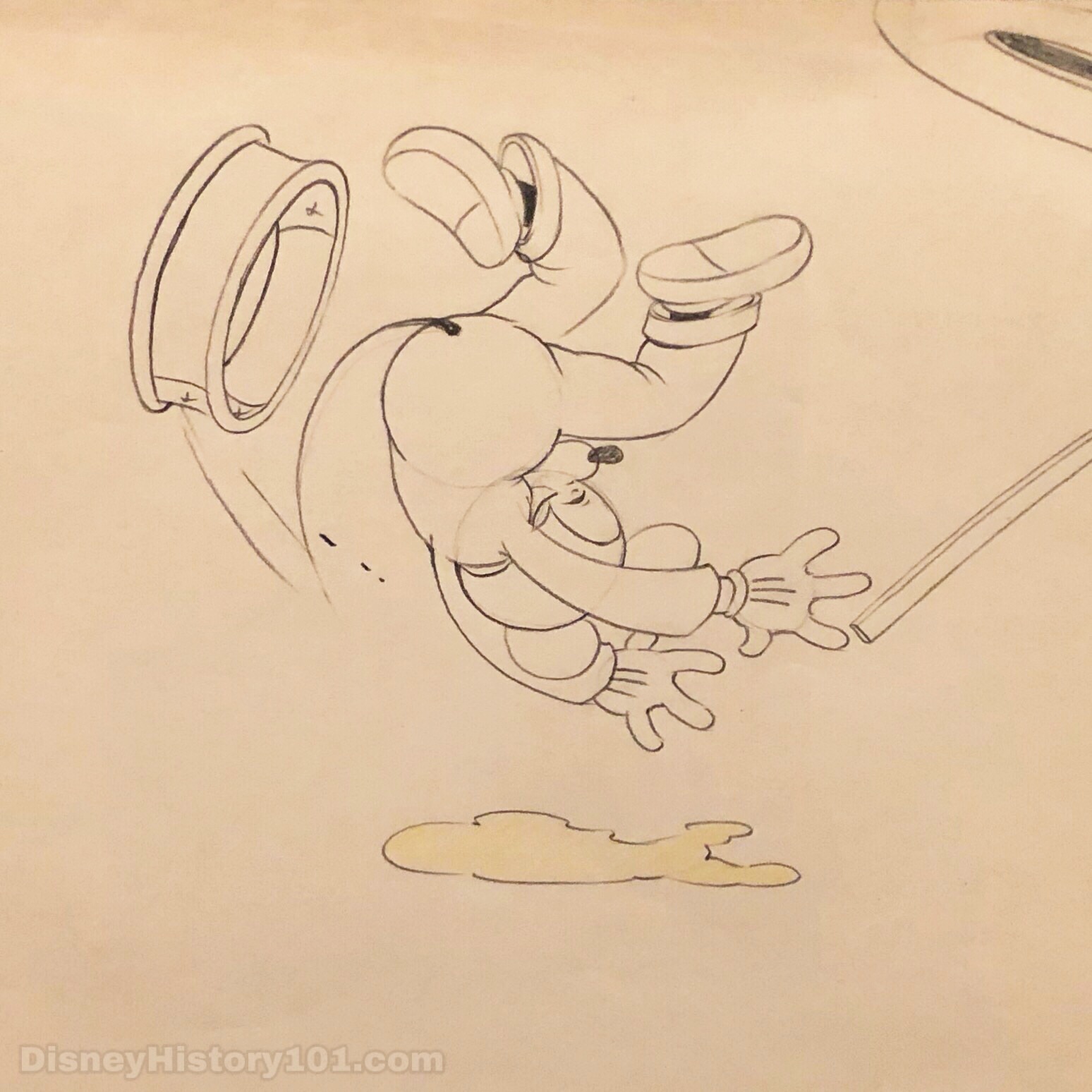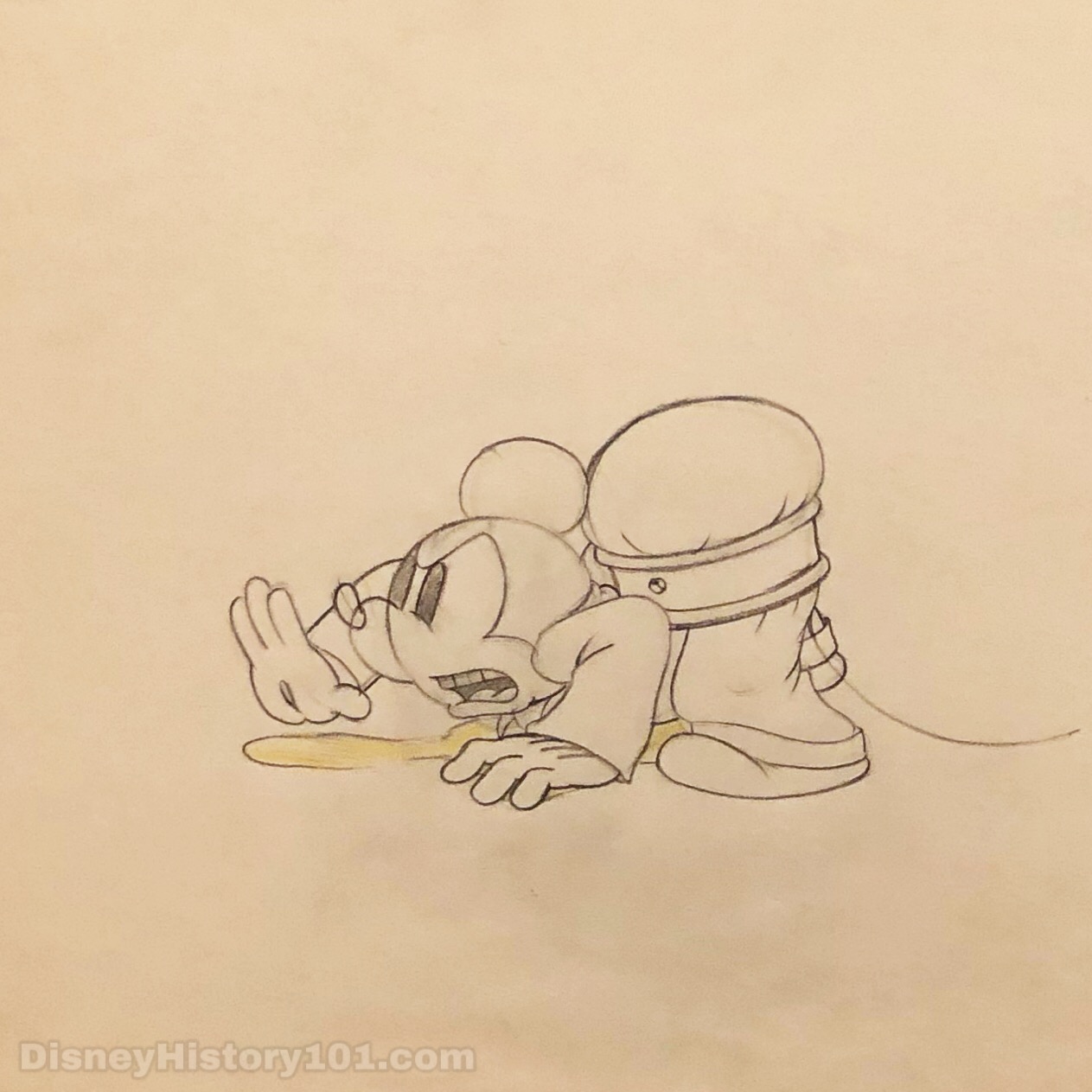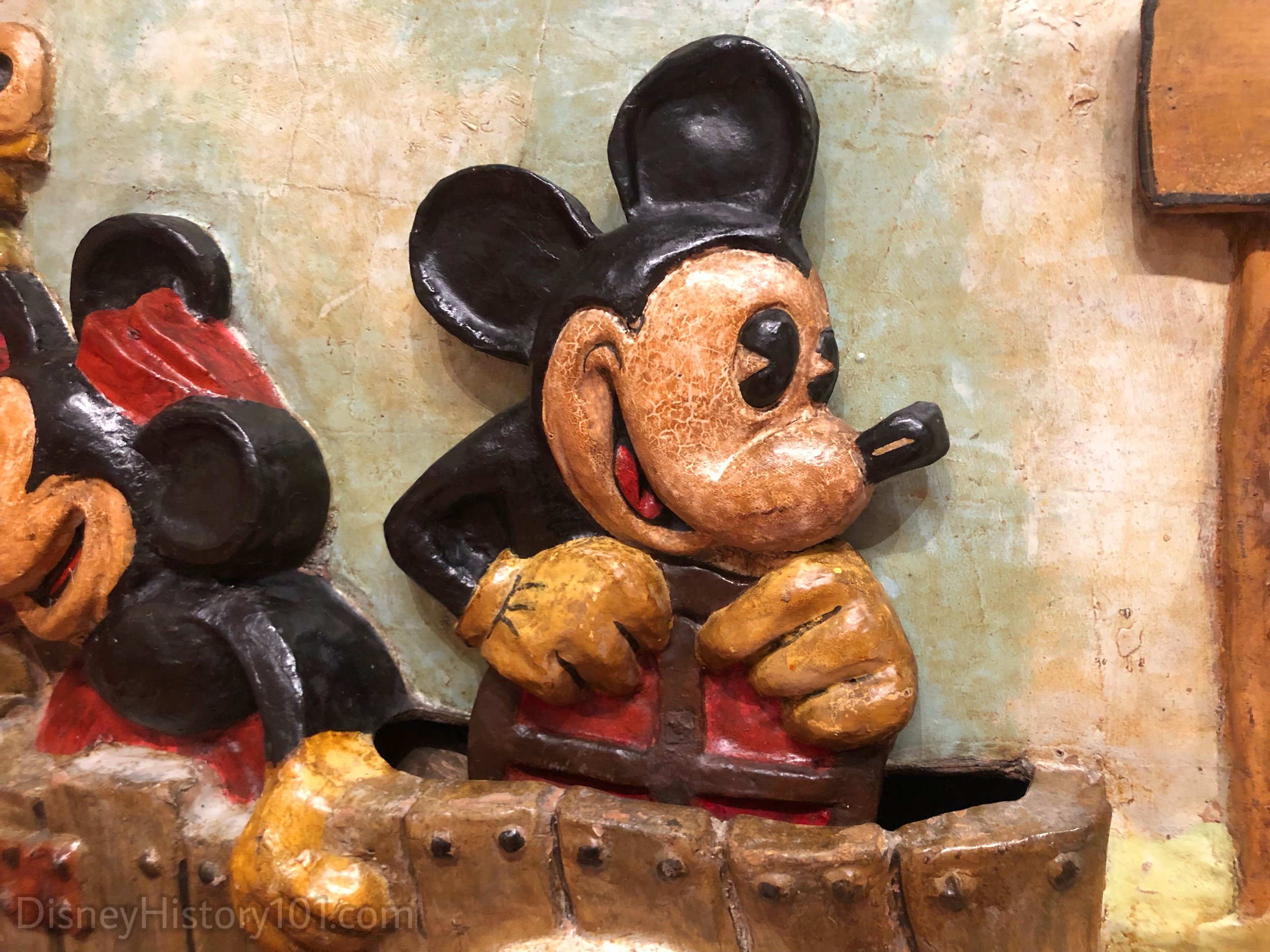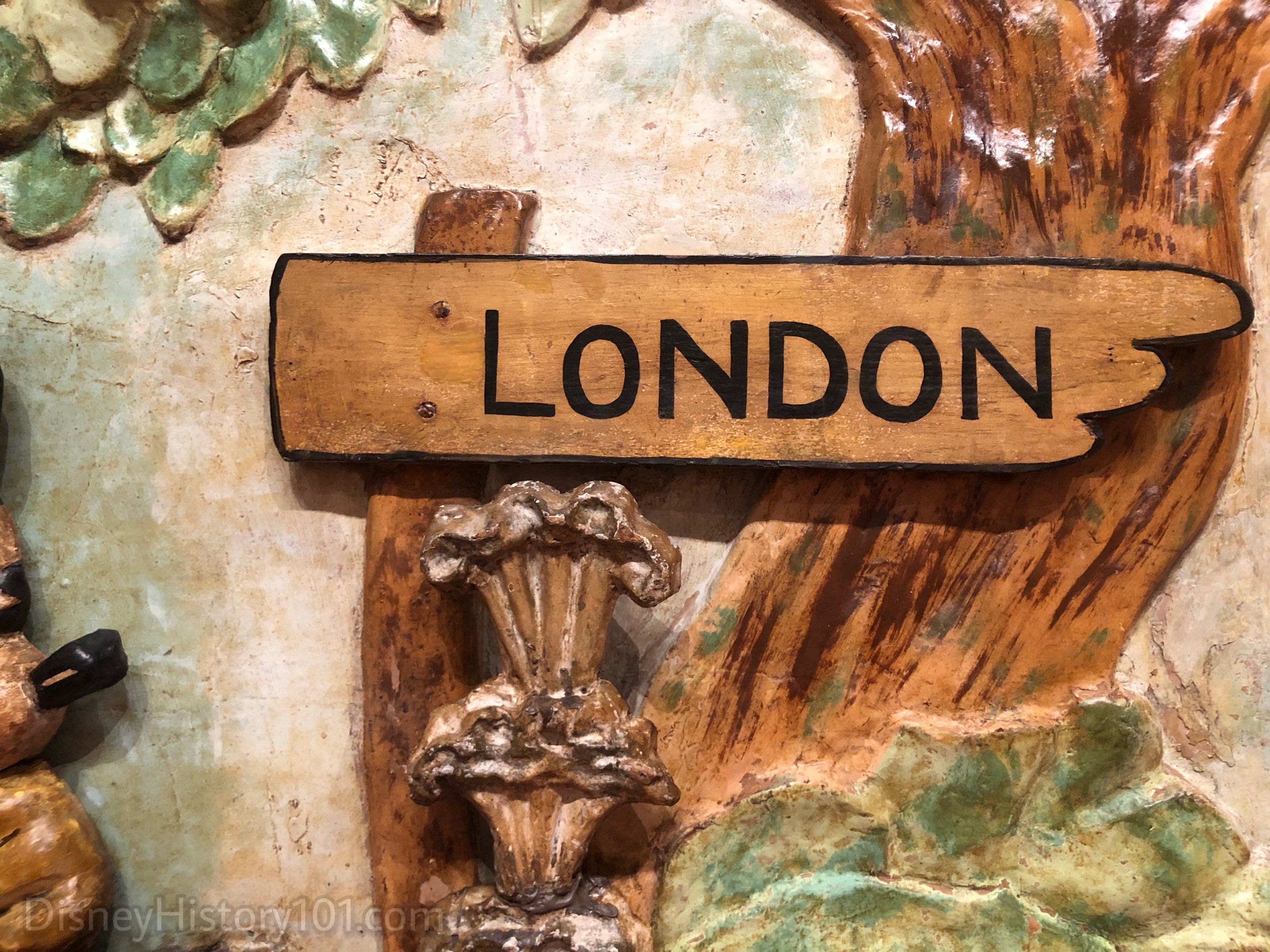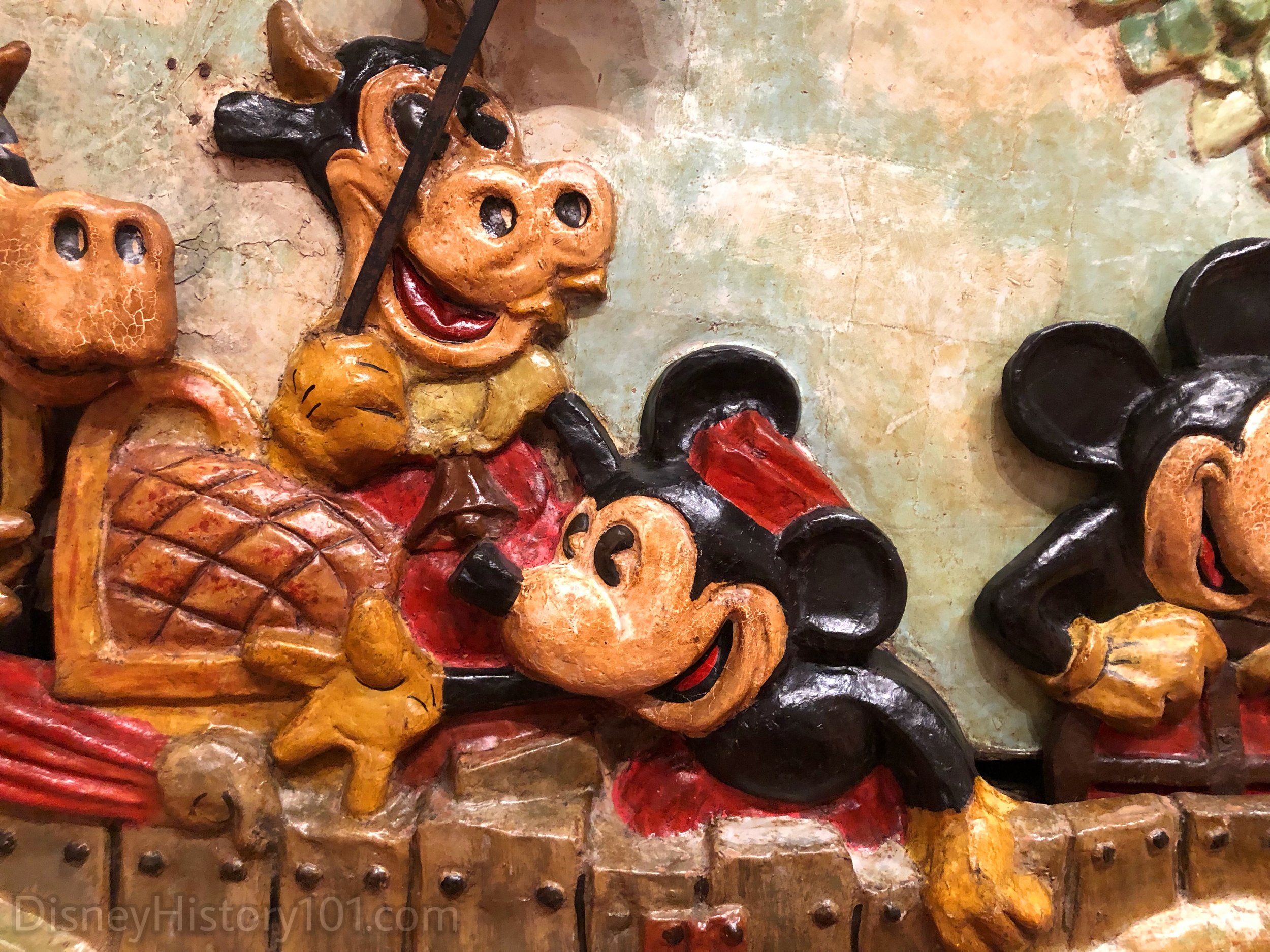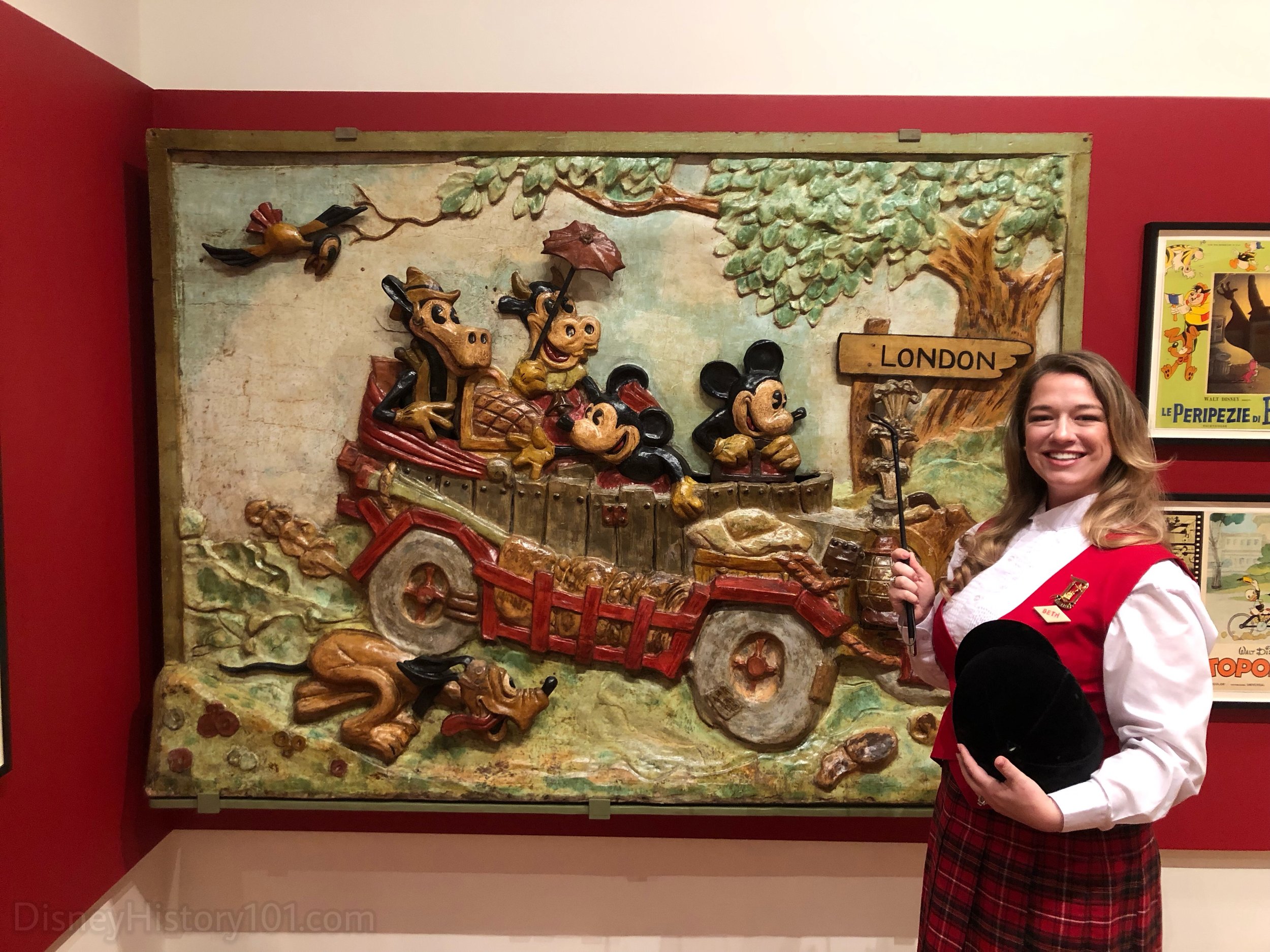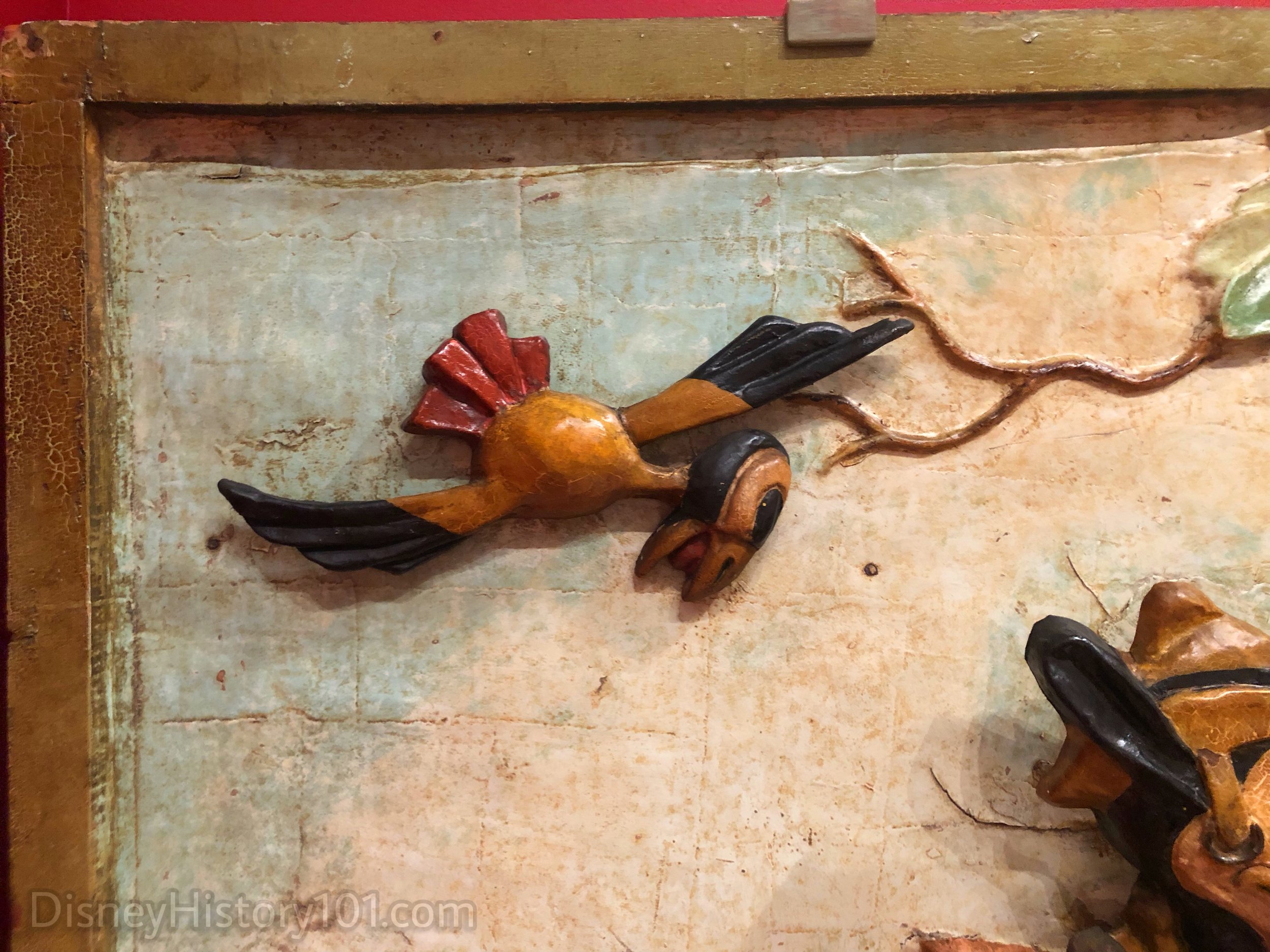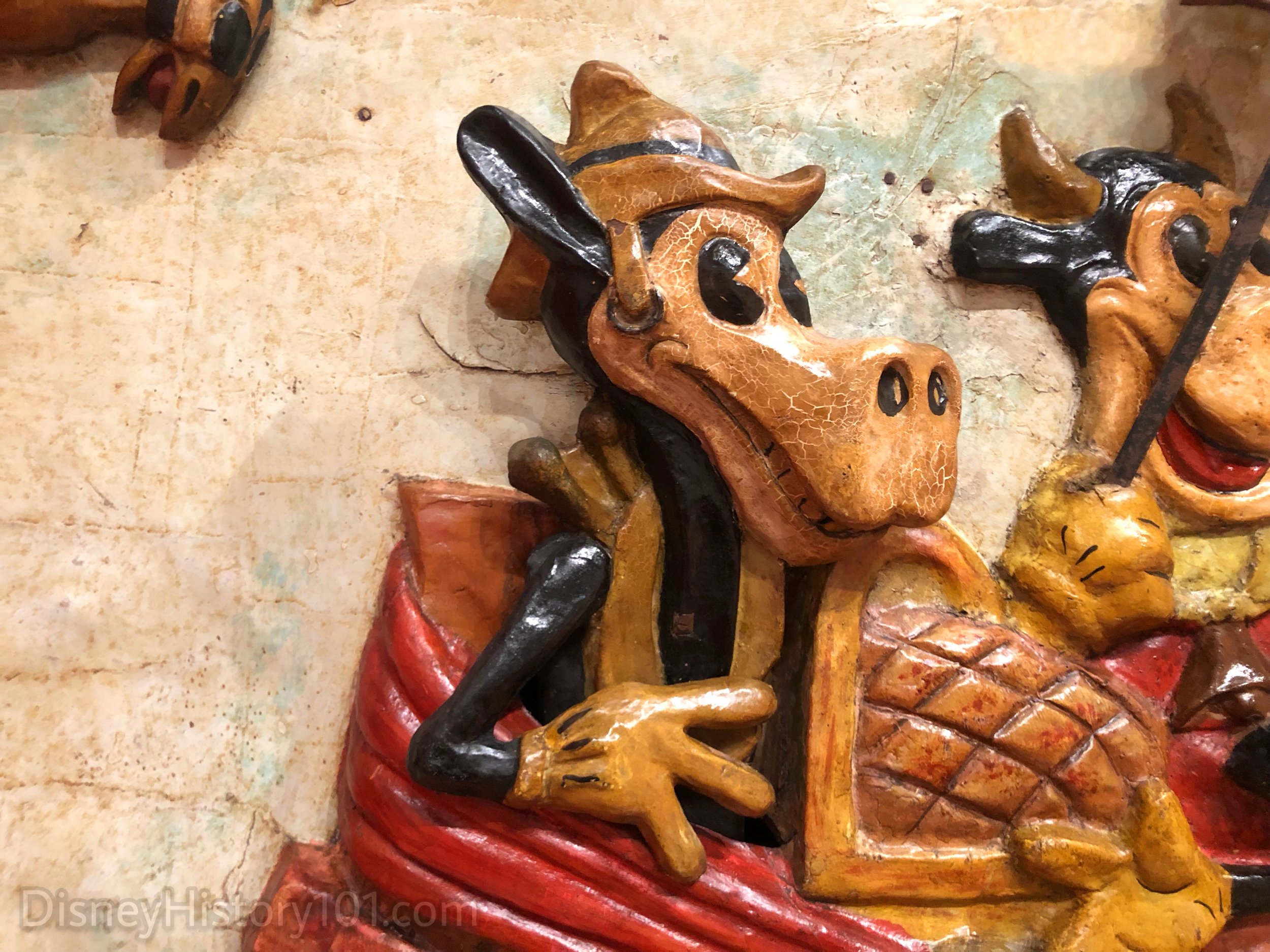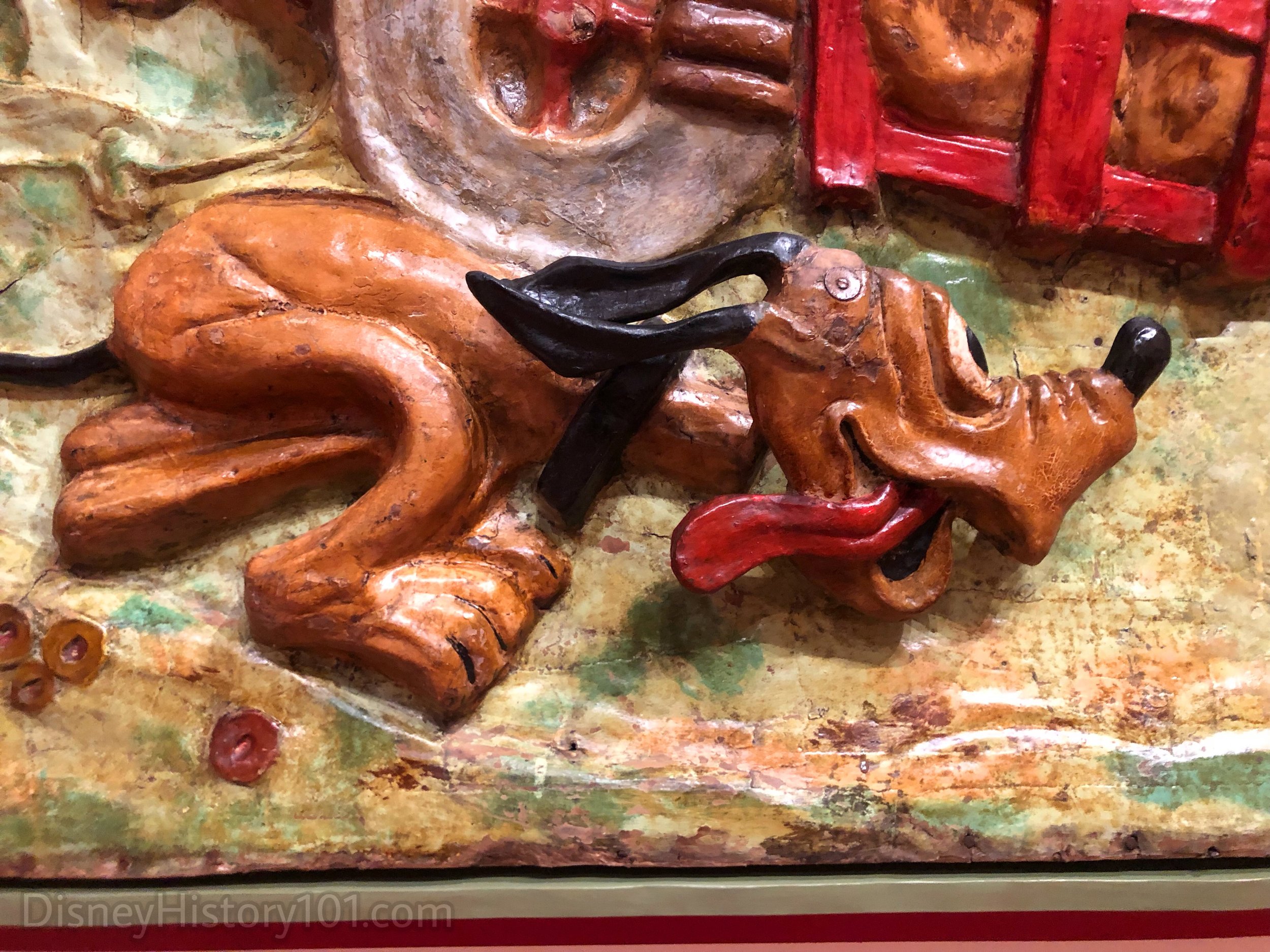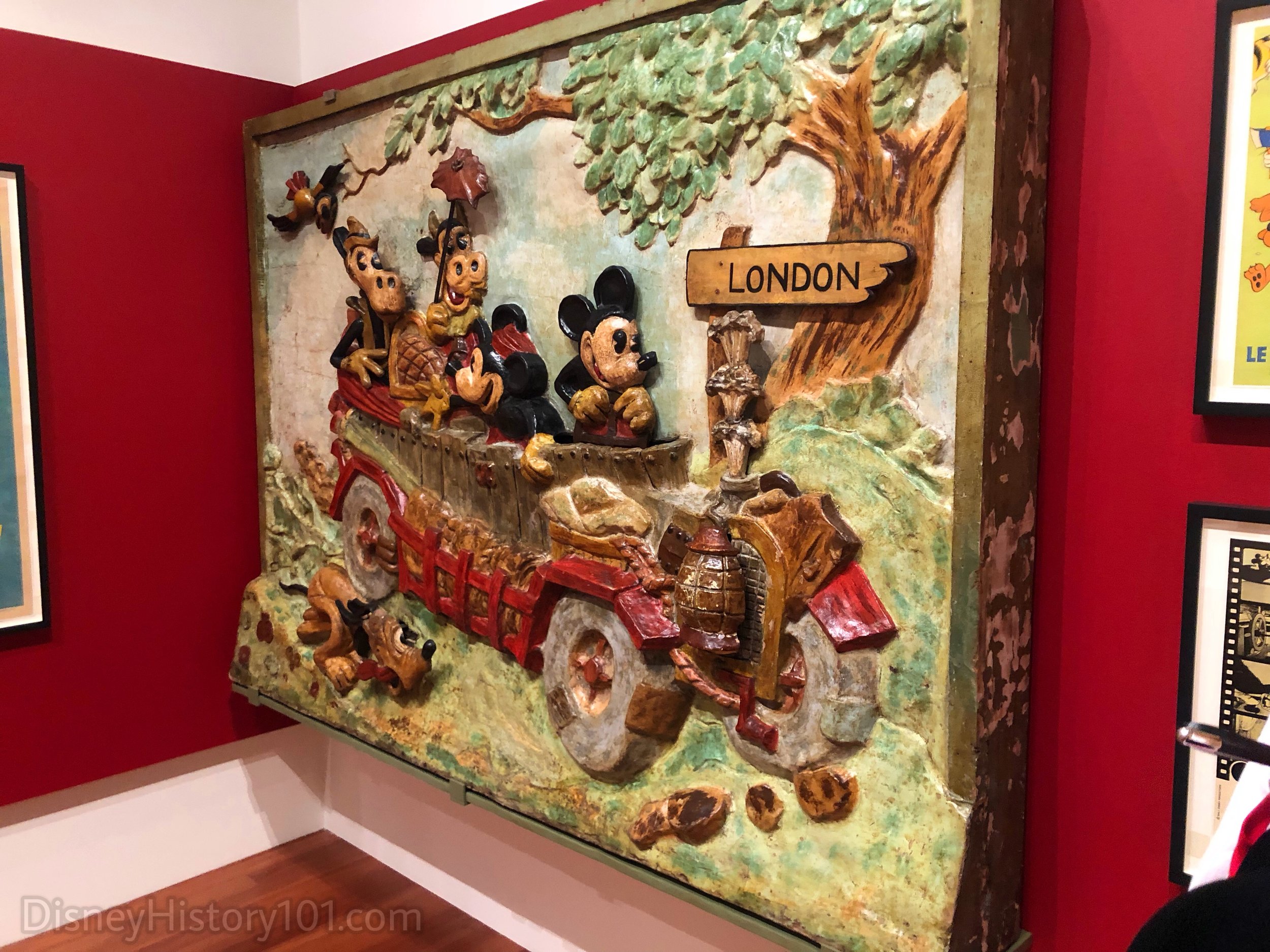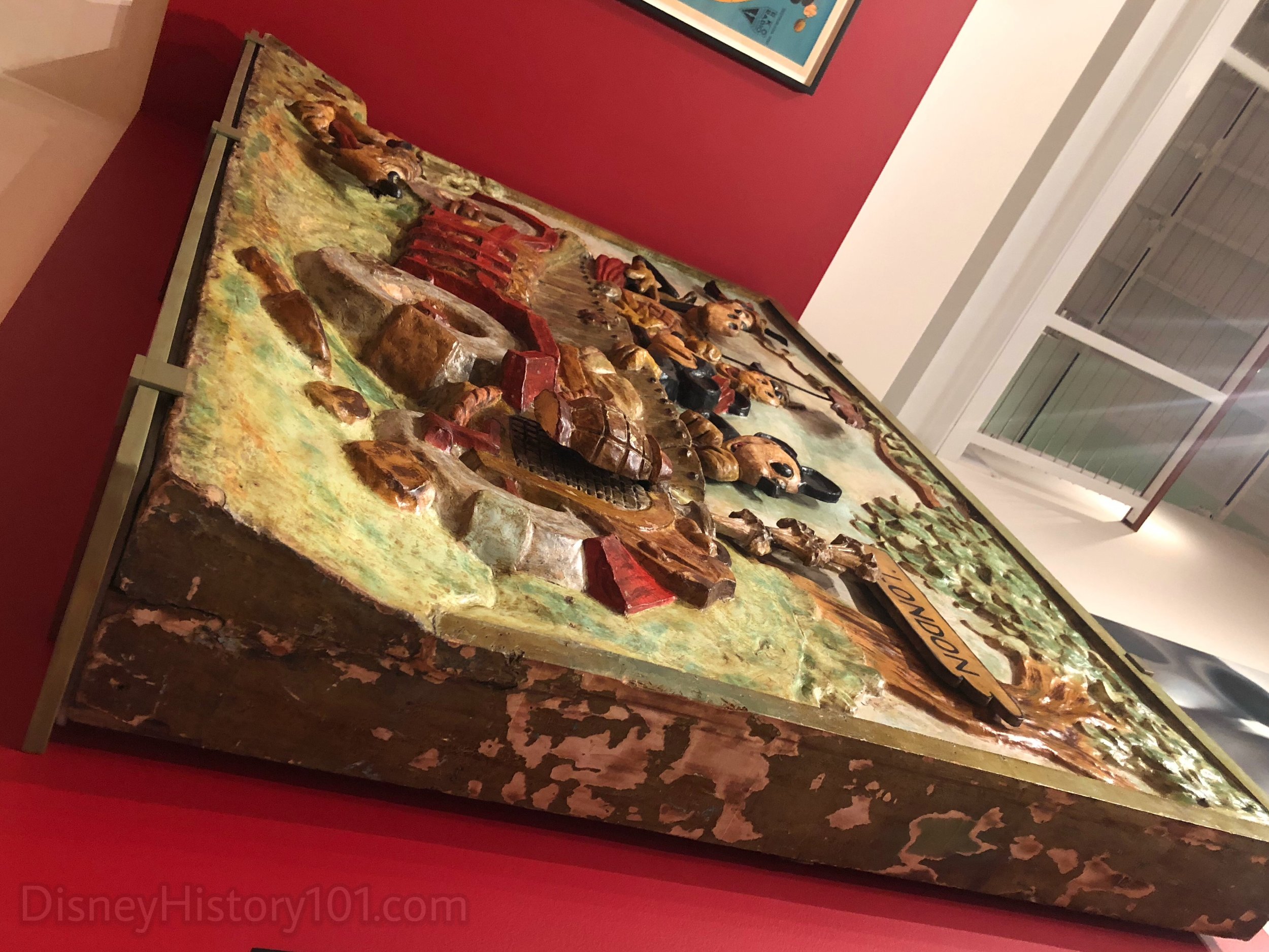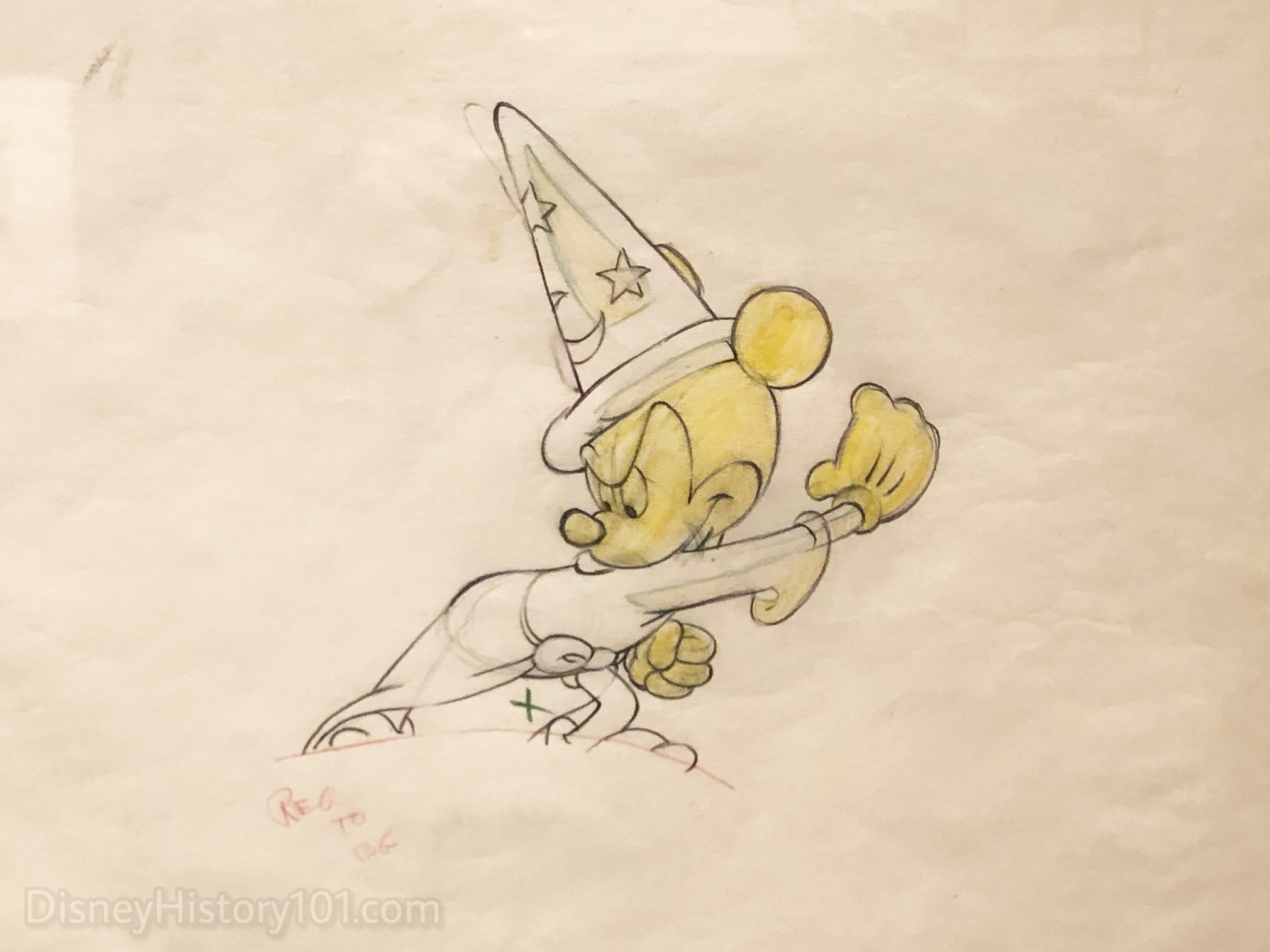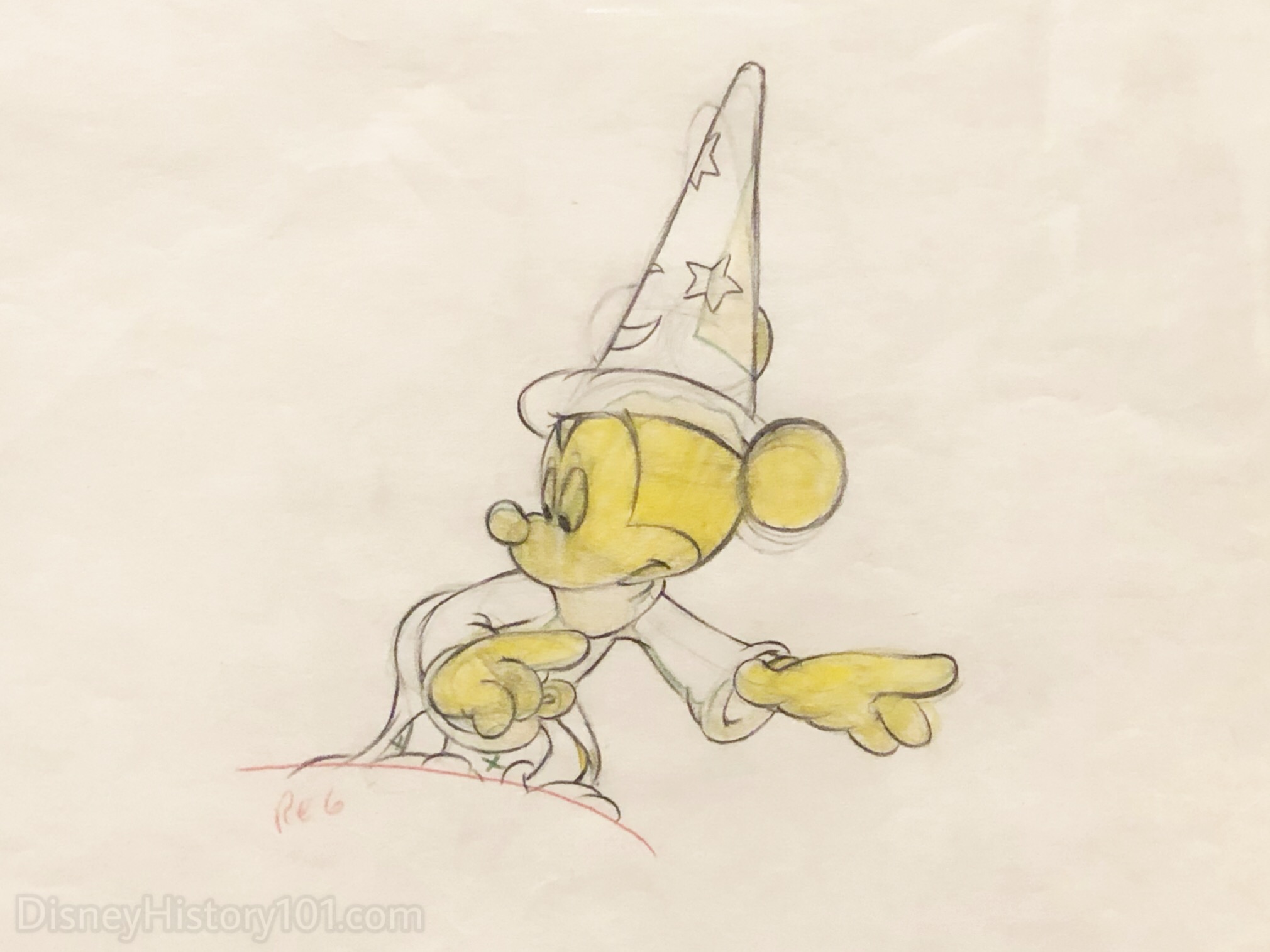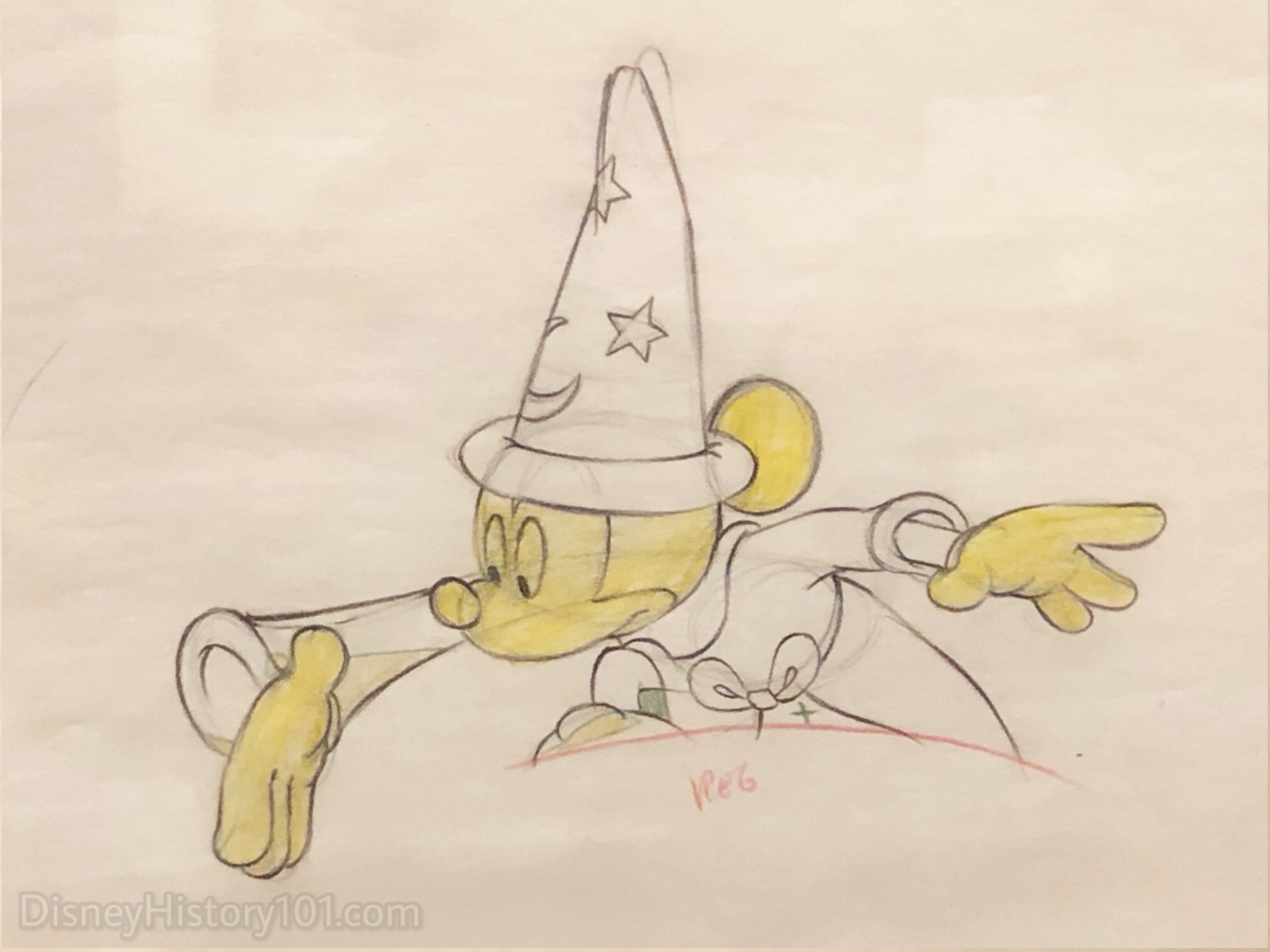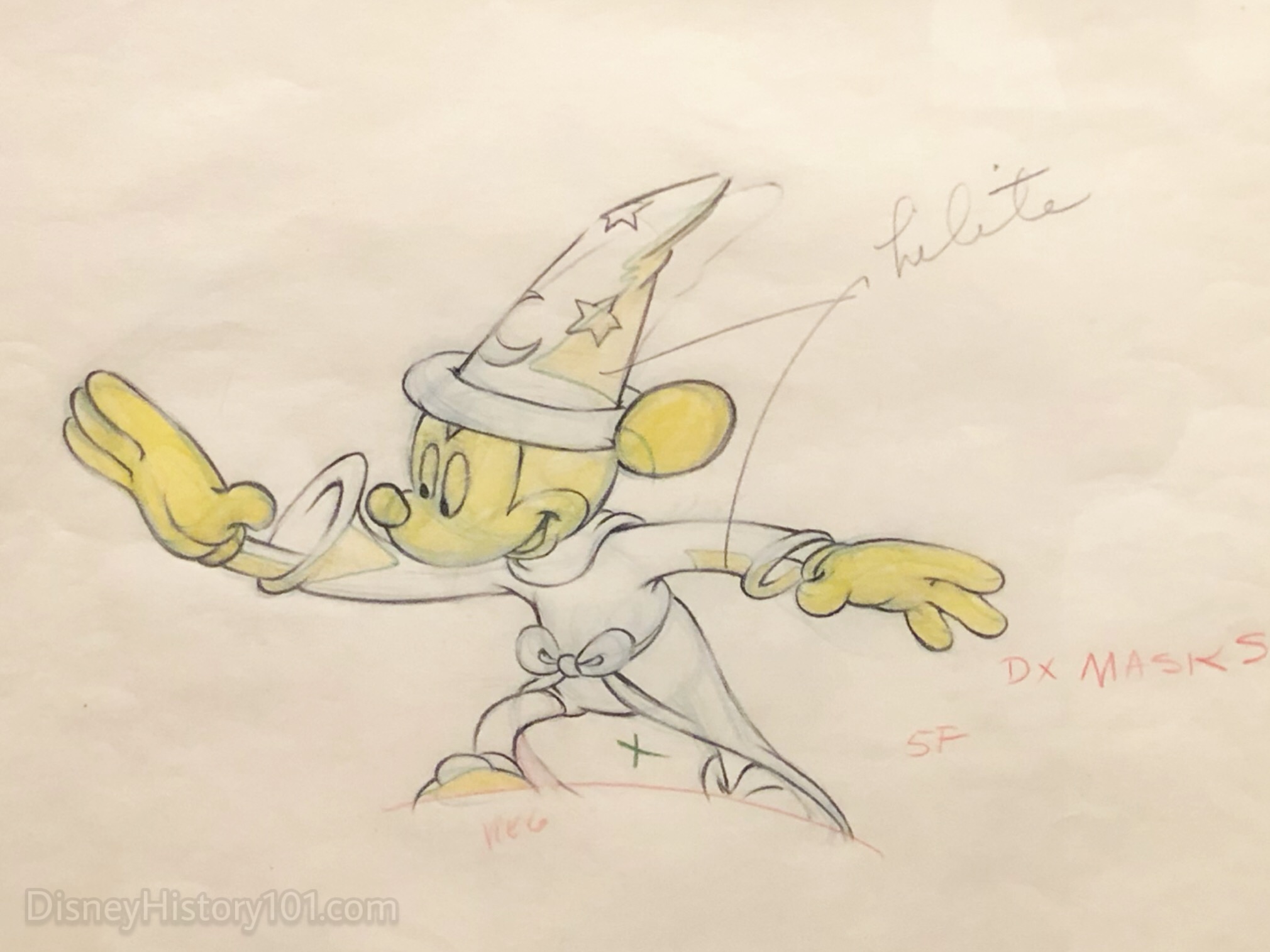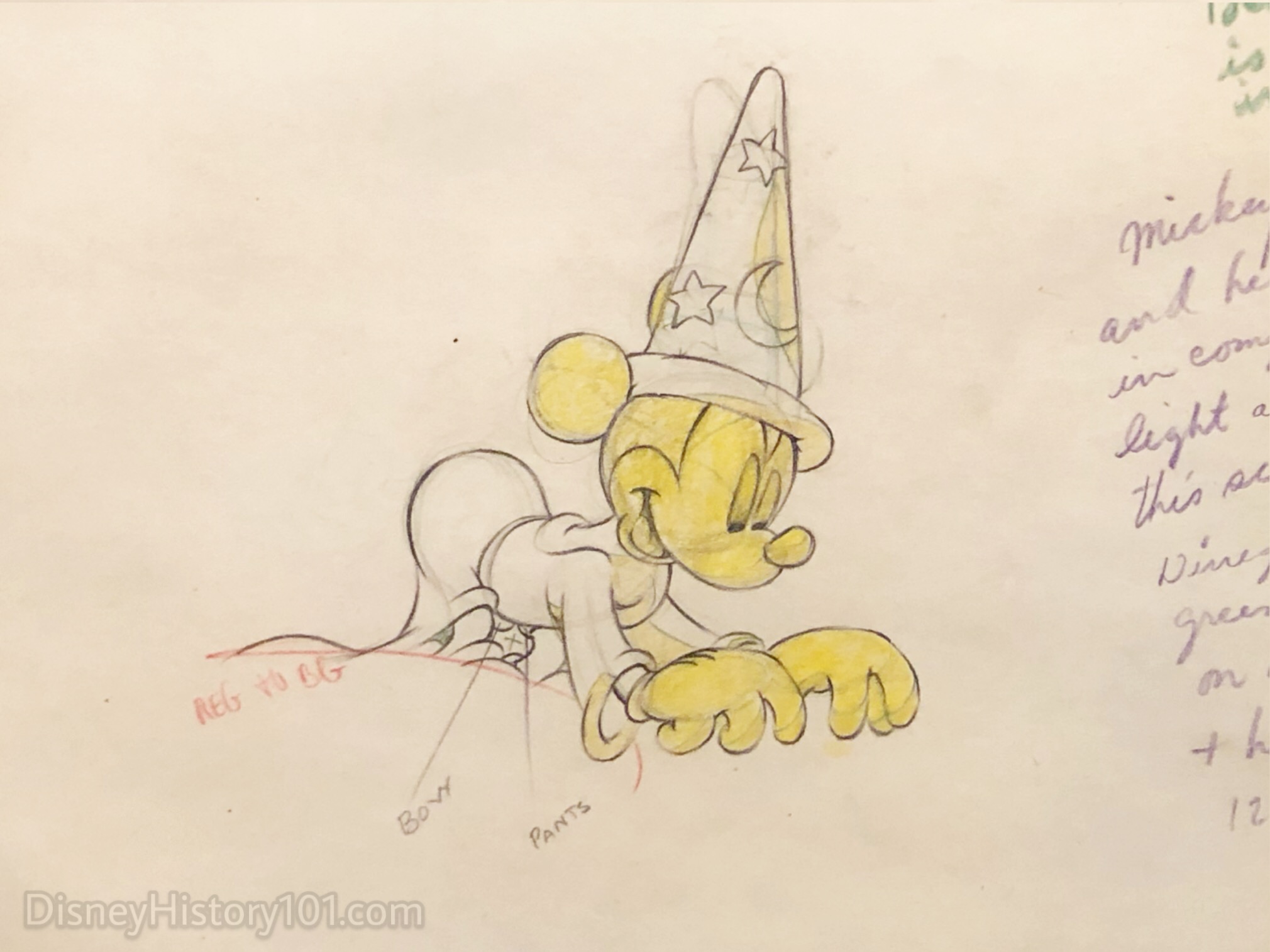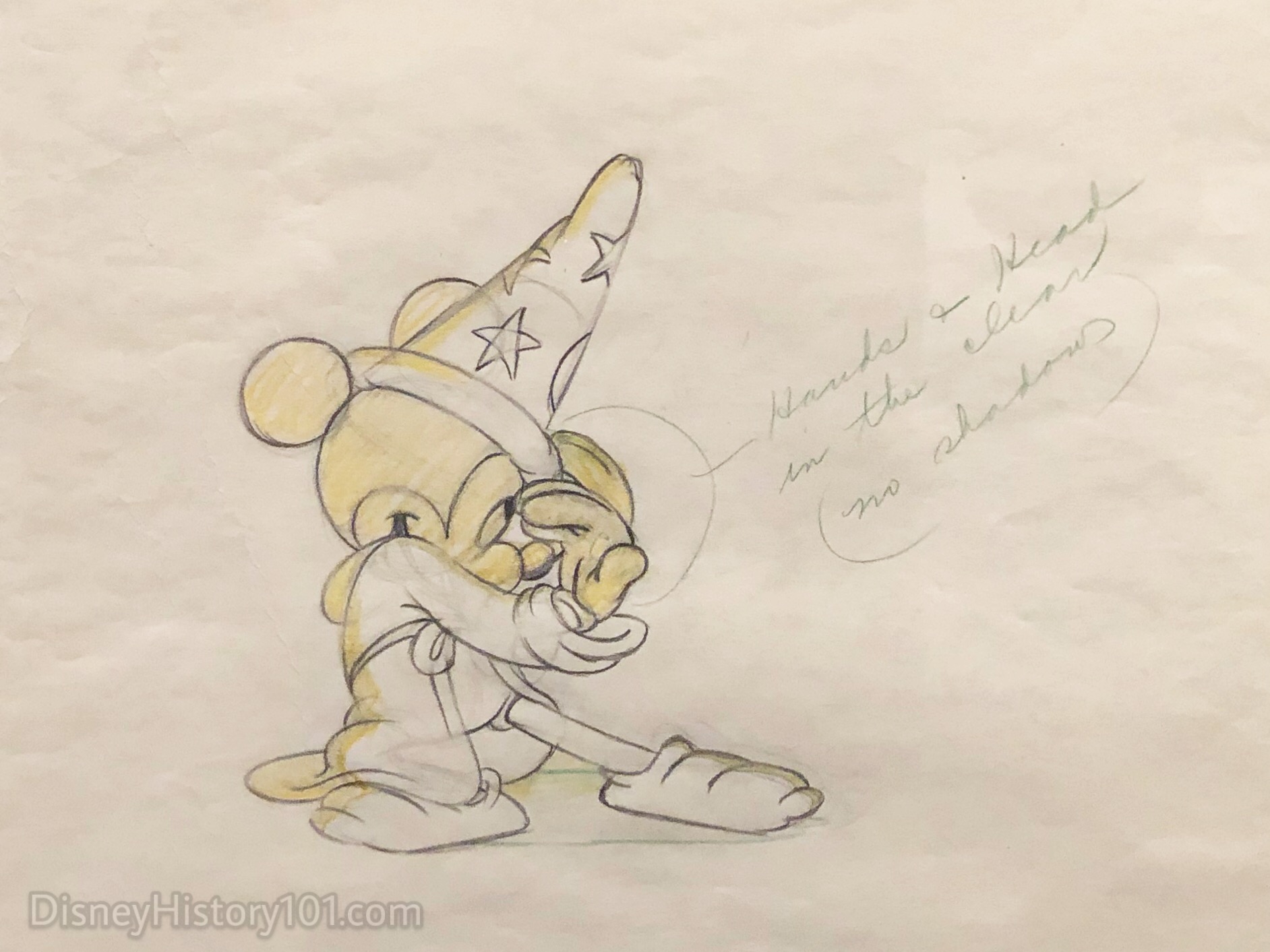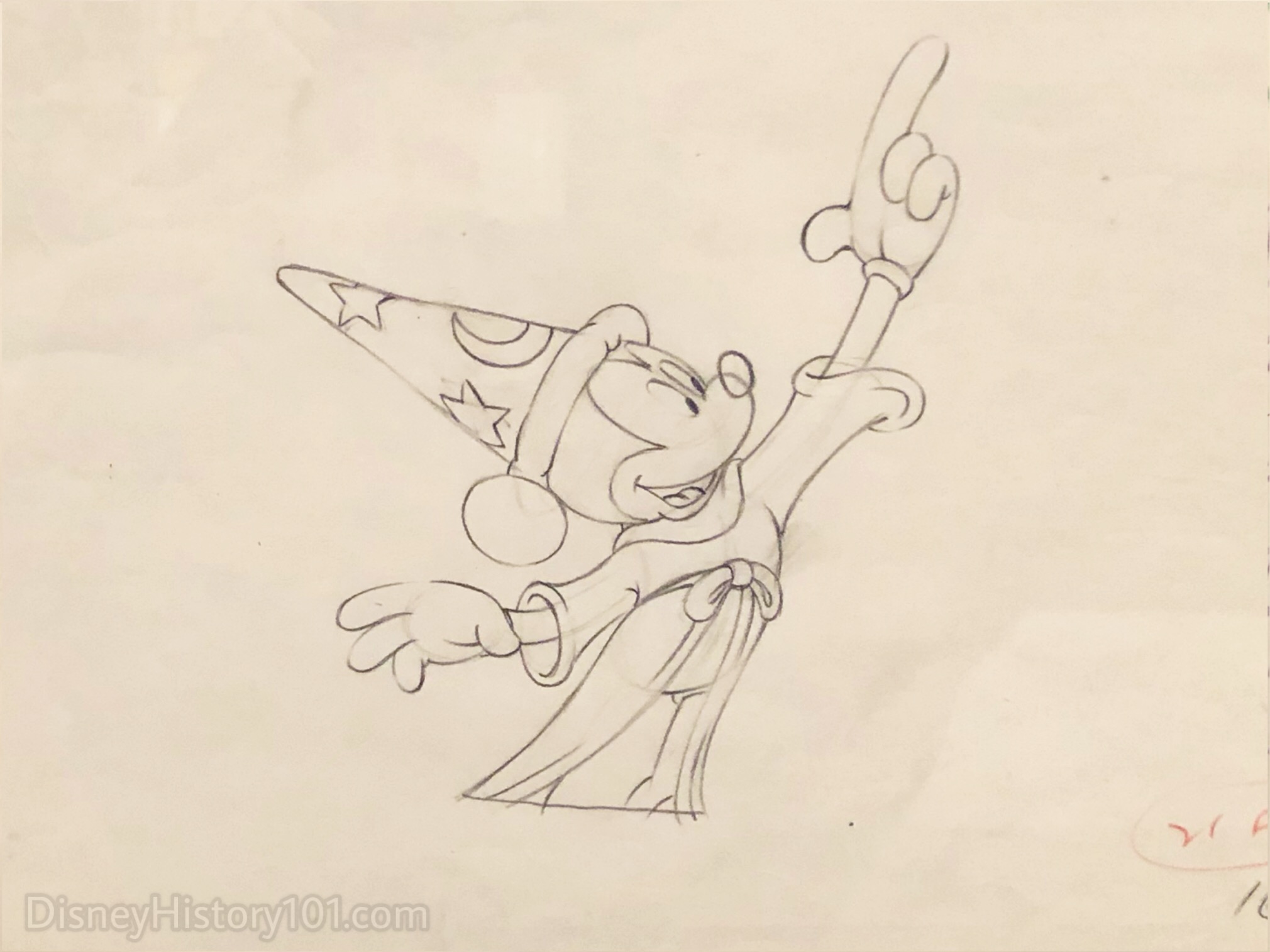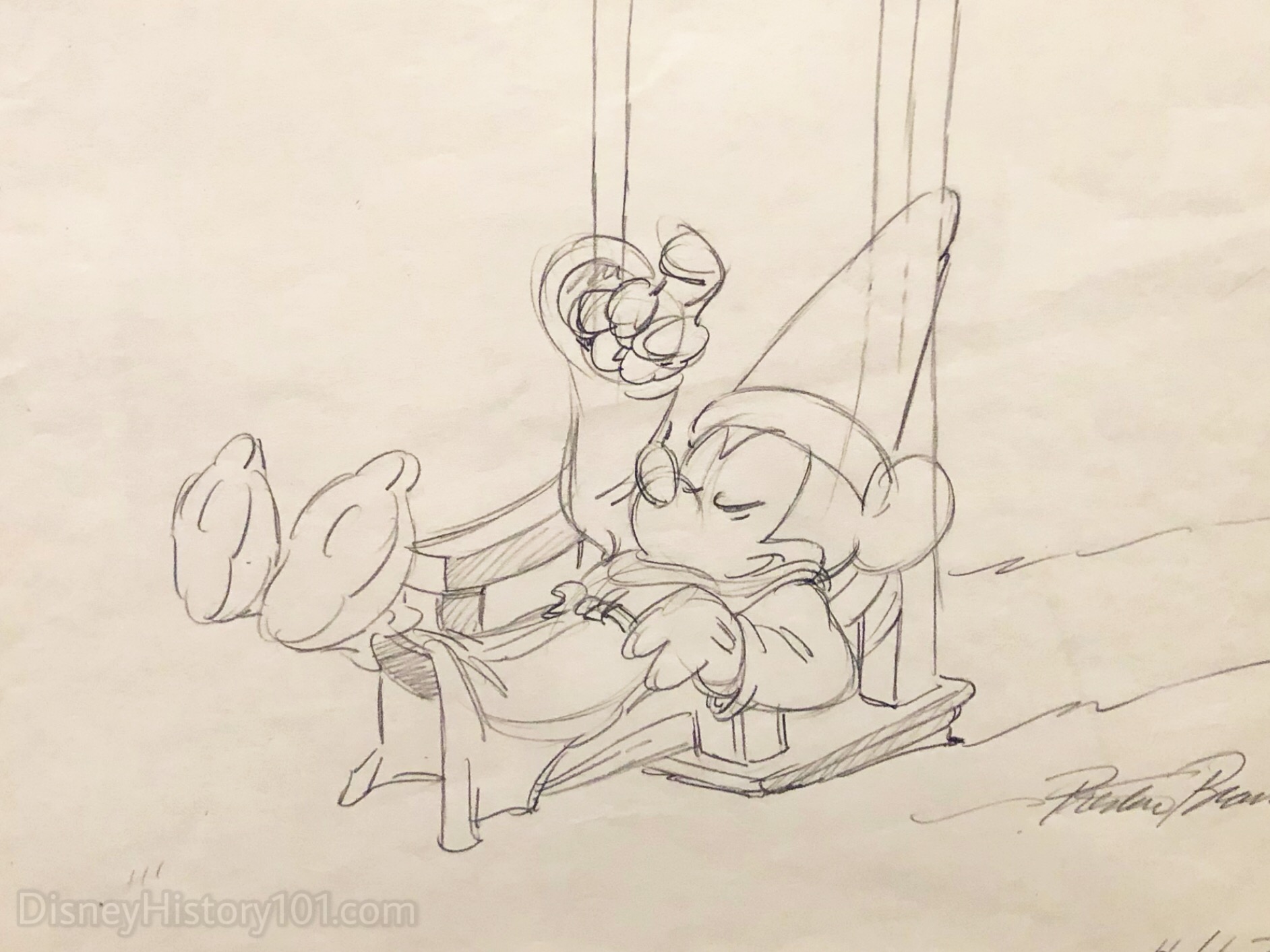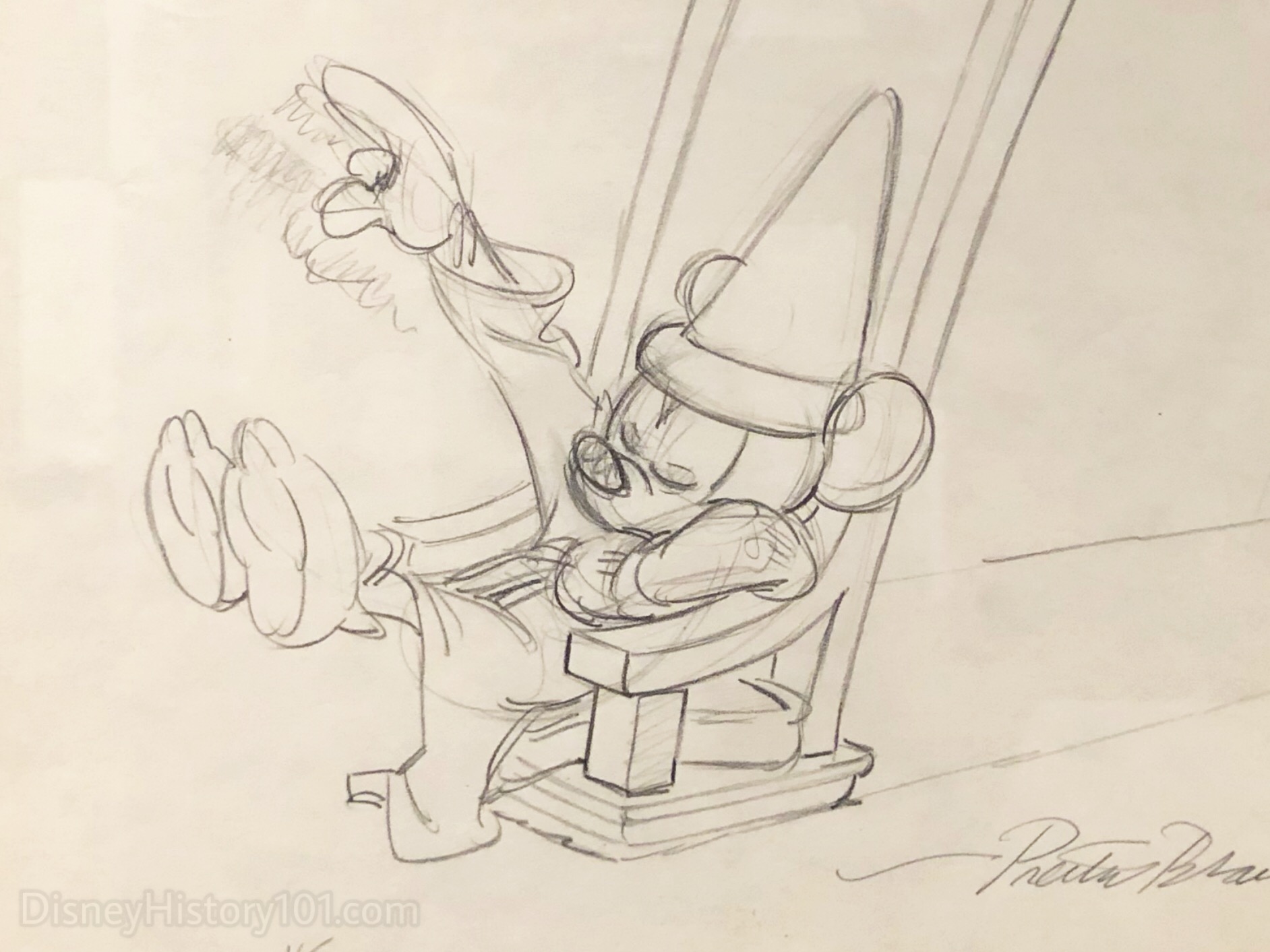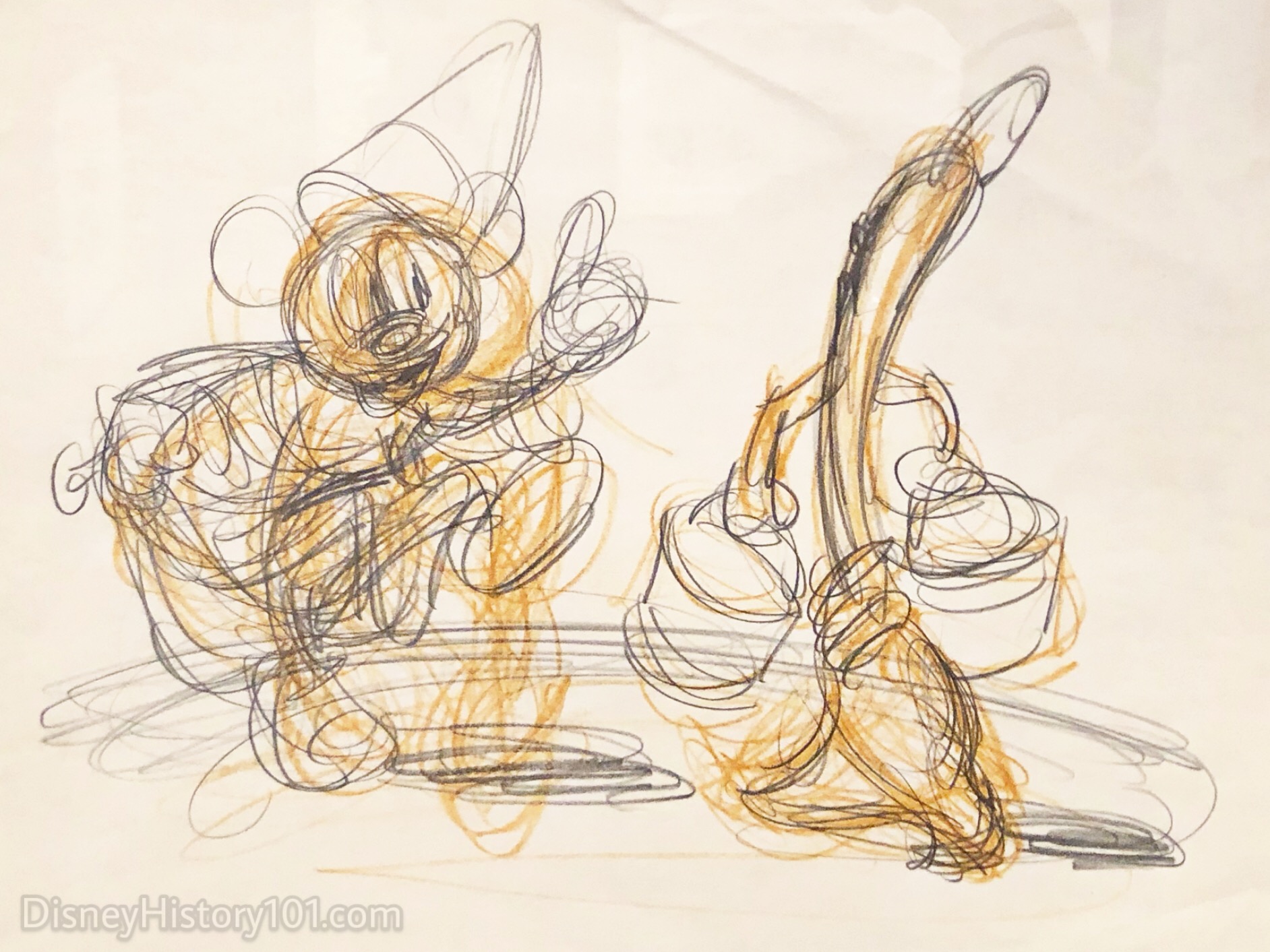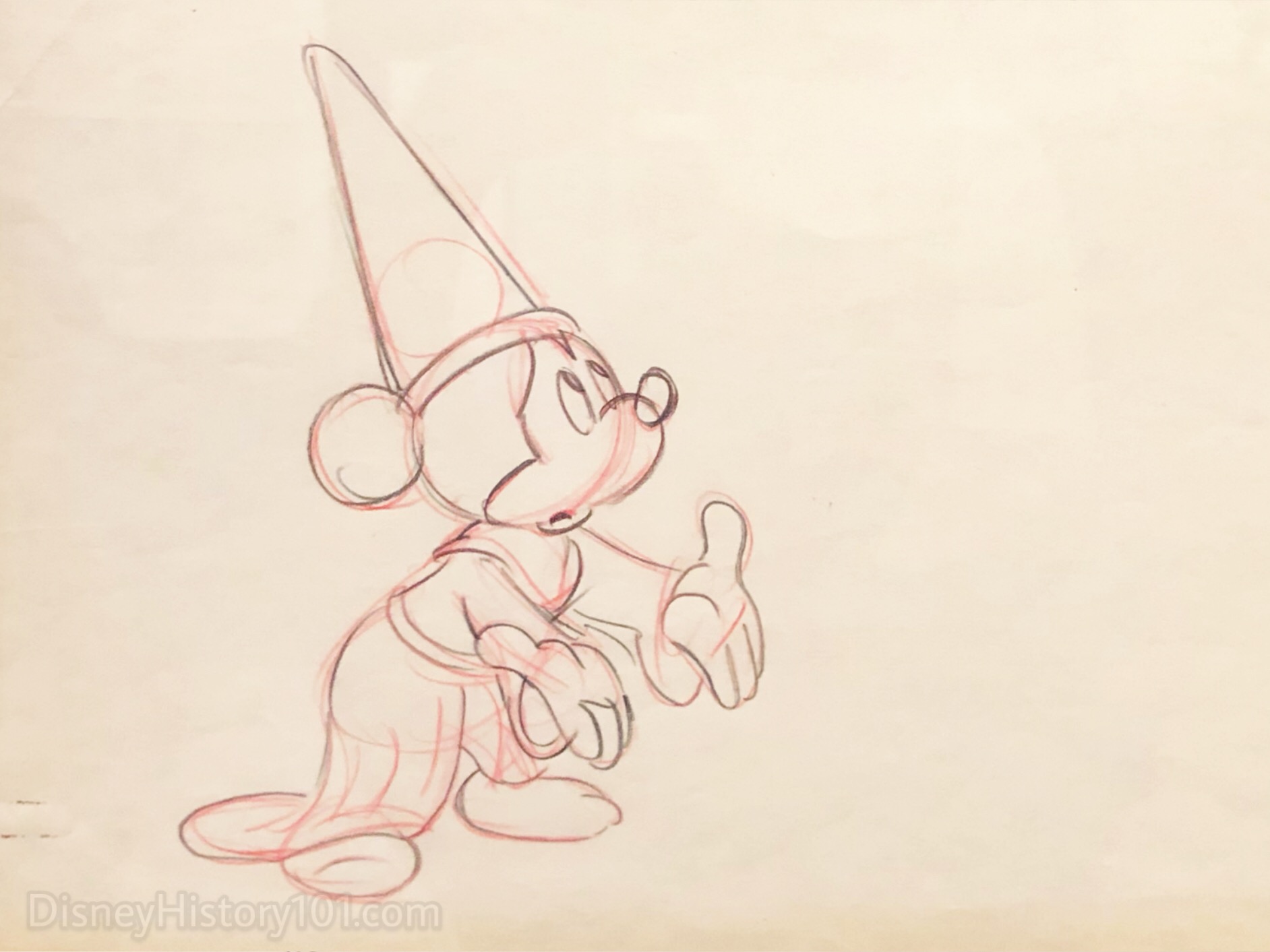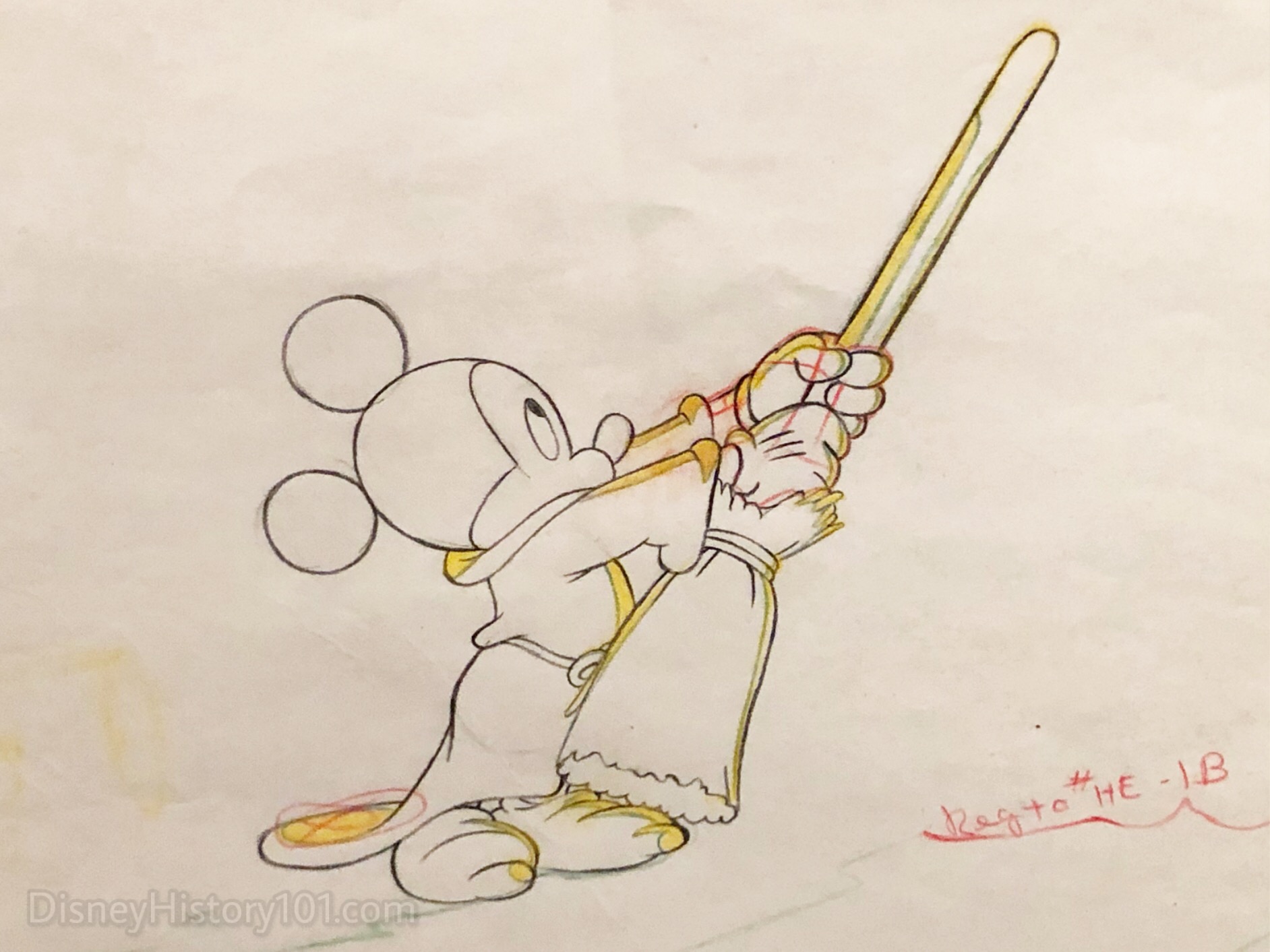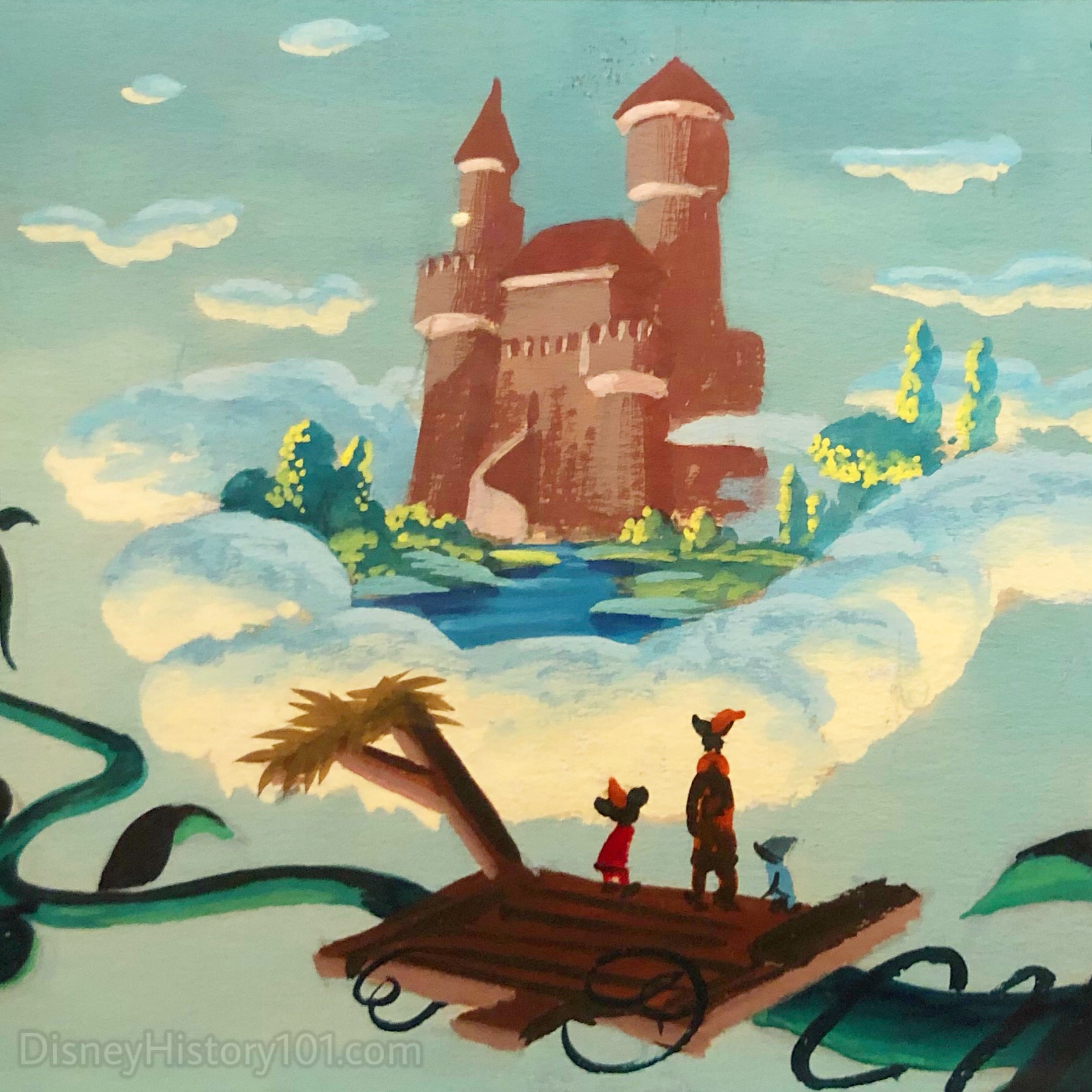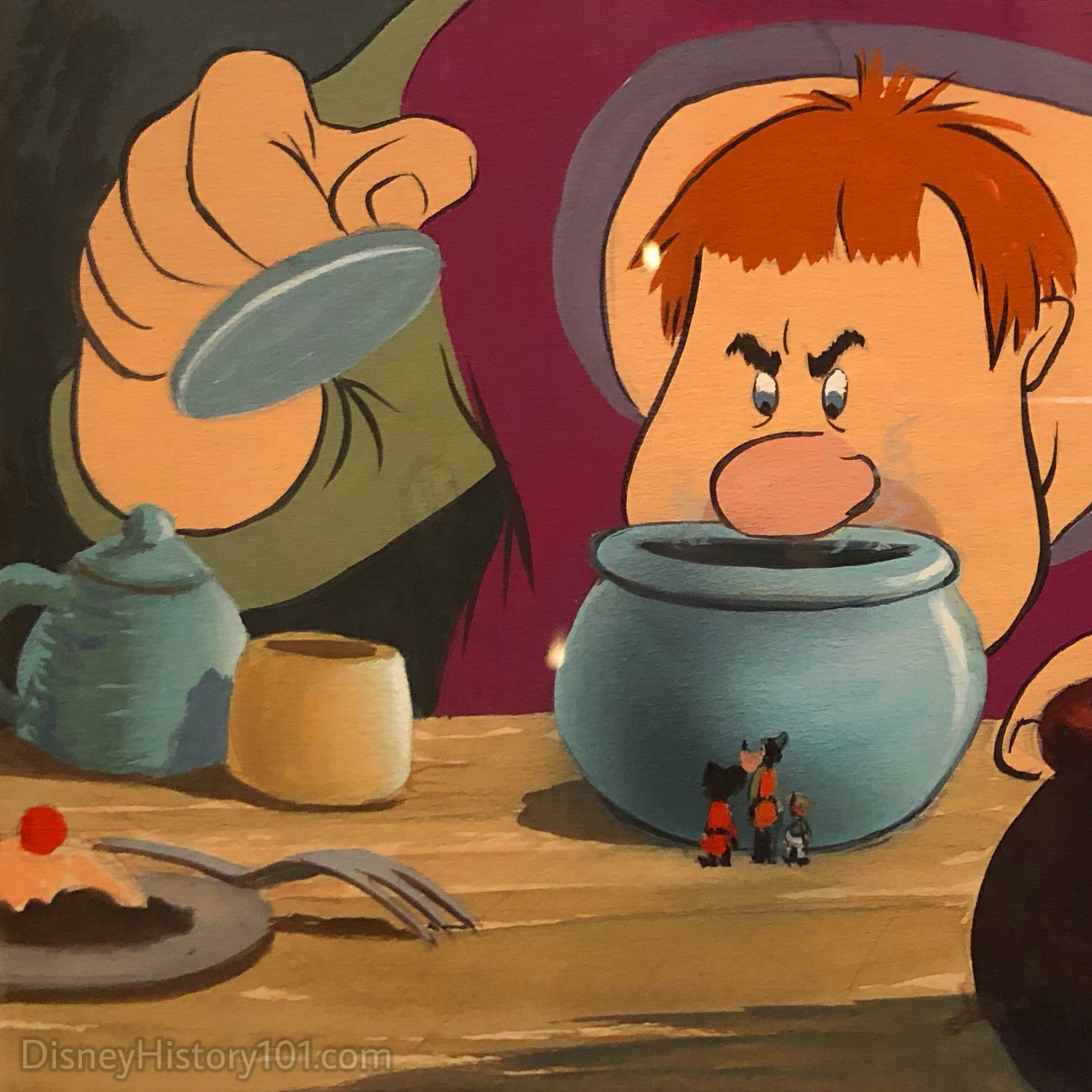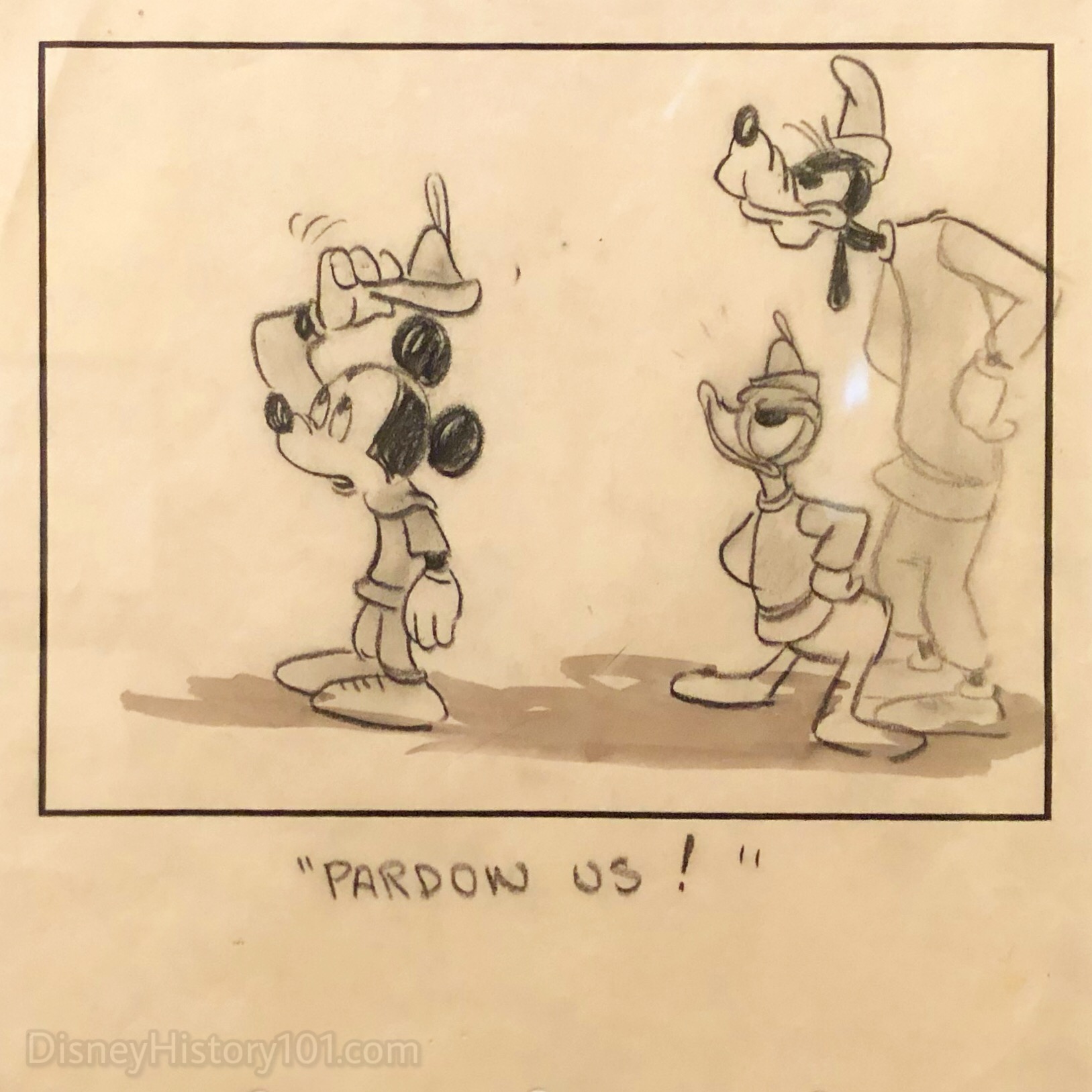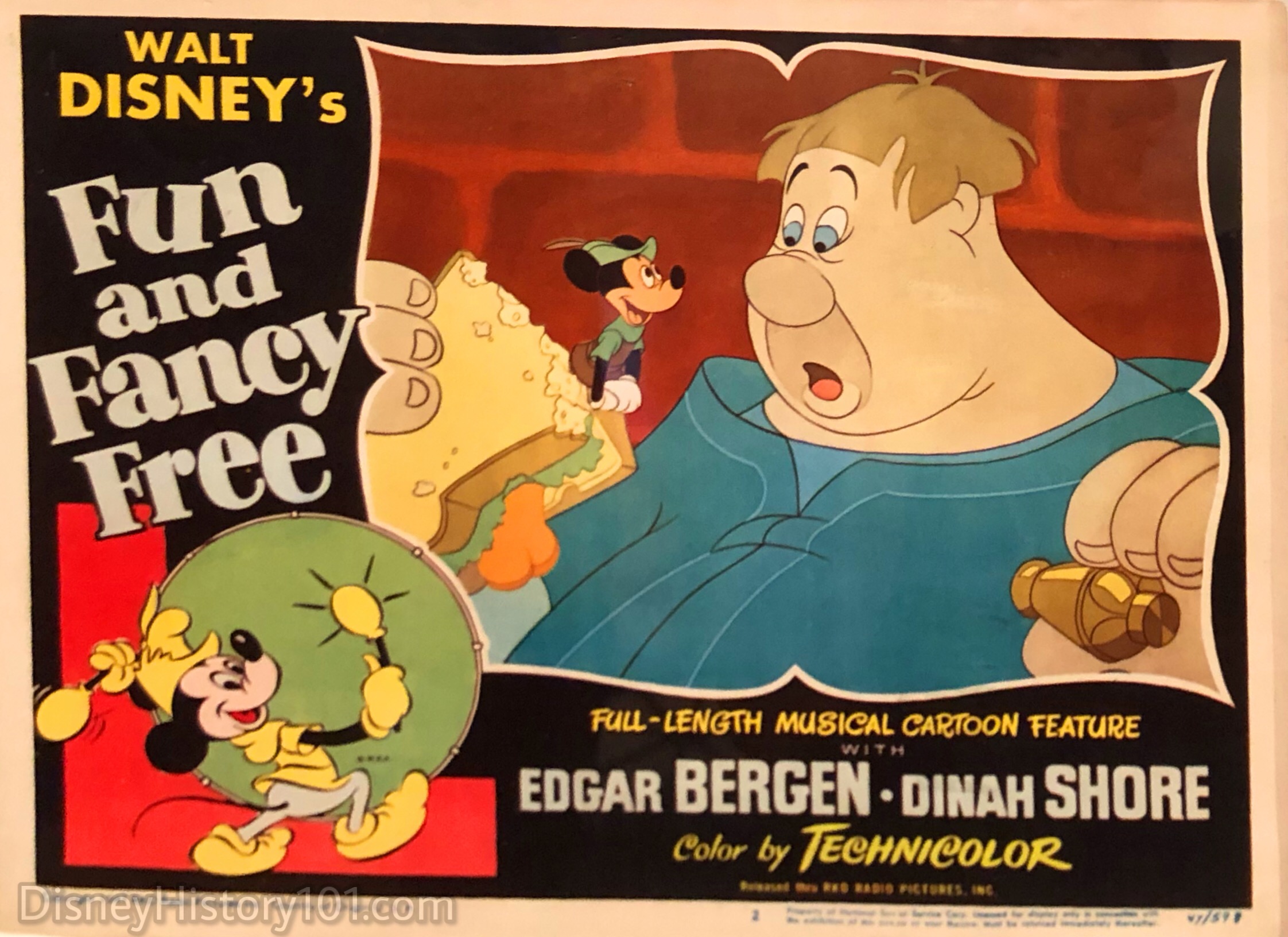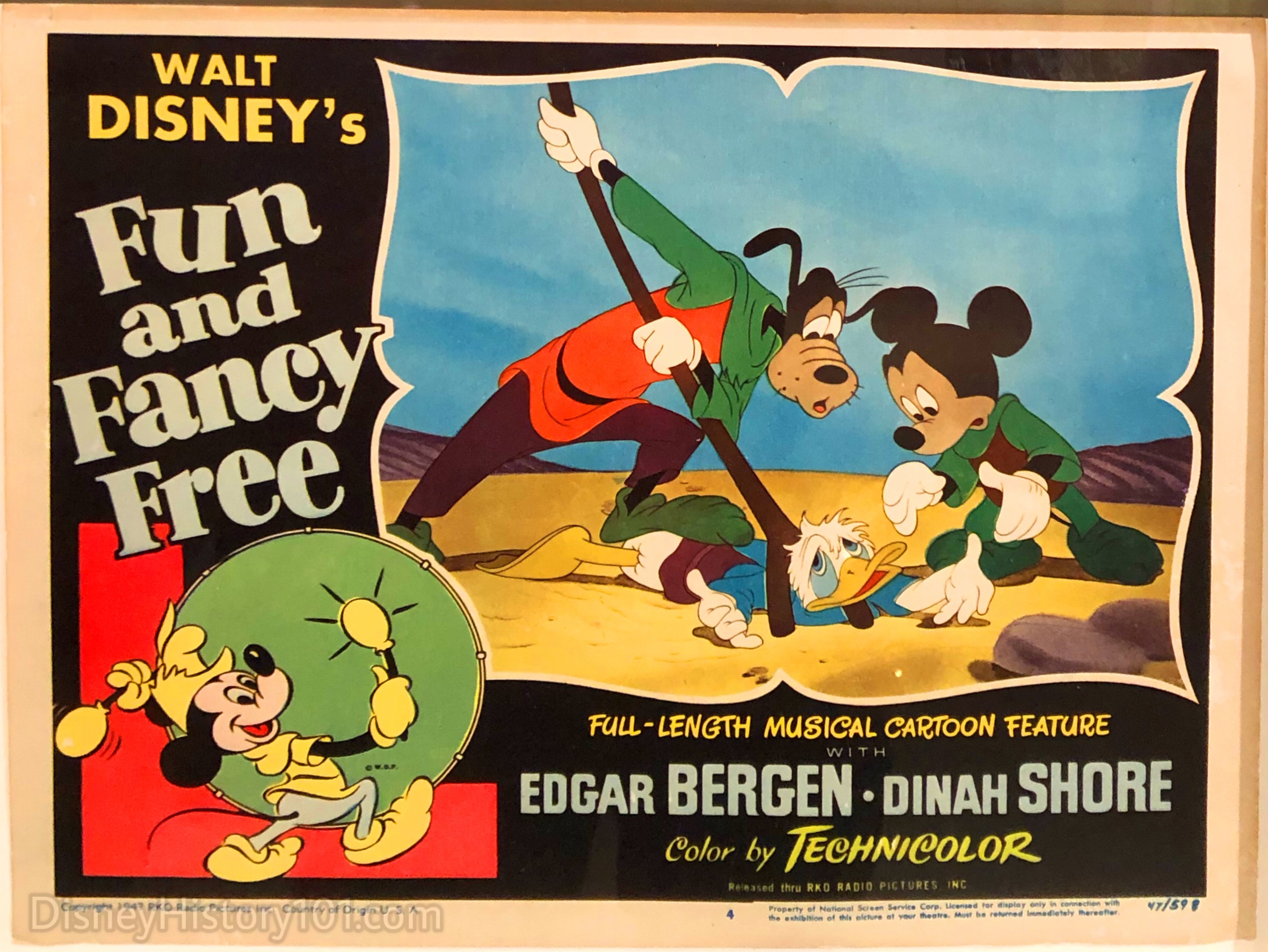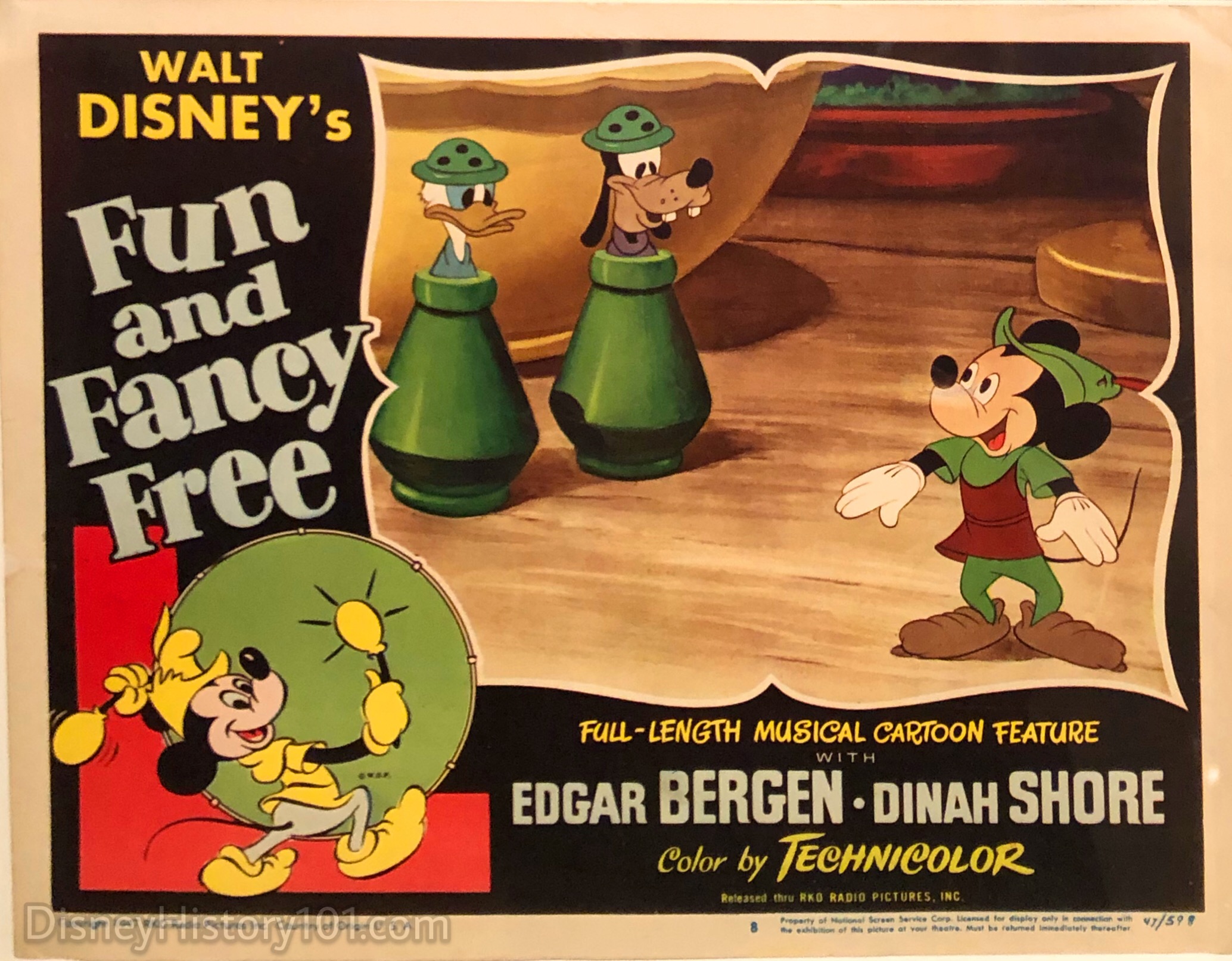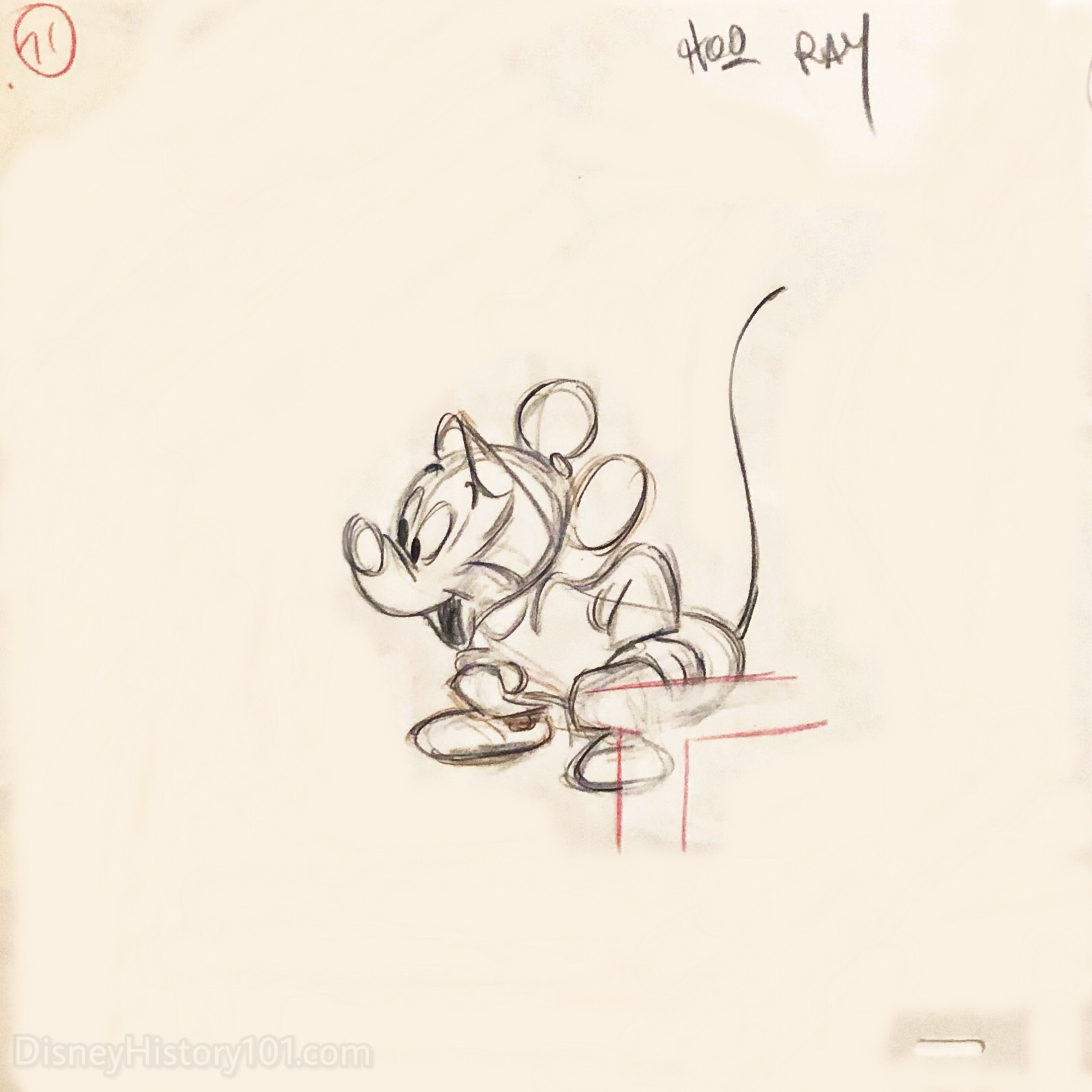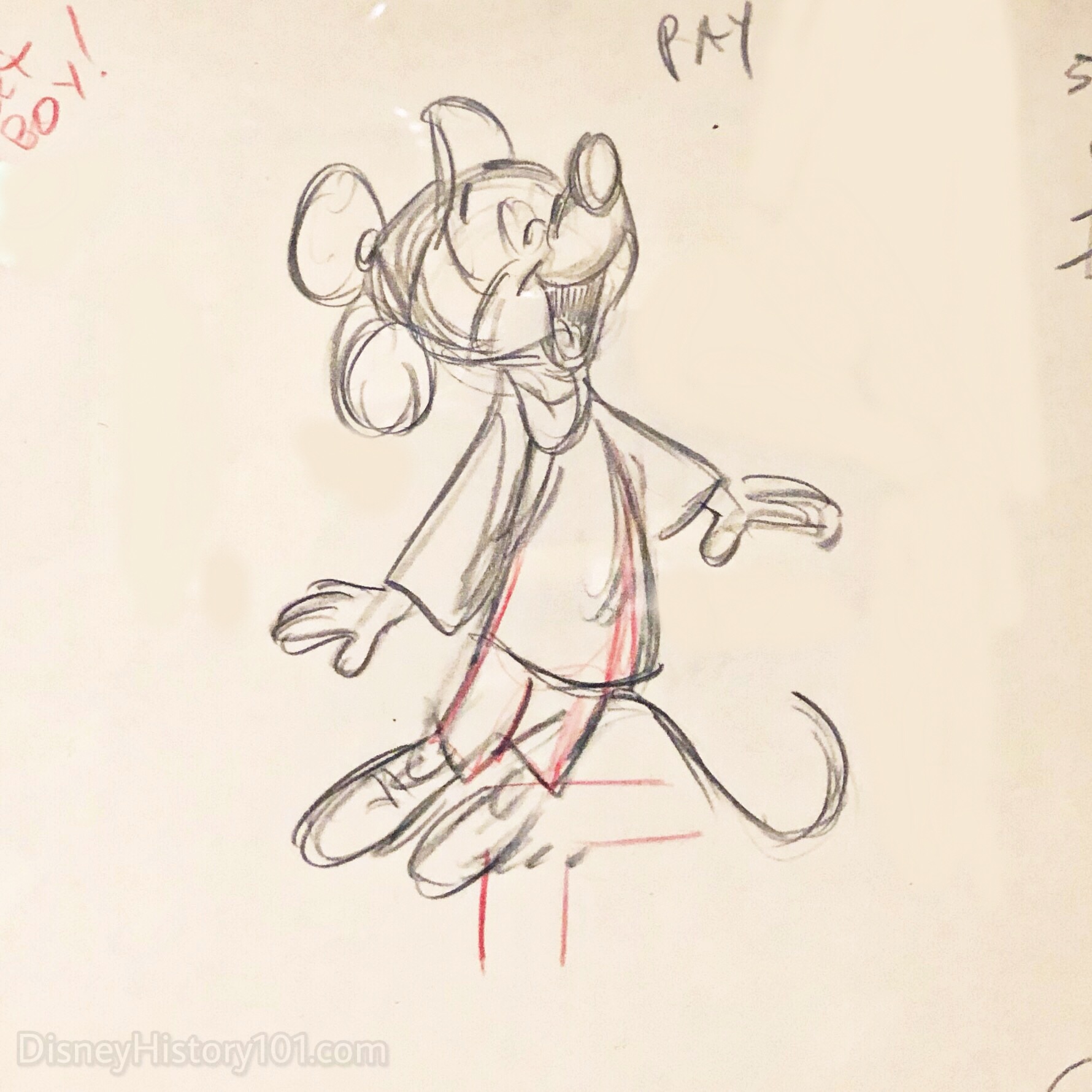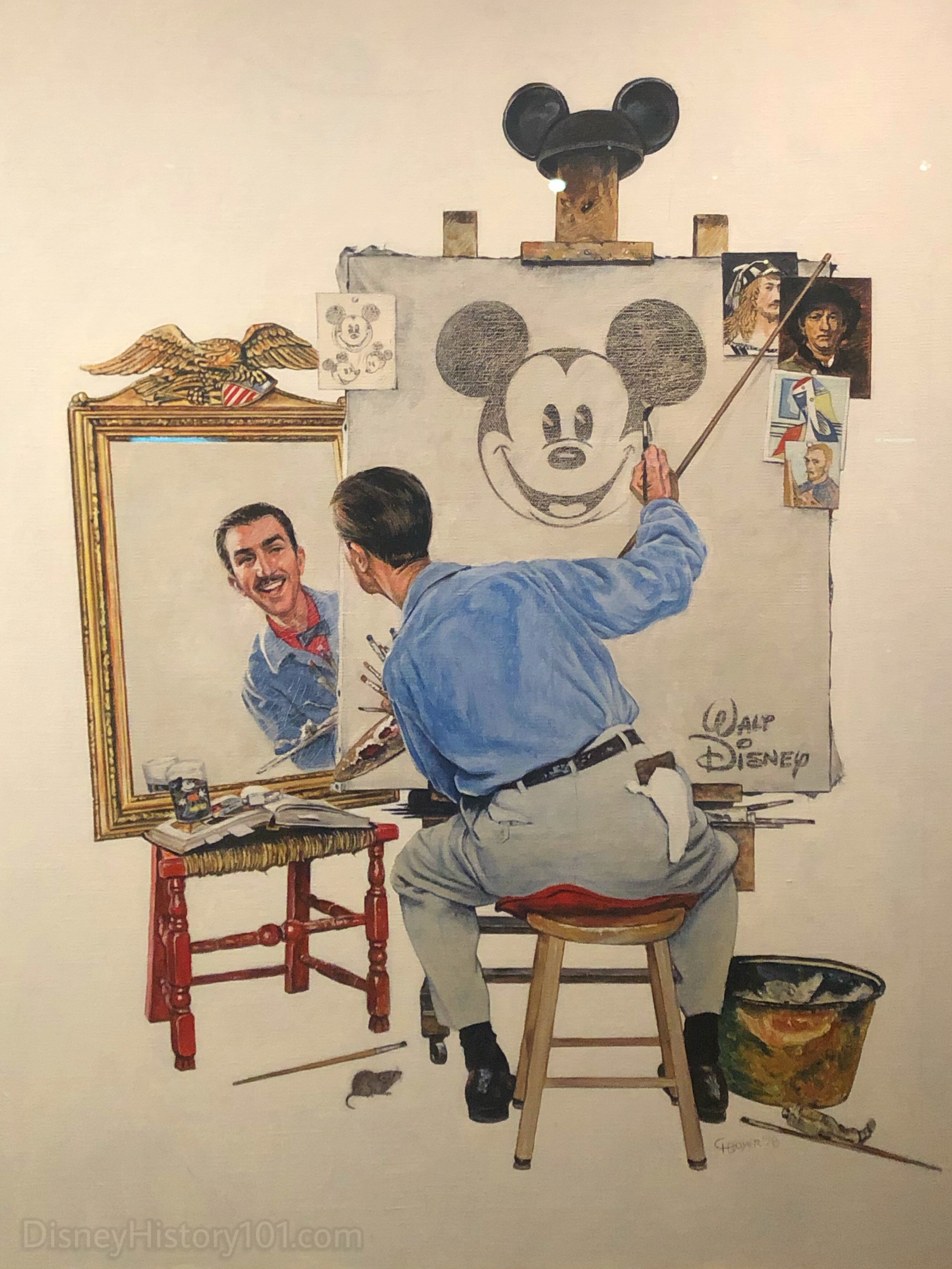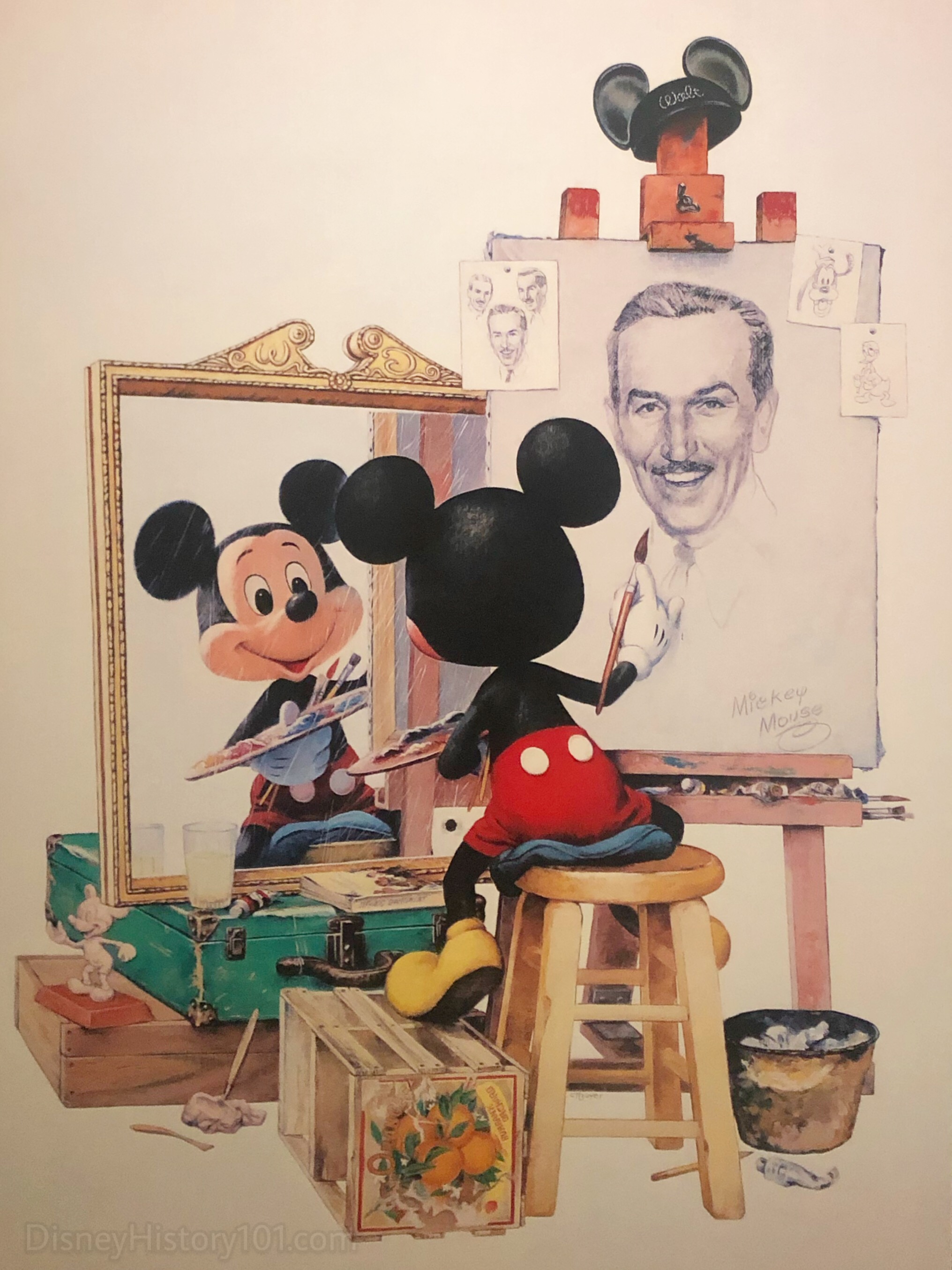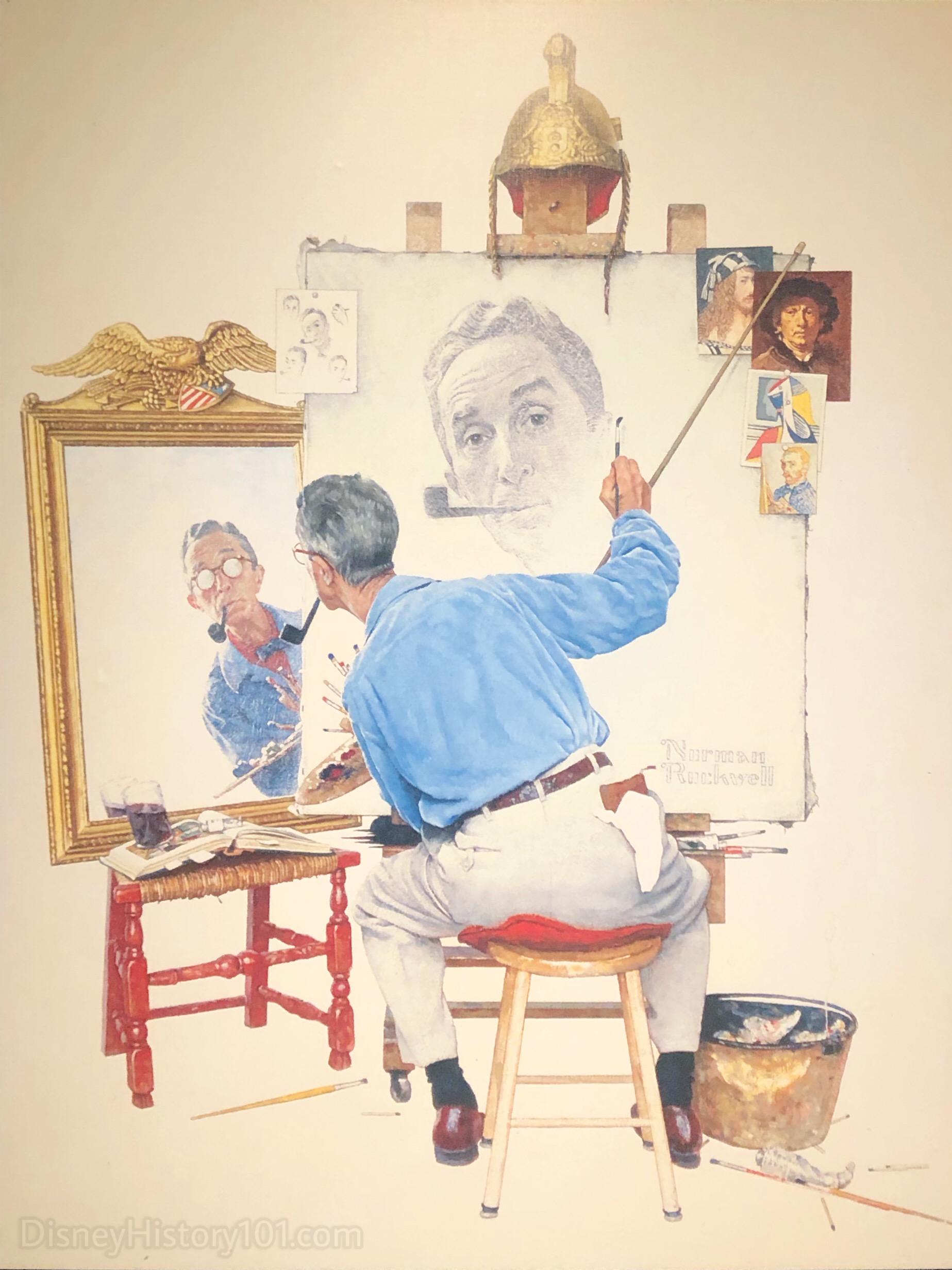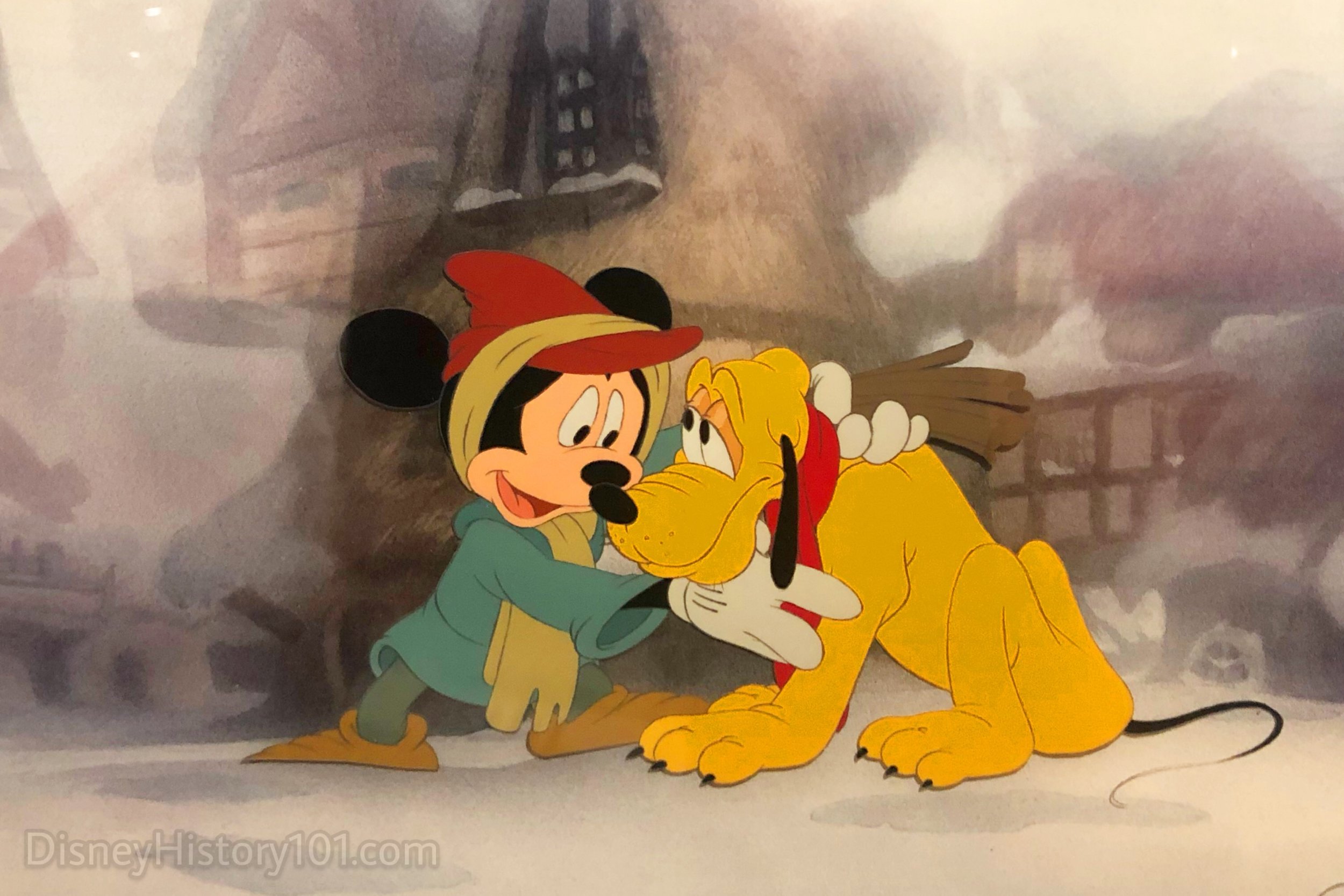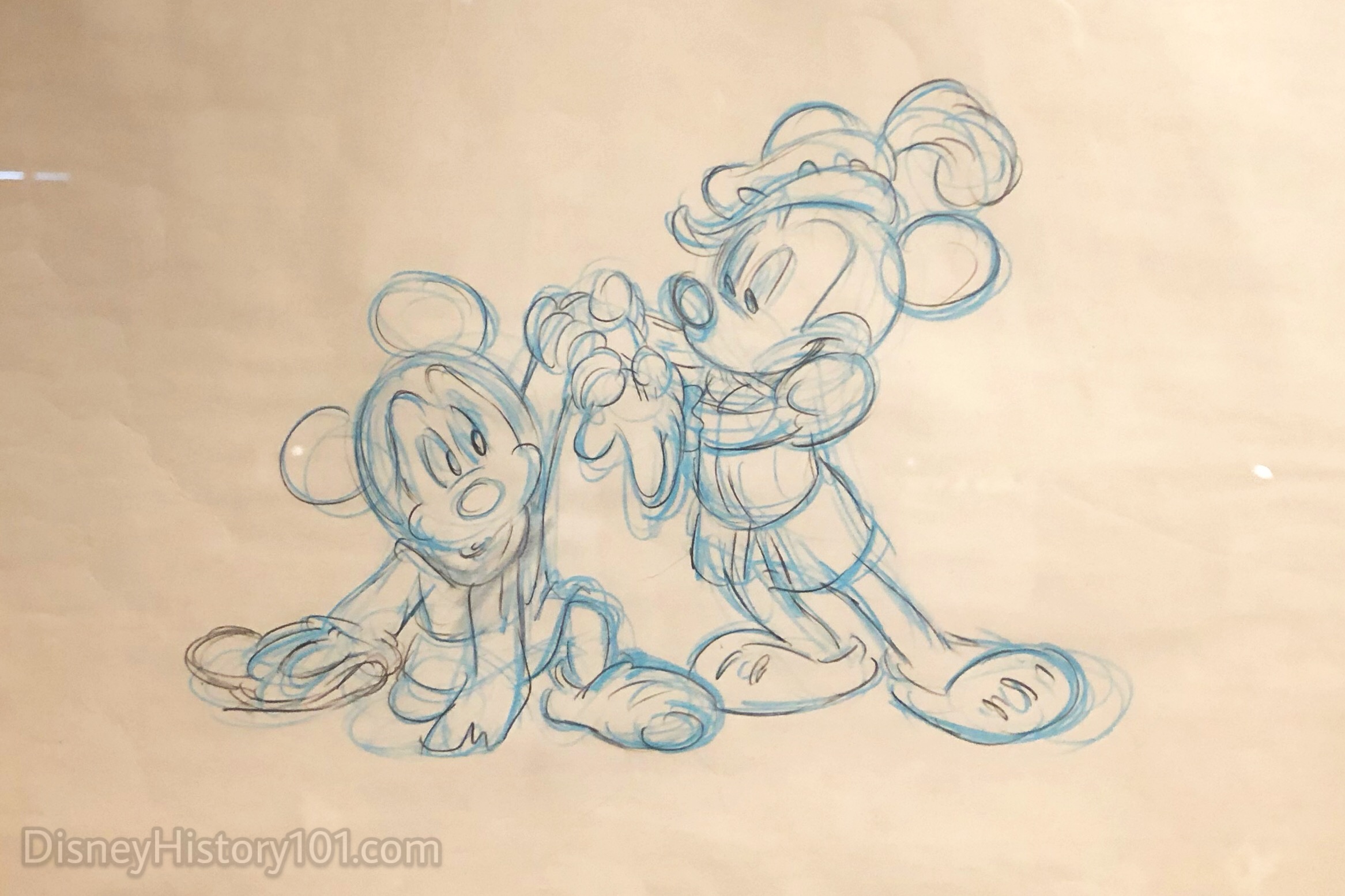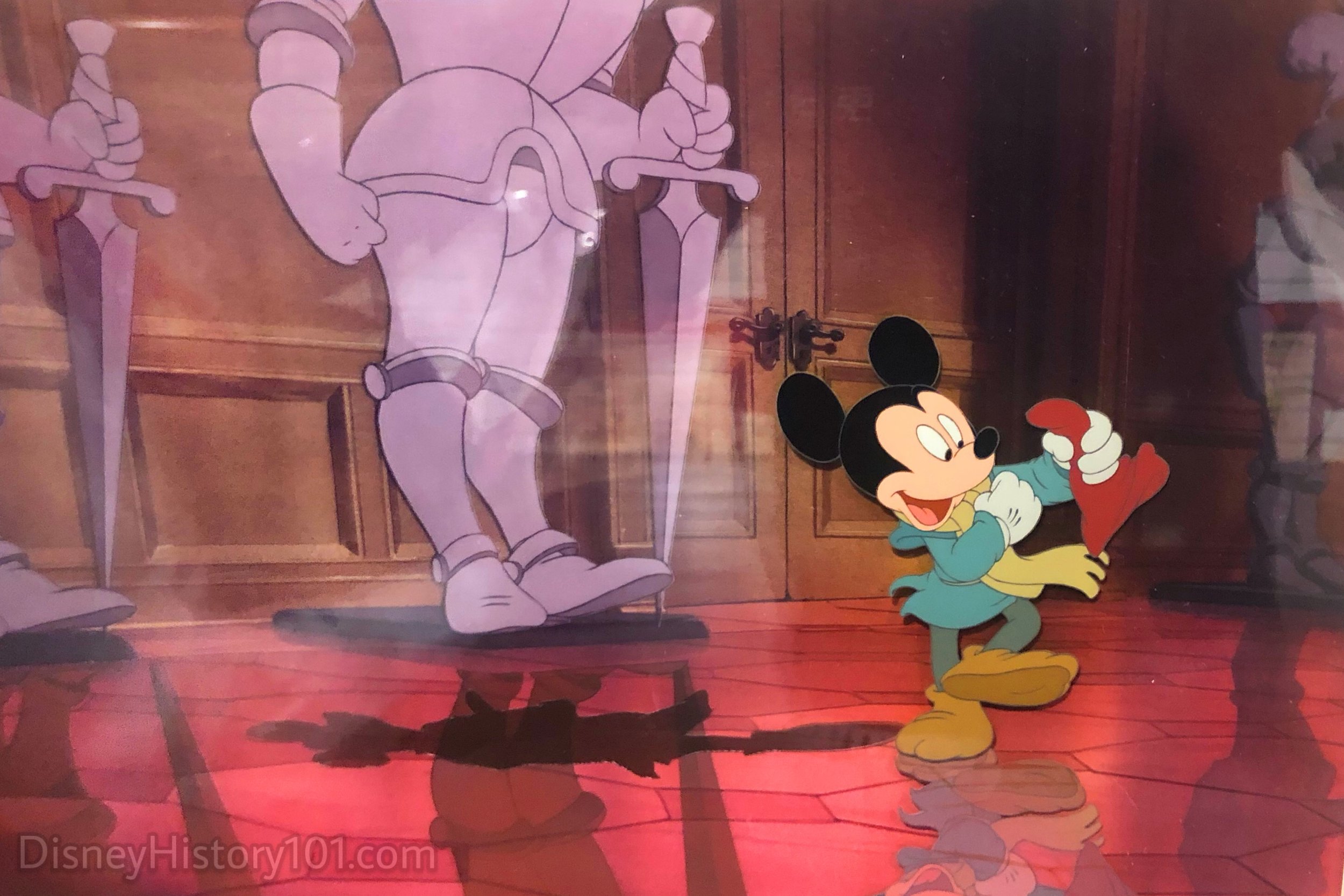“MICKEY MOUSE - FROM WALT TO THE WORLD”
May 16, 2019 - January 6, 2020
a Disney History 101 “Pre-View” with YOUR Field Guide Beth
Mickey’s 90th opened with celebrations in Disney Parks, Mickey True Original Exhibition, and an all-star television special. Now, we’ve enjoyed each of these unique tributes to the world’s most beloved mouse, but our favorite was unveiled at the Walt Disney Family Museum last Spring. The museum renowned for its faithful exhibition of the life of Walt Disney unwrapped a gigantic surprise in the form of “Mickey Mouse From Walt to the World”. The exhibit offers a retrospective that takes us through the life and times of Mickey Mouse, as well as the cultural impact that he has had on the world. Please step this way and see why “Mickey Mouse From Walt to the World” will be on your must see list until January of 2020!
Please, step this way - We just picked up your ticket at the Ticket Box.
Housed inside the Diane Disney Miller Exhibition Hall, “Mickey Mouse - From Walt to the World” is a collection of more than 400 items, curated by the legendary Andreas Deja and Michael Labrie! The exhibit is sectioned into several galleries that summarize Mickey’s distinctive trans-formative epochs through rarely seen artwork and artifacts from various collections. Rather than explore Mickey Mouse’s story as told through each gallery, we will take a chronological tour of his life, as seen through a selection of displayed artifacts.
“MICKEY MOUSE IN BLACK AND WHITE”
Mickey’s (& Minnie’s) theatrical debut Plane Crazy was initially tested May 15, 1928, but failed to “land” a distributor. It was shelved, but was later presented as Mickey’s 4th theatrical release on March 17, 1929. The duo shared a lot of screen time during their first adventure. Please, CLICK the following window to view two of the film’s original production drawings featuring Mickey and Minnie Mouse.
One of Mickey’s first (and most recognizable) films was Steamboat Willie (released November 18, 1928) - a loose parody of Buster Keaton’s “Steamboat Bill Jr.”. Walt Disney expressed great admiration for the actors of the silent-era, to the degree that some contemporaneous films were influential on the plots and gags of Mickey Mouse short films. The near-8-minute film was loaded with original visual gags too, but it is most known for being one of the first fully synchronized sound cartoons. The film also notably introduced the duo to Oswald’s old arch nemesis Pete for the very first time!
The Synchronized Sound process meant that music notes and beats were timed with the motions of Mickey and his cast of co-stars.
Props were also synchronized with sound.
Though Walt “voiced” Mickey Mouse in earlier shorts, it was The Karnival Kid (the ninth film, released May 23, 1929), in which Mickey Mouse spoke his first words - “Hot Dogs! Hot Dogs!” And he delivered those very lines in relation to the following prop, which has been perfectly preserved!
The scenery was painted in shades of grey - something that must be seen in person in order to be appreciated.
Mickey’s Follies (released August 28, 1929) Mickey and his barnyard pals put on a Ziegfeld Follies - inspired show, and Mickey sings his version of Minnie’s Yoo Hoo for the very first time! The studio employee who provided Mickey’s voice was uncredited. Here’s the clincher - to this day, no one knows who sang Minnie’s Yoo Hoo in this tenth Mickey Mouse short film.
The theme song from Mickey’s Follies was so popular, that “Minnie’s Yoo Hoo!” (by Carl W. Stalling) was released in song sheet form. Fans of the popular tune could now play the catchy tune on their own piano!
Speaking of pianos, The Jazz Fool (released October 15th, 1929) further tests the ability of Walt Disney’s staff, to synchronize actions of an animated character with audible sound. In this short film, Mickey performs a piano solo to prove their talent!
After much analysis, this drawing has been attributed to The Jazz Fool, 1929.
The following section features story scenes from the gag-driven Jungle Rhythm (released November 15, 1929). Similar to Steamboat Willie, the animals provided the some of rhythms as the instruments, while other animals enjoyed the sounds from the audience.
When Mickey Mania swept the world during the 1930s, some pretty interesting Mickey Mouse merchandise began to go into production. Twenty-five years before Mickey Mouse’s image would become synonymous with Walt Disney’s first theme park, this colorful (and unusual) five-fingered Mickey Mouse figure pulled a rickshaw chariot on children’s carousels, c. 1930 . Please CLICK the following window and feel free to browse a collection of close-ups of this unique wood and metal sculpt by the Henri De Vos Company (1925 - 1960).
The Castaway (released April 6, 1931) has a similar rhythm to Jungle Rhythm (released more than a year prior). There is a musical sequence where (you guessed it!) Mickey attempts to play the piano. Theatergoers clearly hadn’t had enough of their favorite animated character’s concertos!
Mickey’s Orphans (released December 9, 1931) may not be so well-known today, but it was nominated for an academy award in 1932 (the very first year that the Academy Awards were held). This seems marvelous, considering that it was a remake of an Oswald the Lucky Rabbit cartoon (produced in 1927). Mickey’s Orphan’s didn’t win the award, losing to another Walt Disney Studio production - Flowers and Trees (Walt Disney’s first color film)!
Speaking of remakes, “Building a Building” (1933) was also a remake of an Oswald the Lucky Rabbit short. It too was nominated for an Academy Award (the second Mickey Mouse short to be nominated for an Oscar). This film didn’t win an award, losing to another Walt Disney production - The Three Little Pigs!
“Building a Building” Production Cel 1932
You’re looking at a publicity drawing concept for a poster for The Klondike Kid (released November 12, 1932).
Ye Olden Days (released April 8, 1933) was an eight minute short film based loosely on Ivanhoe by Sir Walter Scott. This wasn’t the first time that Mickey spoofed works of literature. The large, elaborate backgrounds are of particular note.
“Ye Olde” Credits!
The Mail Pilot (released June 13, 1933) was so popular, that a comic strip was produced to coincide with the short’s release. It was published in newspapers from February 27th to June 2nd.
Mickey’s Steamroller (released June 16, 1934) was a seven minute short film which featured nephews Morty and Ferdie (as a duo) for the first time.
Mickey’s Steamroller (1934)
The Dognapper (November 17, 1934) teamed Mickey Mouse with his pal Donald Duck for the second three black and white short films. The lengthy backgrounds were highly detailed and featured plenty of props for the characters to interact with.
“MICKEY MOUSE IN COLOR”
The Band Concert (February 23, 1935) was the 73rd Mickey Mouse short film, and the first Mickey Mouse short to be produced in color (3-Strip Technicolor, at that)! This film had a popular overture, and is so memorable that it has influenced countless collectibles and and even theme park attractions and elements!
Even color shorts begin as graphite and colored pencil story sketches!
Mickey’s Service Station (released March 16, 1935) was the first Mickey Mouse short film to feature Mickey Mouse, Goofy, and Donald as a comedy trio. The film pit them against a familiar foe - Peg Leg Pete!
Mickey gets into some “wheel” trouble while checking Pete’s tires in these clean-up animation drawings created for the production. Please CLICK the following window and browse a few of the drawings!
Though Mickey had been featured in color, he would appear in one more black-and-white short - Mickey’s Kangaroo (released April 13, 1935). Mickey wouldn’t appear in black-and-white again, until Get A Horse (2013).
Mickey’s Fire Brigade (August 3, 1935) had plenty of action and gags, under the direction of Ben Sharpsteen!
Mickey’s Fire Brigade cel set-up (1935)
Ink and paint on cel and gouache on paper
Courtesy of Mike and Jeanne Glad, Disney, IL2018.22.5
Beginning in 1932, Herman “Kay” Kamen entered into a contractual agreement to monetize Mickey Mouse’s image. Kay Kamen is most credited for the Mickey Mouse watch produced by Ingersoll-Waterbury. In addition to merchandise, the likeness of Mickey Mouse and friends were licensed to create displays to draw customers into movie theaters and stores. This AMAZINGLY huge Kamen Limited department store window display (c. 1935) hails all the way from England. It is crafted from papier-mâché, wood, and metal alloys. It also features electrical components that once animated Mickey, Minnie, and best friends embarking on a country ride to London! (Collection of the Walt Disney Family Foundation)
Mickey’s face was everywhere! Our next item was called “shear fun”, with “Mickey capers, cutting papers” - “Mickey Mouse Cut - Out Scissors” (c. 1937). We just don’t endorse running with them!
Charlie Chaplin (Mickey’s inspiration) advised Walt Disney when he was advertising and selling his first feature length theatrical film, Snow White and the Seven Dwarves. In this 1938 letter, Walt expresses sincere gratitude to his friend.
Our next gallery features rough and clean-up animation production drawings of Mickey Mouse created for the Sorcerer’s Apprentice (1940). Please CLICK the following window and see if you can tell which ones were drawn by Fred Moore, Vladmir “Bill” Tytla, Preston Blair, and Riley Thompson.
During the 1940s, Mickey was falling in popularity. To remedy this, he was included in “package films” Fantasia, and Fun and Fancy Free. The Mickey and the Beanstalk segment from the package film Fun and Fancy Free (released September 27, 1947) featured Mickey’s modern post-Fantasia look. This film also bears the distinction of being the last film that Walt Disney provided the voice for Mickey Mouse!
Lobby cards were commonplace during the 1940s, and several were produced for Fun and Fancy Free".
Fred Moore is one of our favorite Mickey Mouse artists, and largely credited for Mickey Mouse’s new look in Fantasia, and subsequent shorts. His Mickey was just so soft, and personable. Just looking over these “Pluto Plays Football” (1952) production drawings (featuring Fred Moore’s Mickey Mouse) makes us wonder what may have been. This may have been one of Fred Moore’s last Mickey Mouse pitches, as he passed in an untimely death on November 23, 1952.
If you’ve visited a merchandise store in a Disney Park, then you may be familiar with the three-dimensional representation of “Walt Disney Self-Portrait”! The original piece was produced in 1978 by Charles Boyer. Did you know that Charles produced a follow-up entitled “Mickey Self-Portrait” (c.1989)? Both works of art were inspired by Norman Rockwell’s Triple Self-Portrait (1959), which graced the cover of the Saturday Evening Post on February 13th, 1960.
Charles Schultz grew up watching Mickey Mouse short films in theaters. He was so inspired by Mickey and contemporary characters, to create a timeless cast of his own. His Peanuts Sunday strips first appeared during October of 1950. Thirty years after his debut, the “Flying Ace” Snoopy joins Mickey to take down the Red Baron, but it wasn’t on the big screen. It all happened in this watercolor tribute by Charles M. Schultz, circa 1980s!
“Flying Ace Snoopy and Mickey Mouse”, Watercolor on lithograph, courtesy of the Charles M. Schultz Museum & Research Center, Santa Rosa, CA ©️ Peanuts Worldwide LLC
Mickey’s Christmas Carol (October 20, 1983) returns to the big screen in thirty years. As before, he returns for an adaptation of literature Charles Dicken’s A Christmas Carol. The film would also be nominated for an Academy Award for Best Short Film in 1984.
Mickey wasn’t through (though it would be a few years before we saw him on the big screen again). The Prince and the Pauper (released November 16, 1990) was a beautiful labor of love, as it is the last ink-and-painted film to be produced by Walt Disney Studios!
Get a Horse! (released June 11, 2013) had many distinctions - the first Walt Disney Studios film to be directed by a woman, the first appearance of Oswald the Lucky Rabbit in a Walt Disney production in more than 85 years, the first Mickey Mouse short to feature the voice of Walt Disney since 1947! Just look at an example of the hand-drawn artwork below.
Get A Horse, 2013
With a brand new Mickey Mouse themed attraction headed to Disney Parks, and Mickey Mouse media headed to Disney+, there are still so many ways to celebrate Mickey’s 91st! But, you’ll surely want to make plans to visit “Mickey Mouse : From Walt to the World” - a never-to-be-repeated extensive collection on exhibition at the Walt Disney Family Museum. There is so much more to discover, among the artifacts that range from Disneyland and the Mickey Mouse Club, to influential pop art! Don’t forget to allow time to try your hand at drawing Mickey Mouse on your very own souvenir model sheet, compare the “voices of Mickey” in an interactive display, and watch an assortment of Mickey Mouse shorts in the gallery’s theater. Please, step this way (quickly), and visit “Mickey Mouse : From Walt to the World” until February 17, 2020!
Text
HOURS
10 - 6 Daily
(except Tuesdays, Thanksgiving Day, and December 25th)
ADMISSION
Adult Admission ranges from $15 (stand alone Exhibition) to $35 (combination Museum & Exhibition ticket), Youth tickets (ages 6 - 17) range from $5 (stand alone Exhibition ticket) to $20 (combination Museum & Exhibition ticket)
Please step this way from May 16, 2019 to January 6, 2020!
